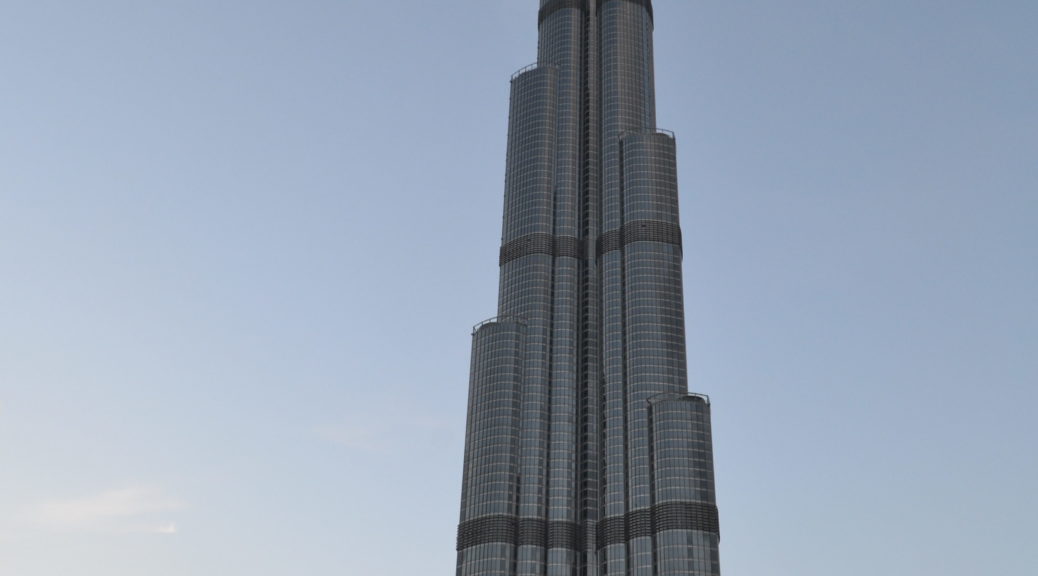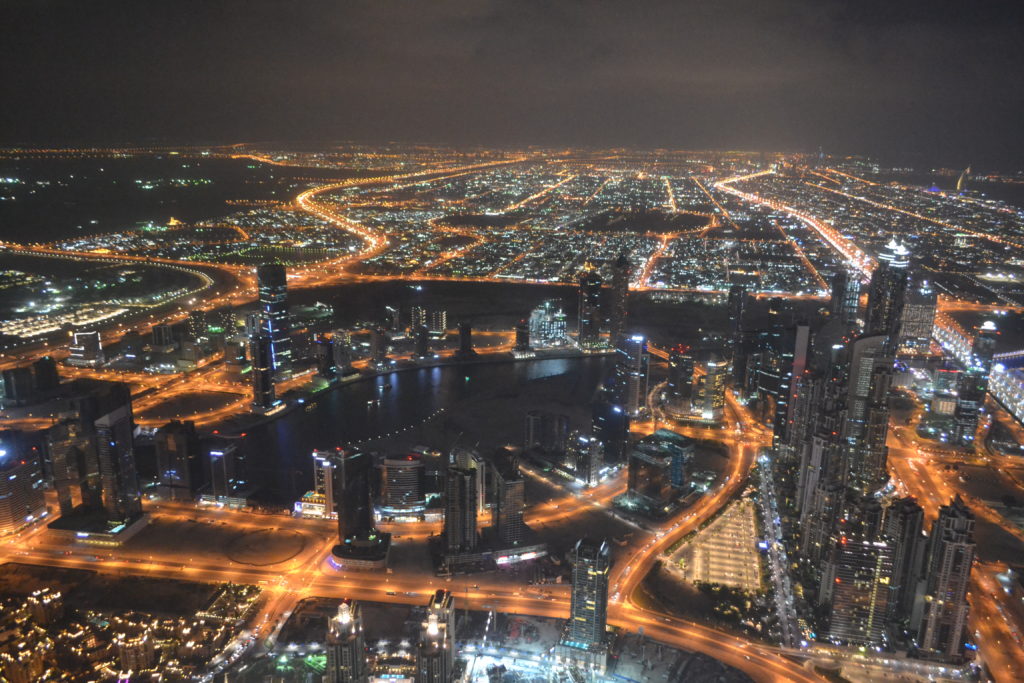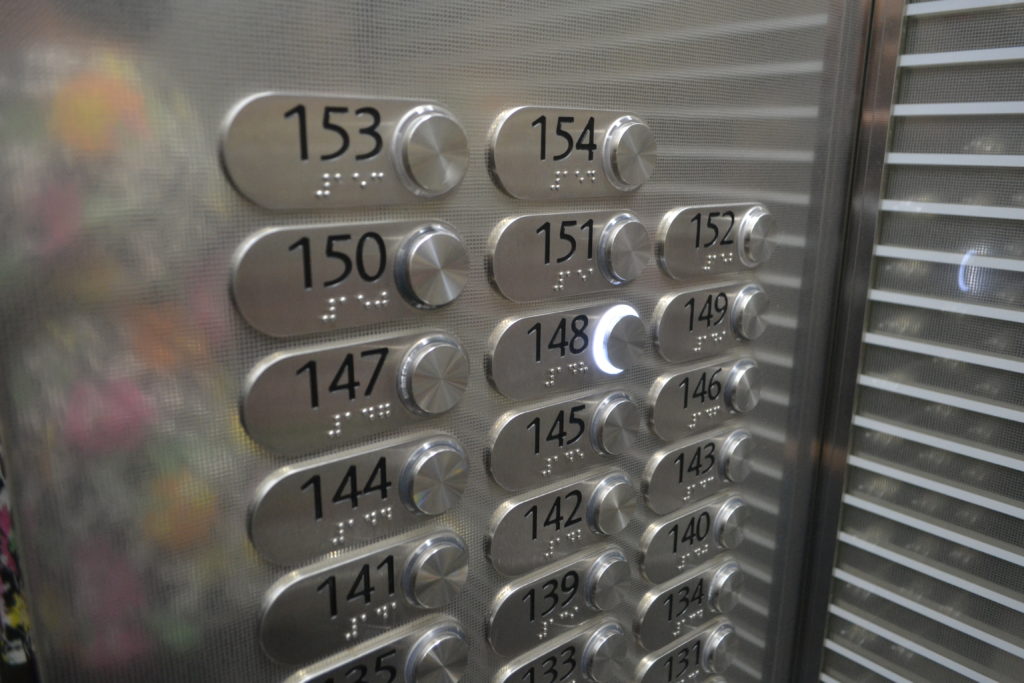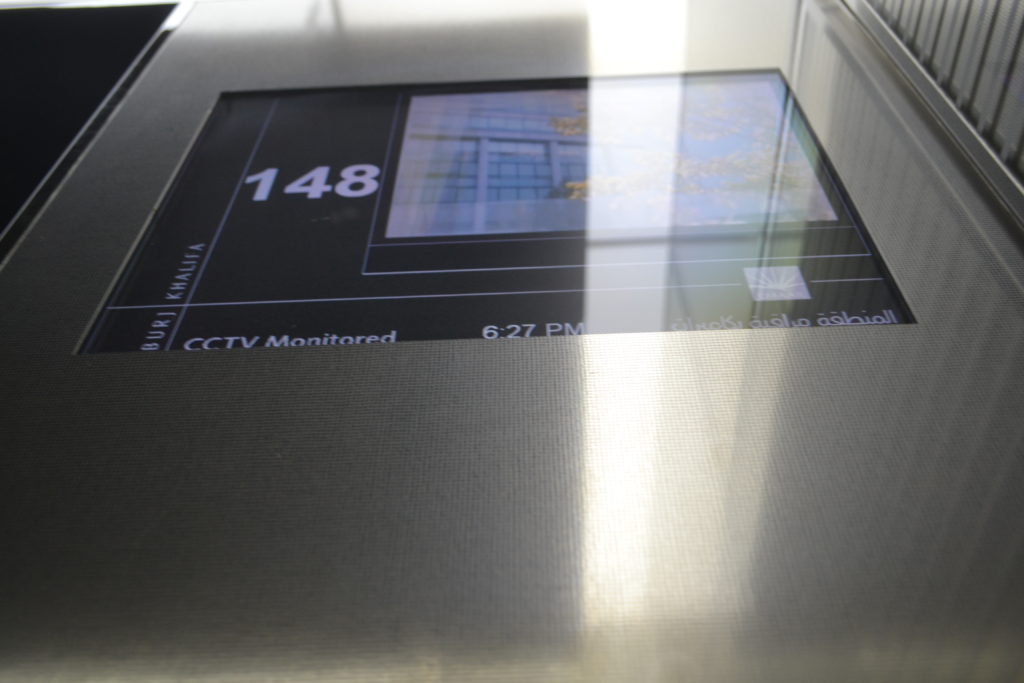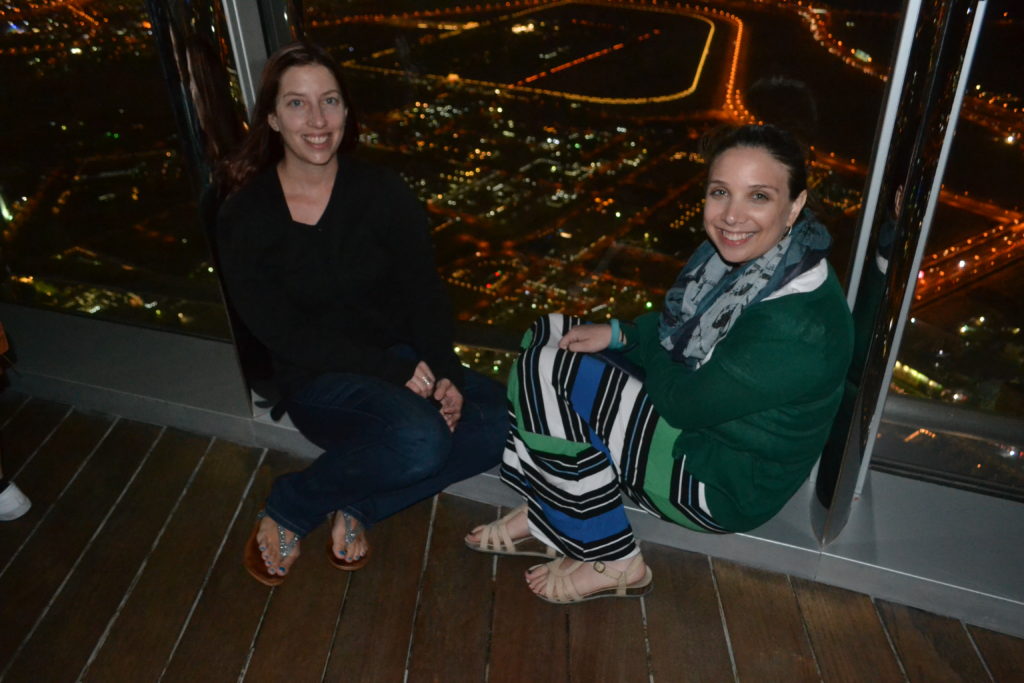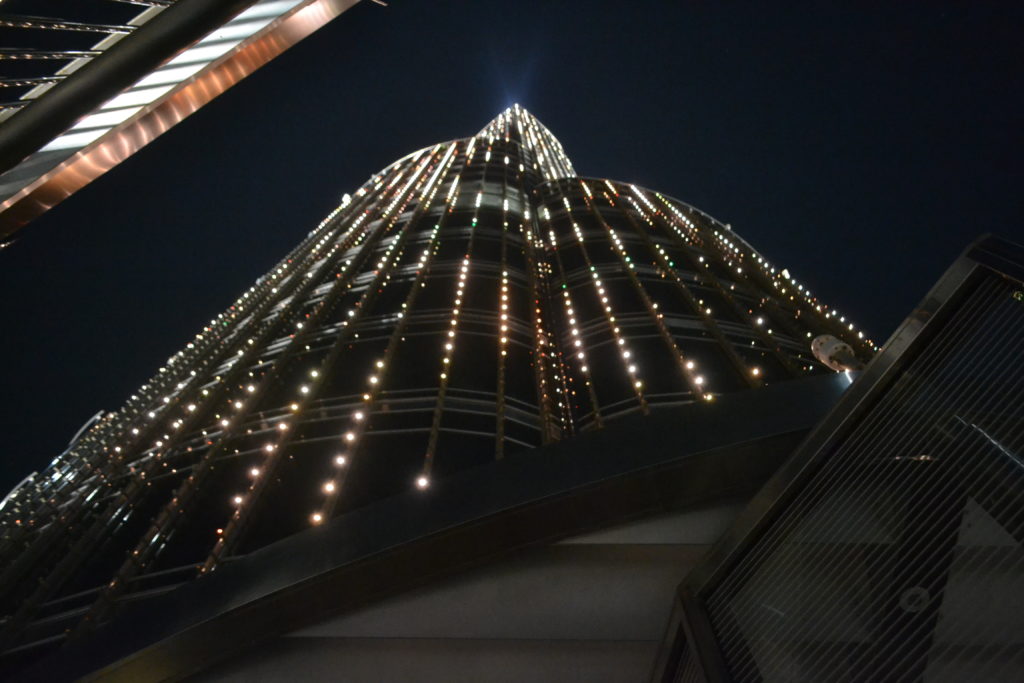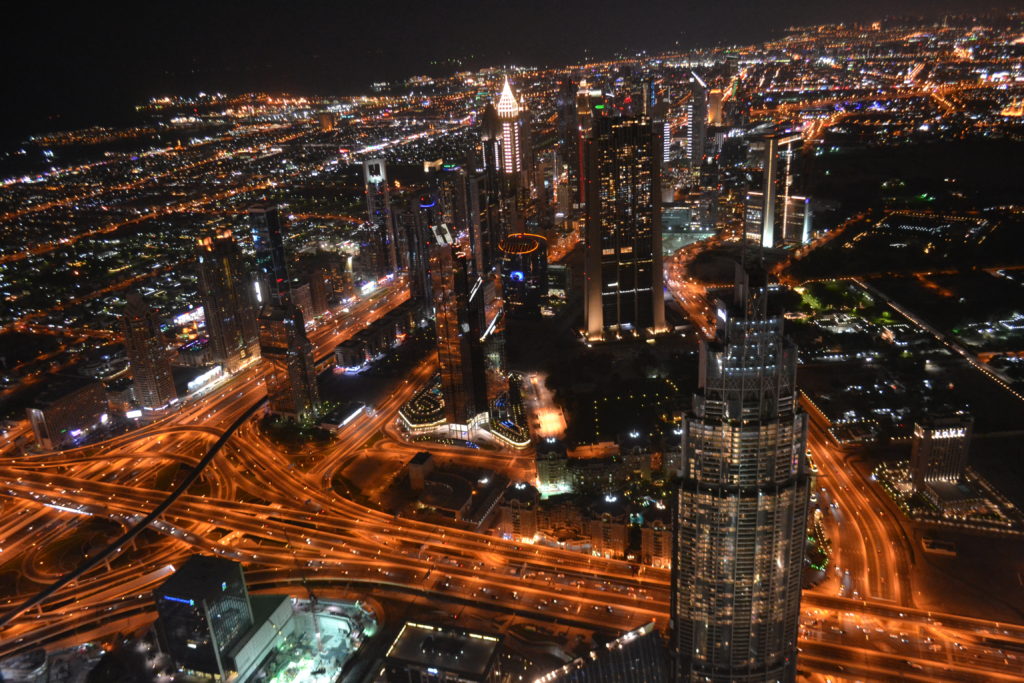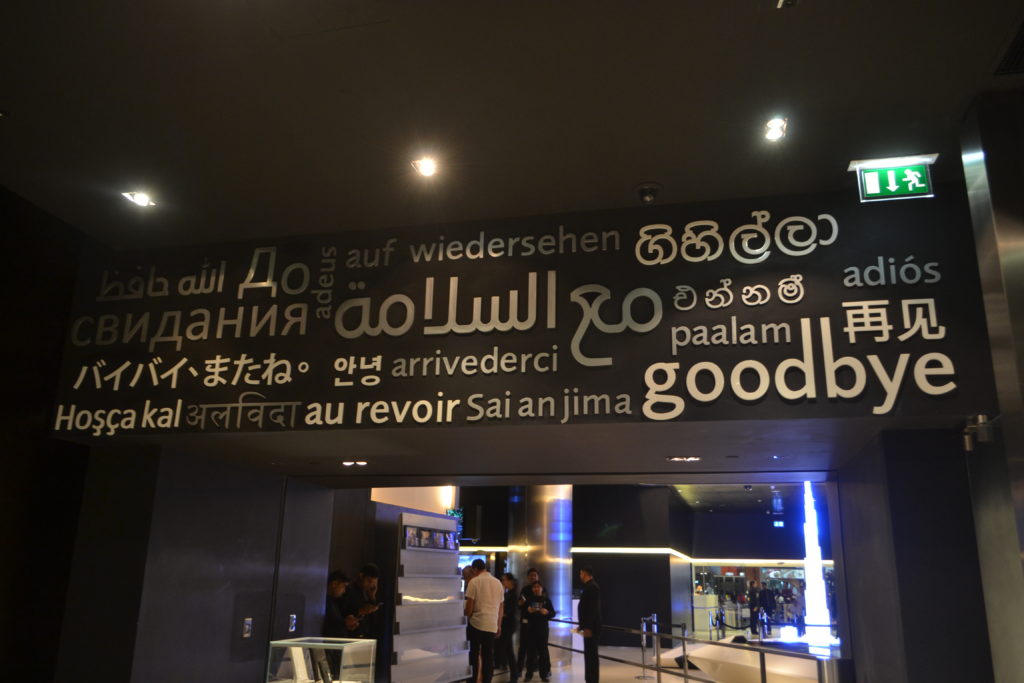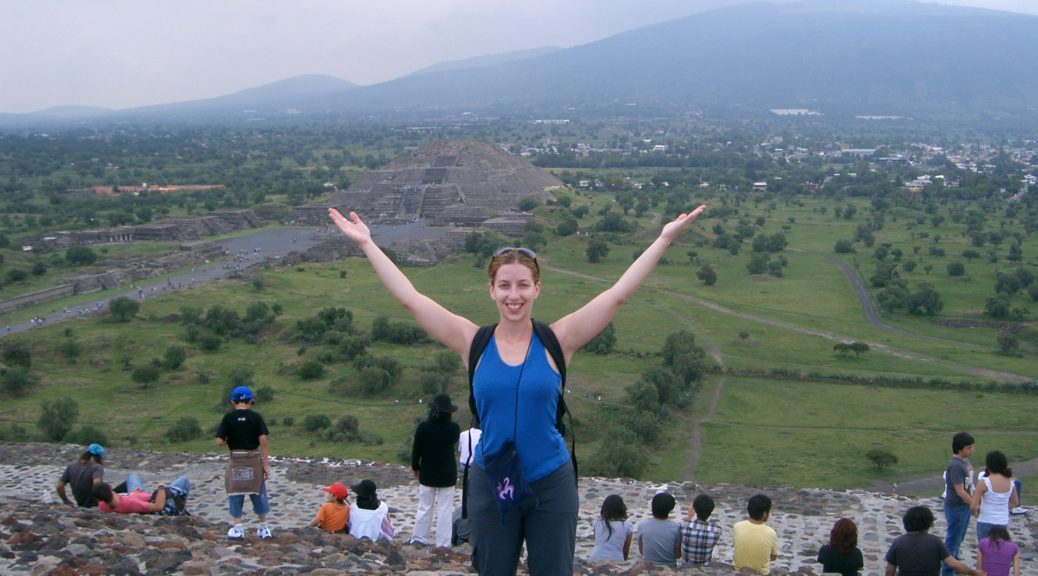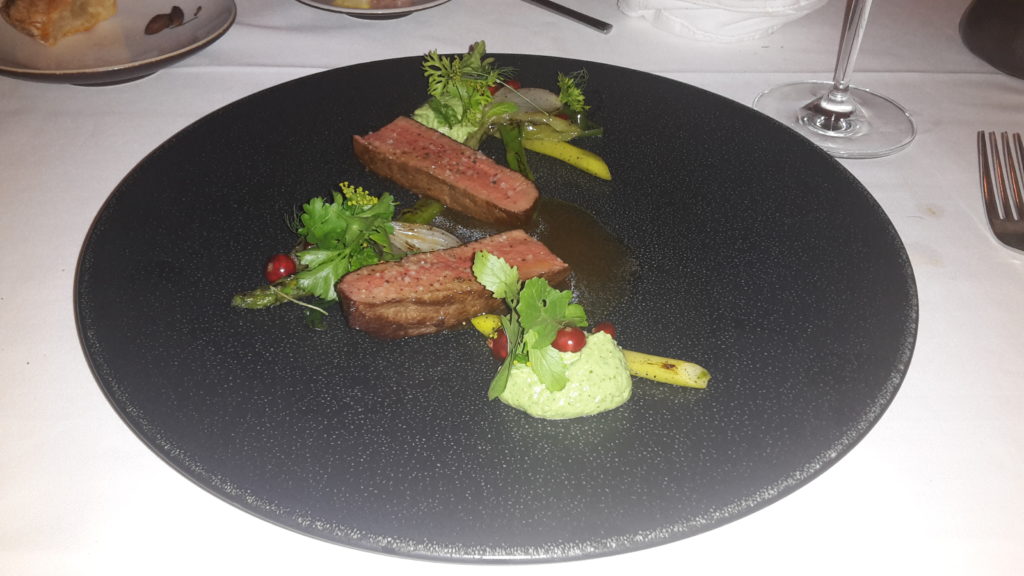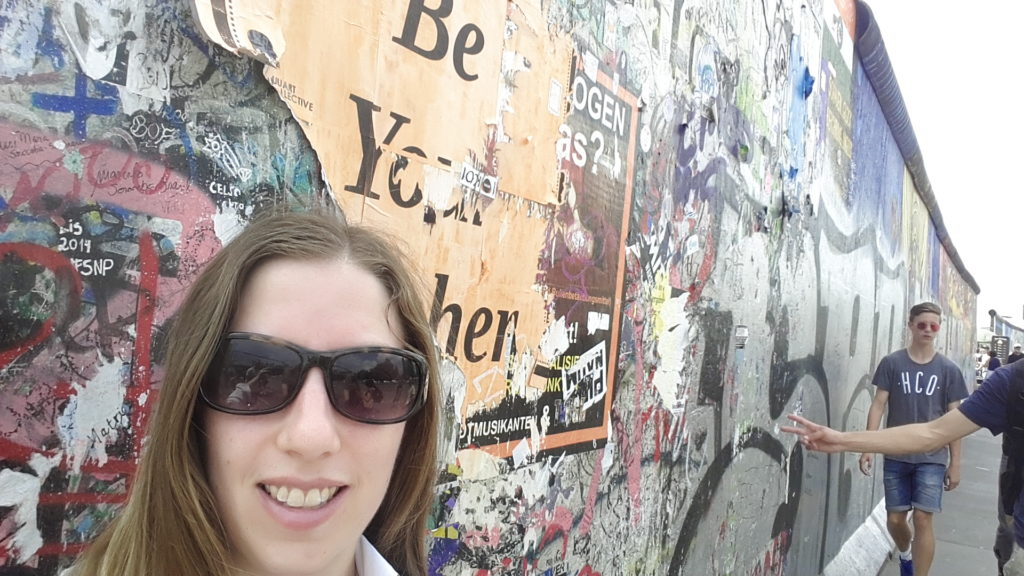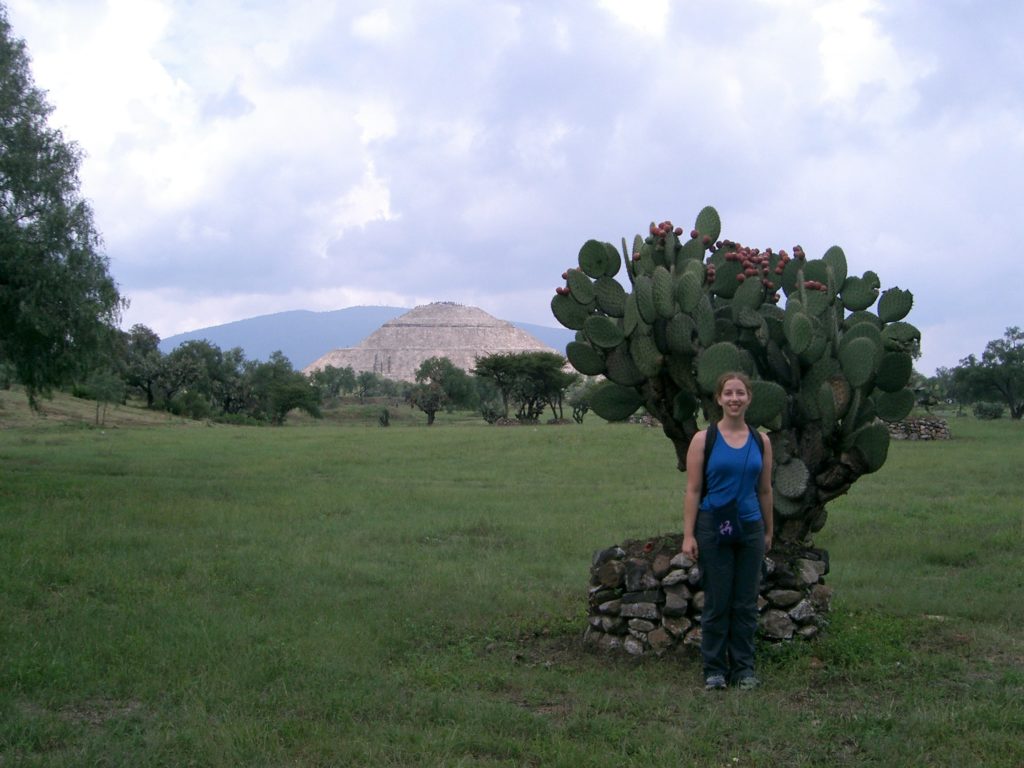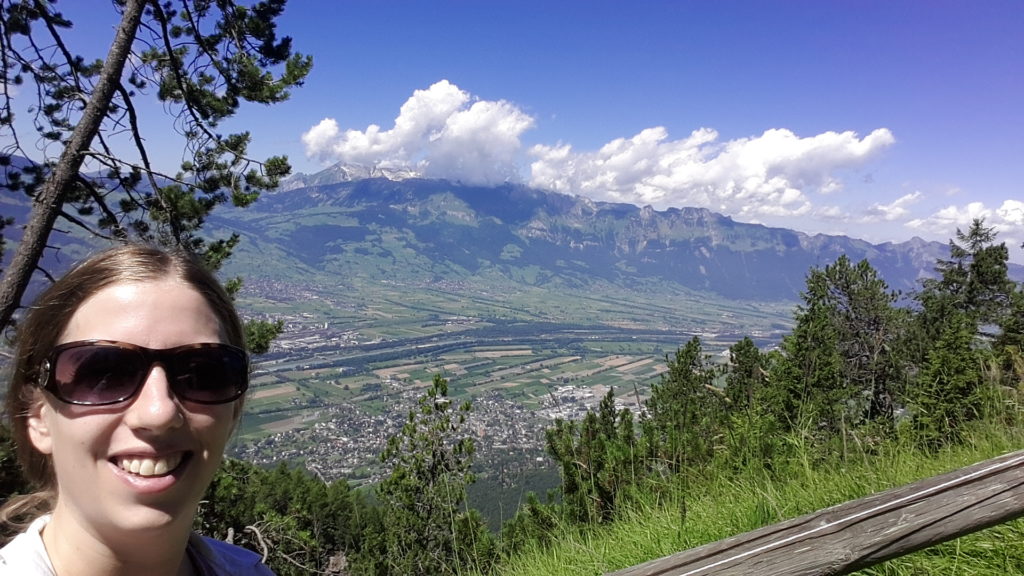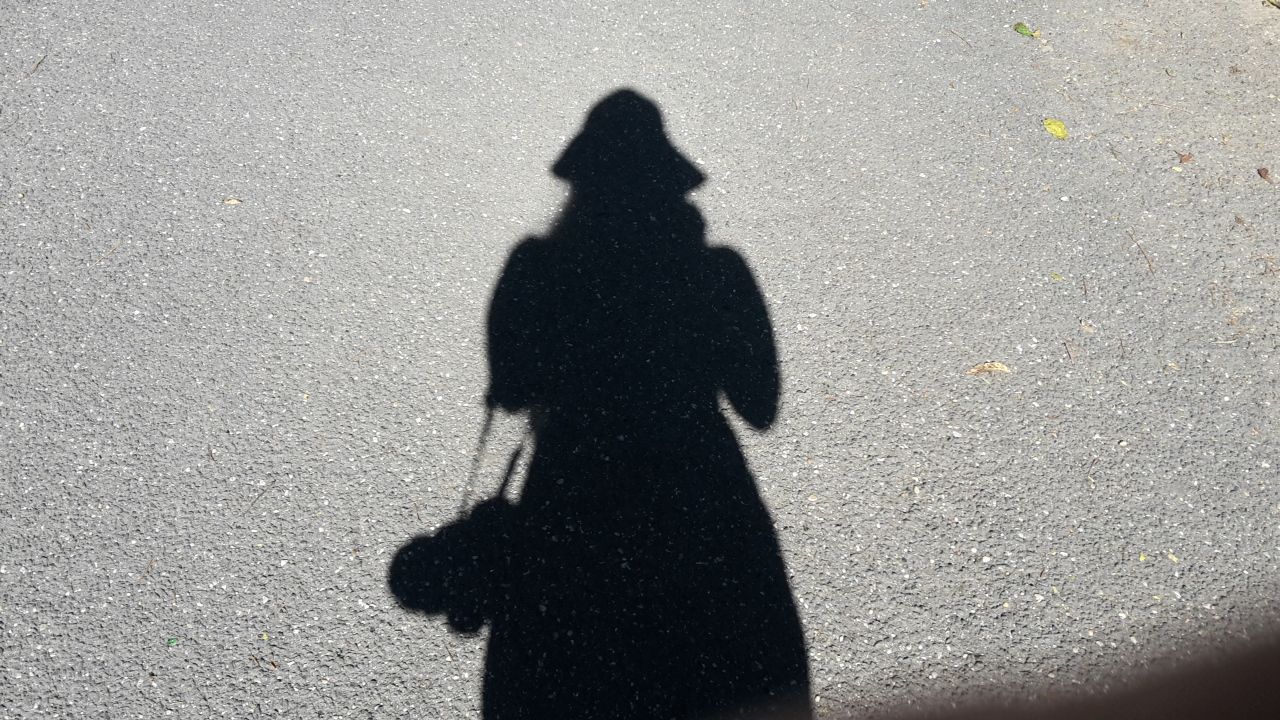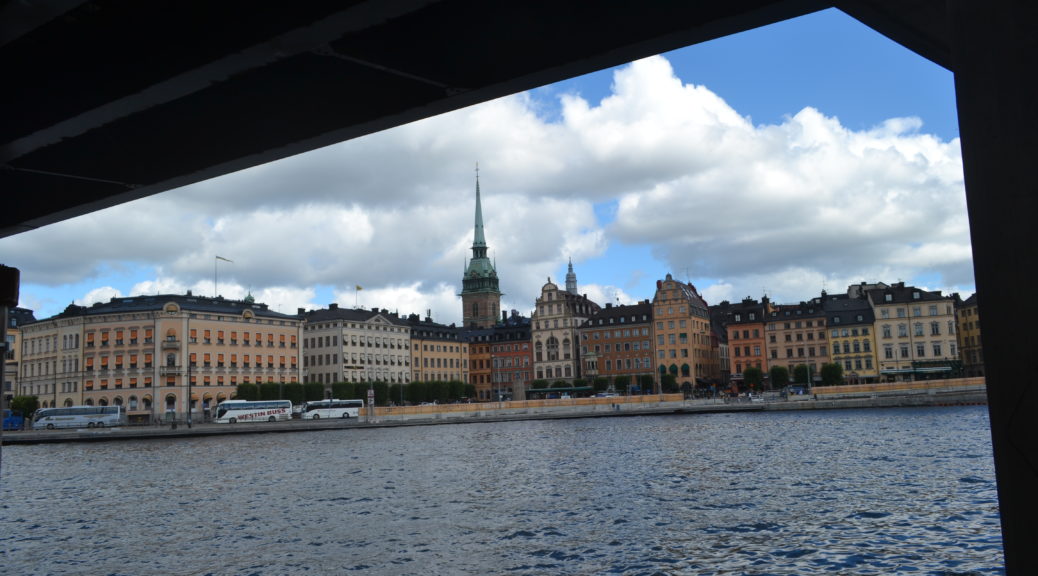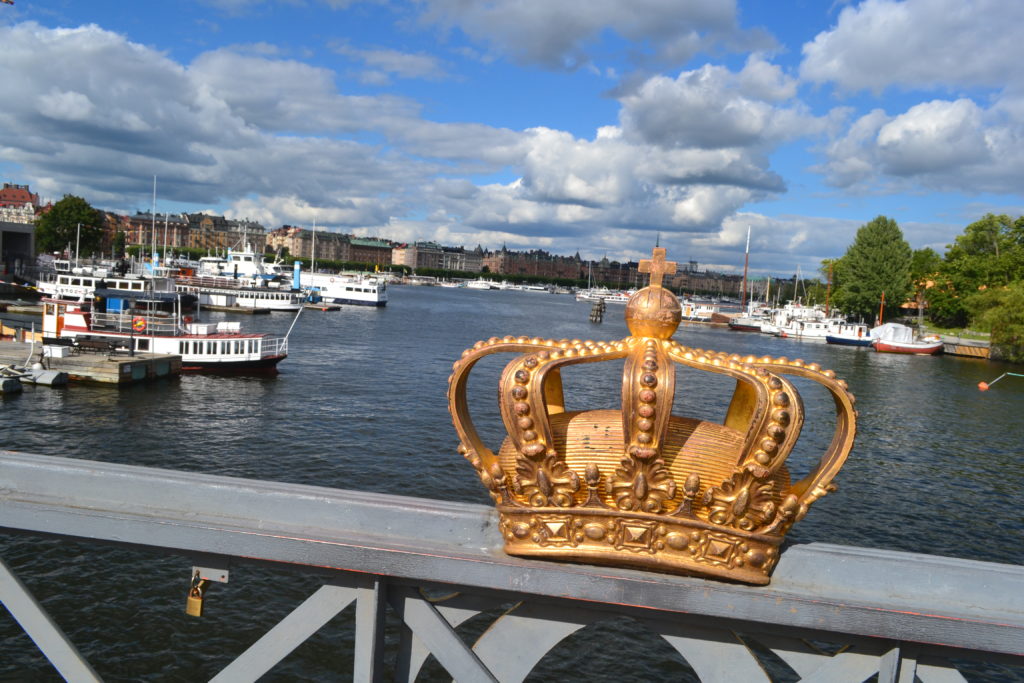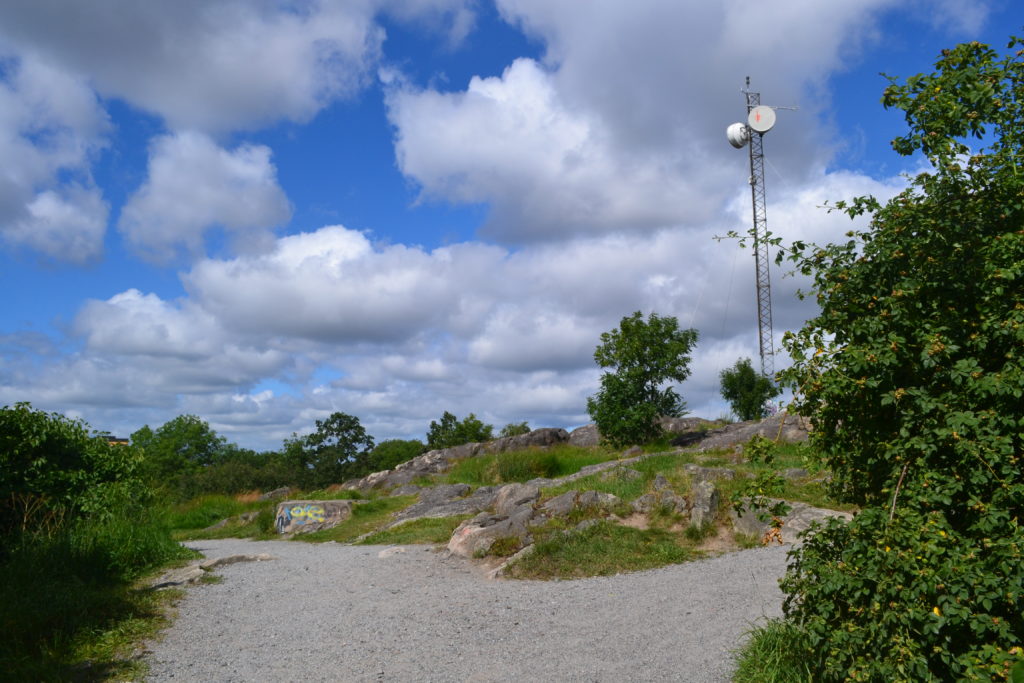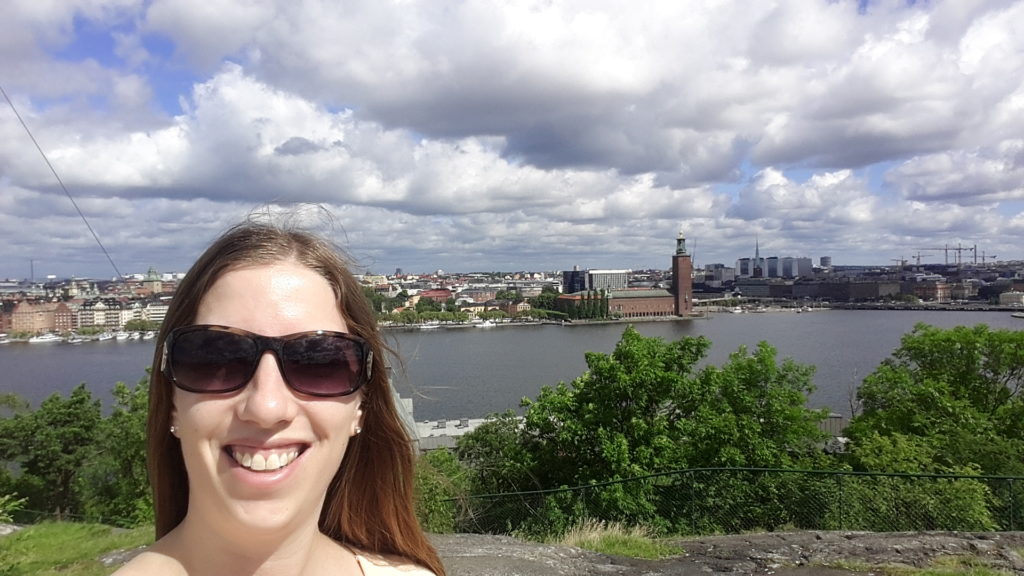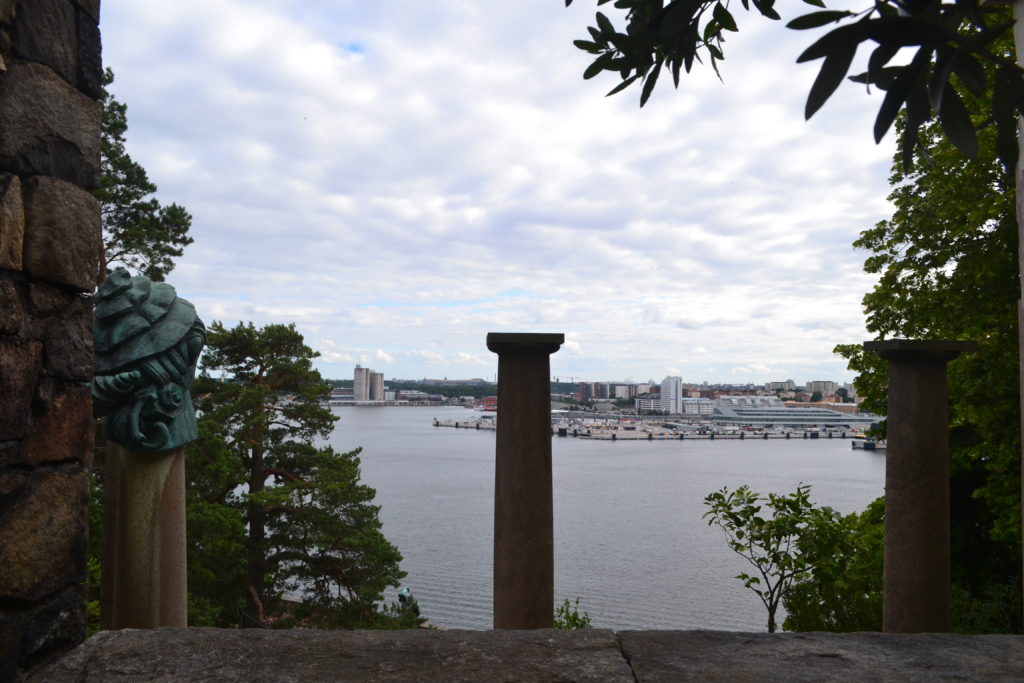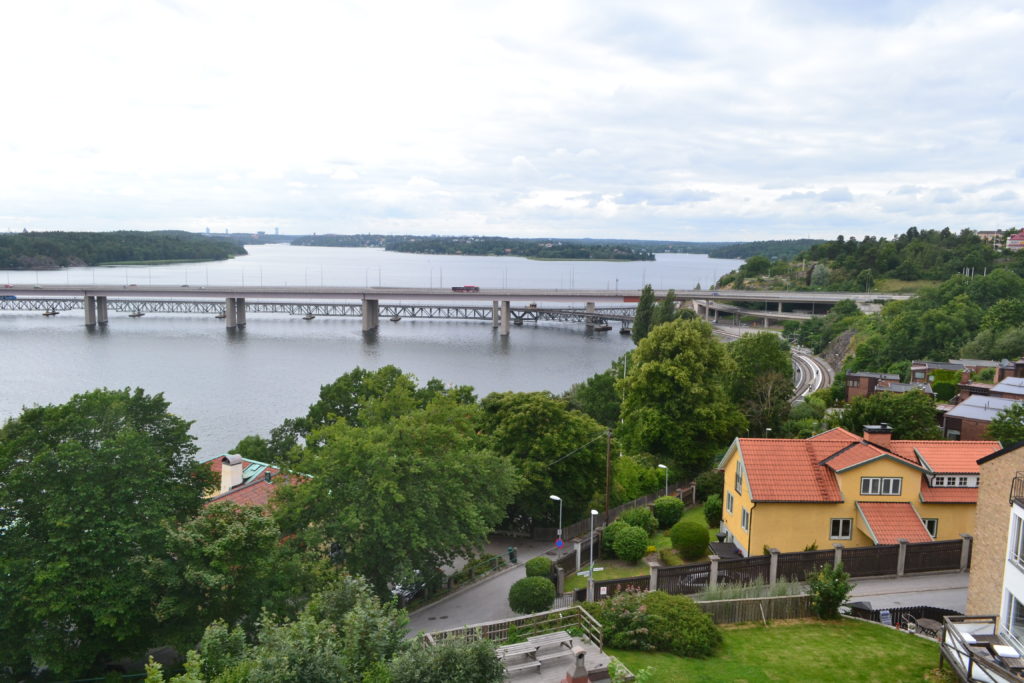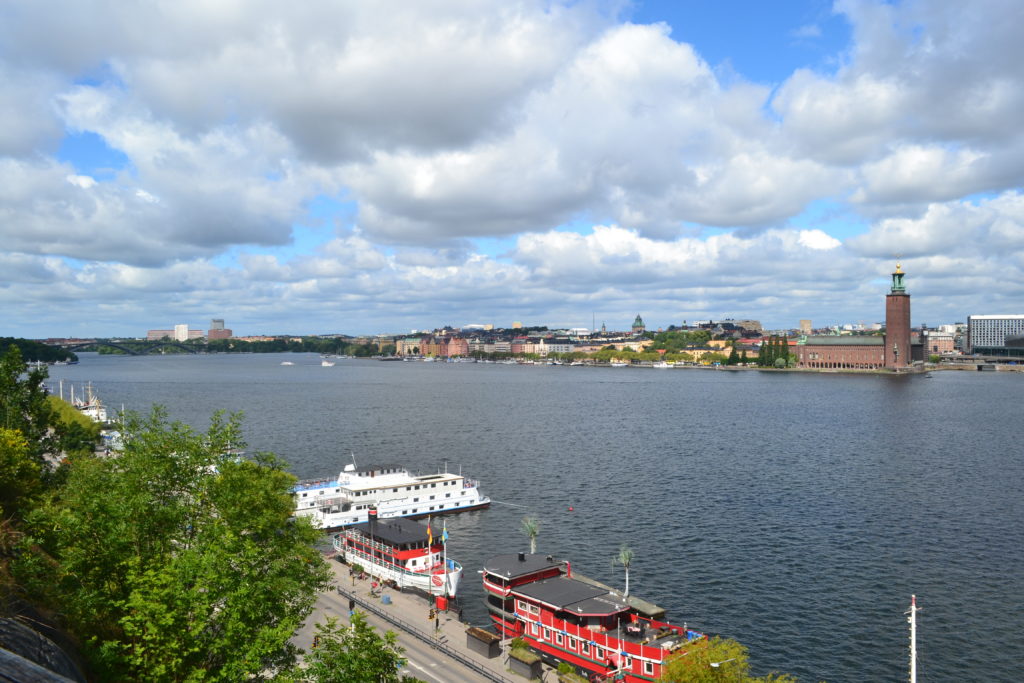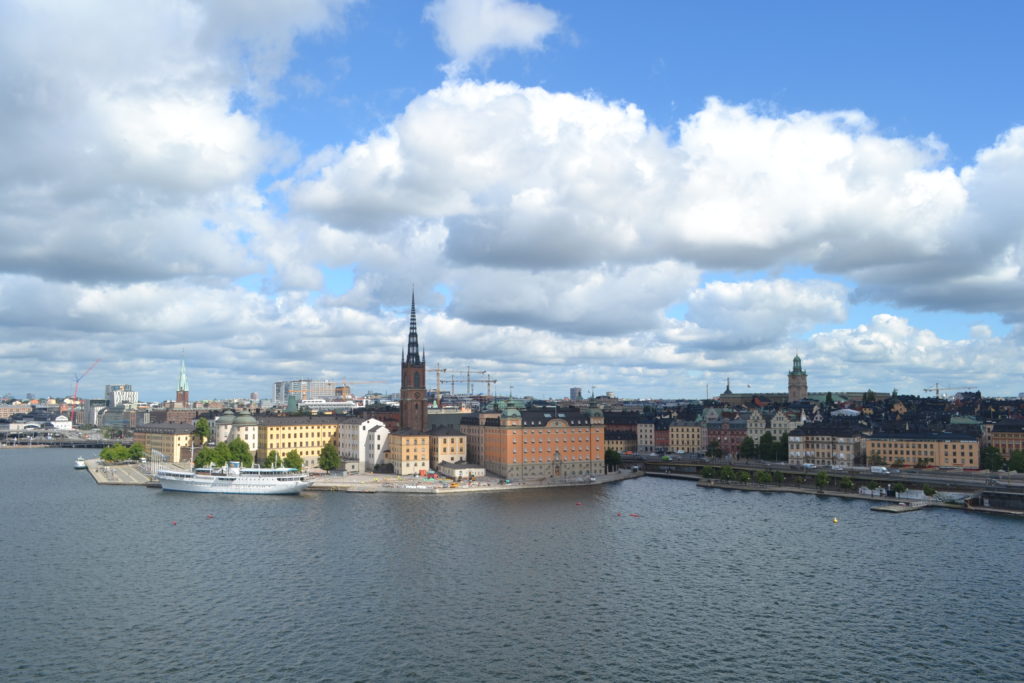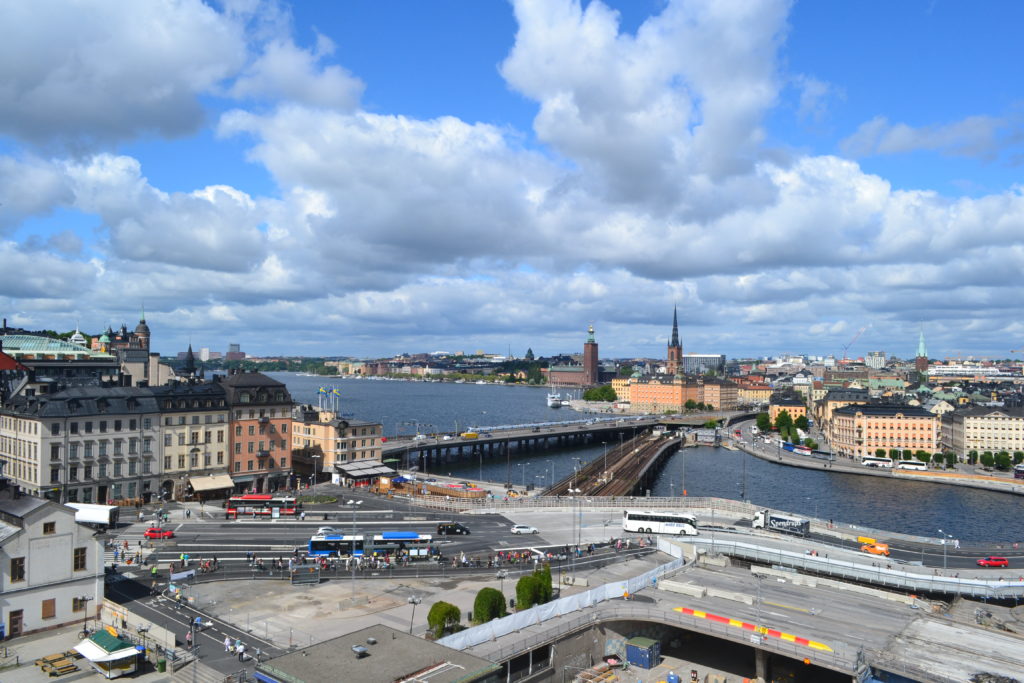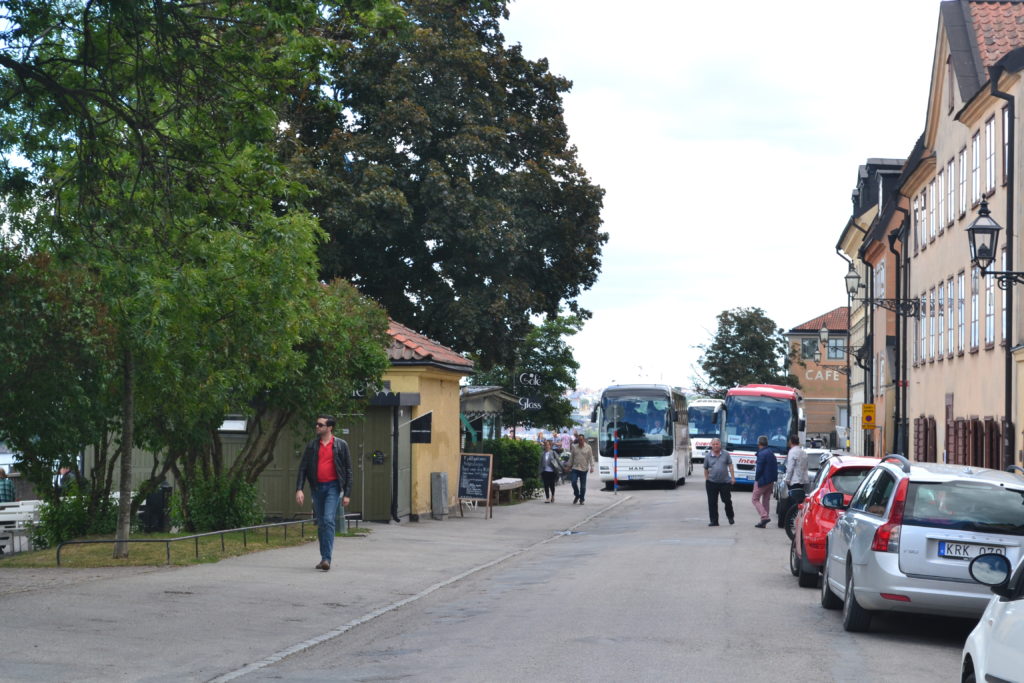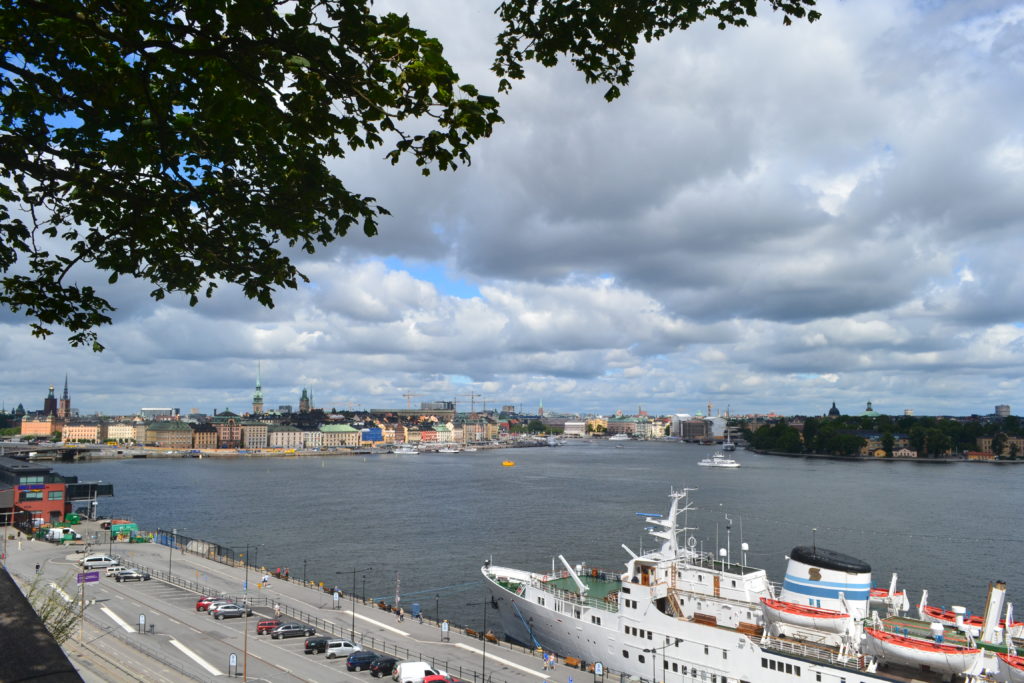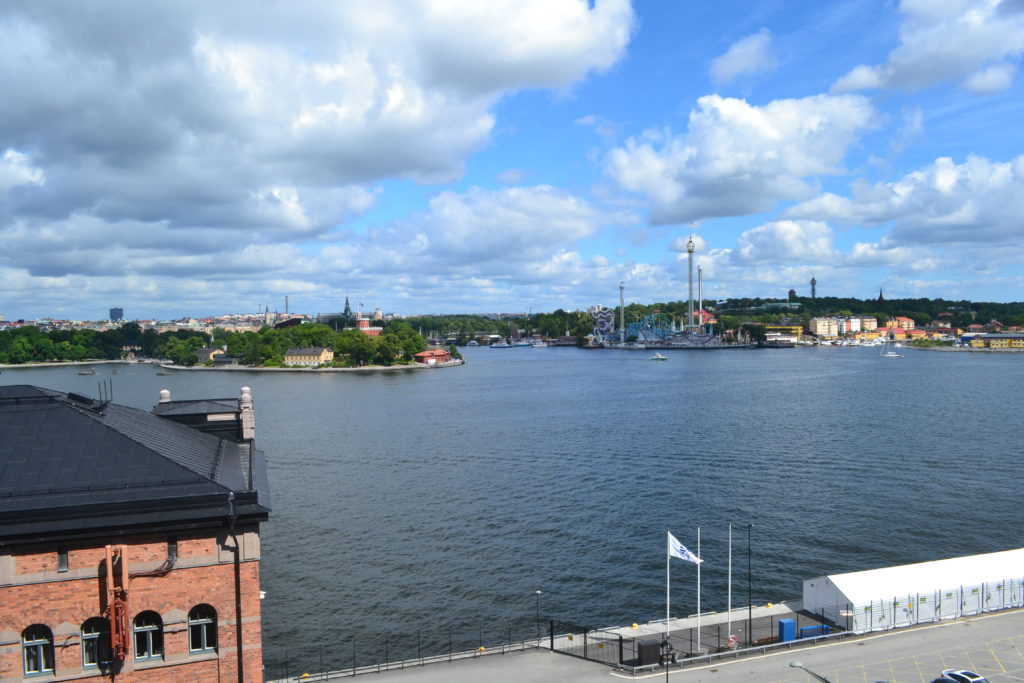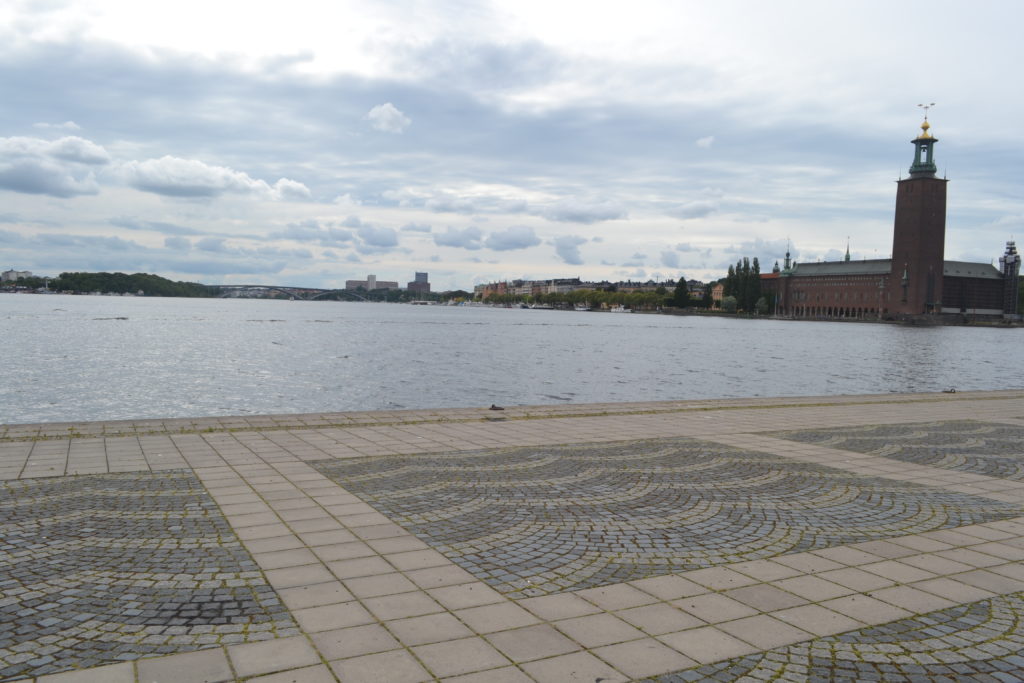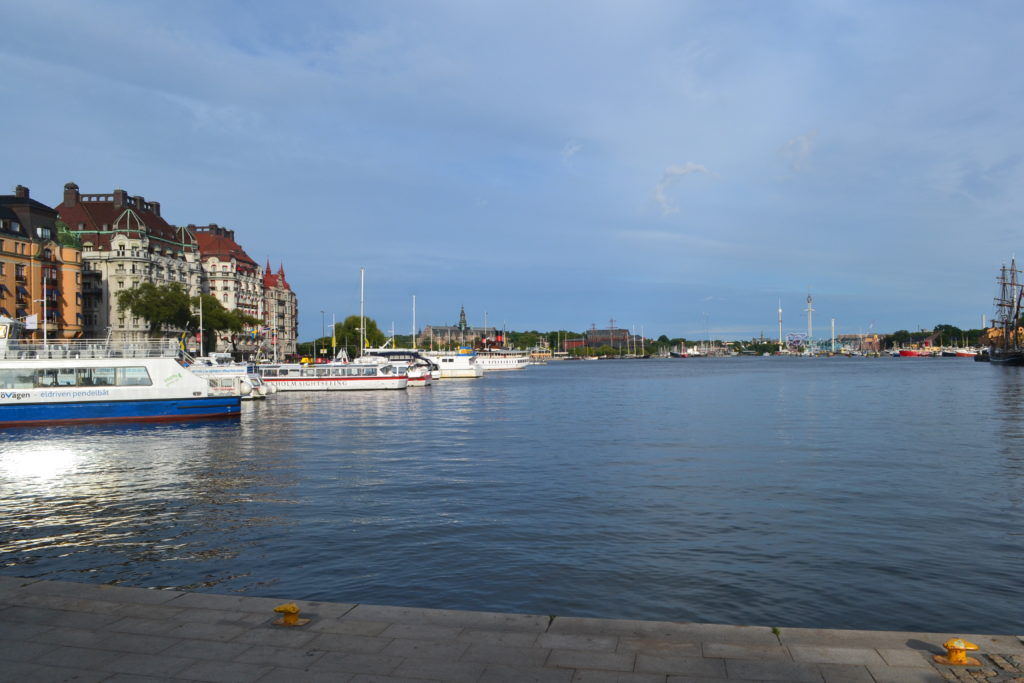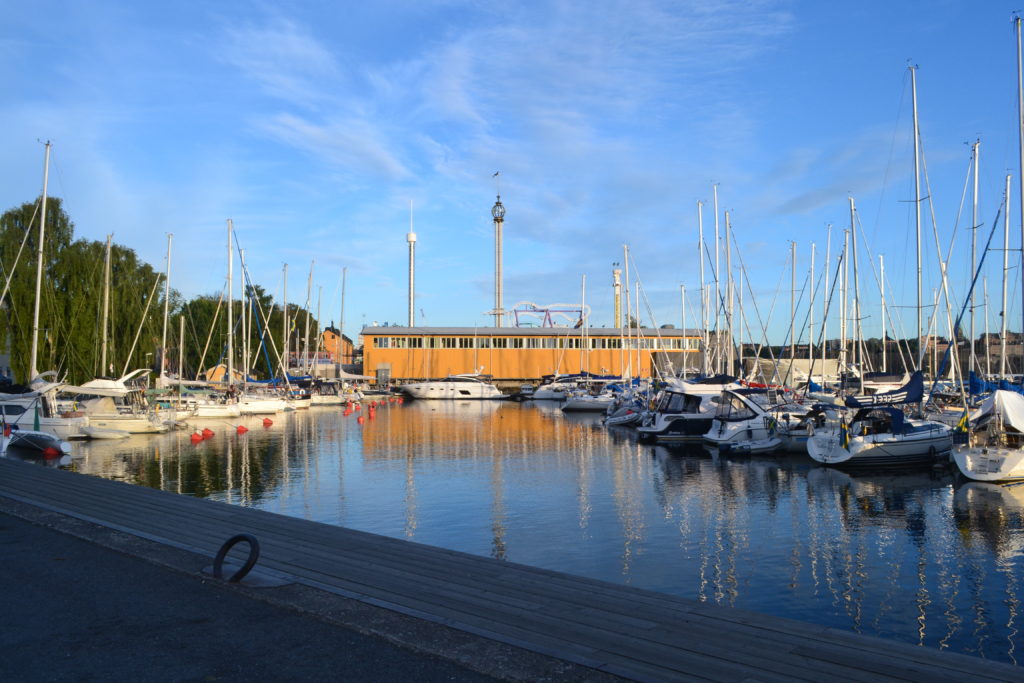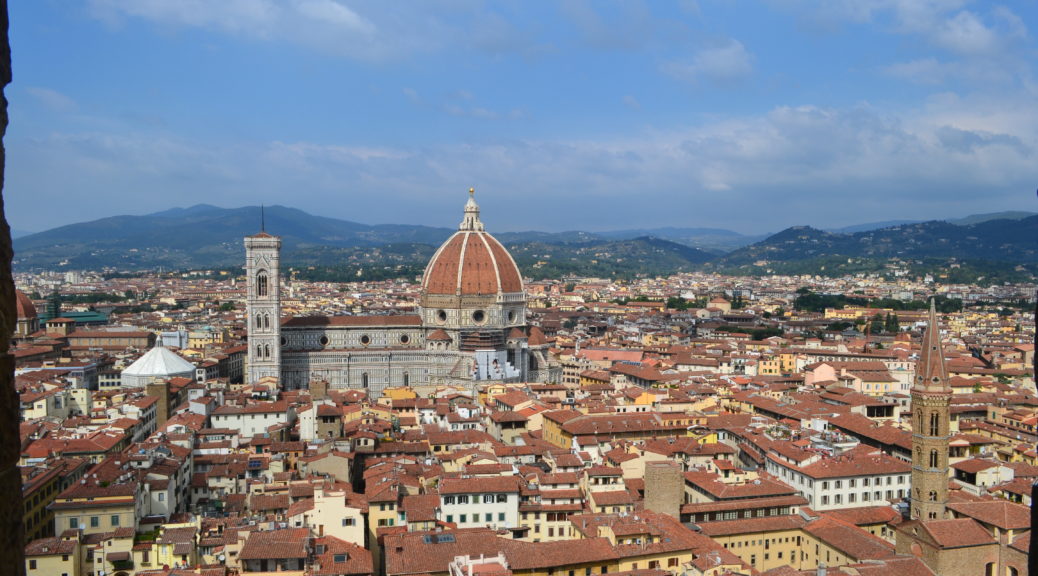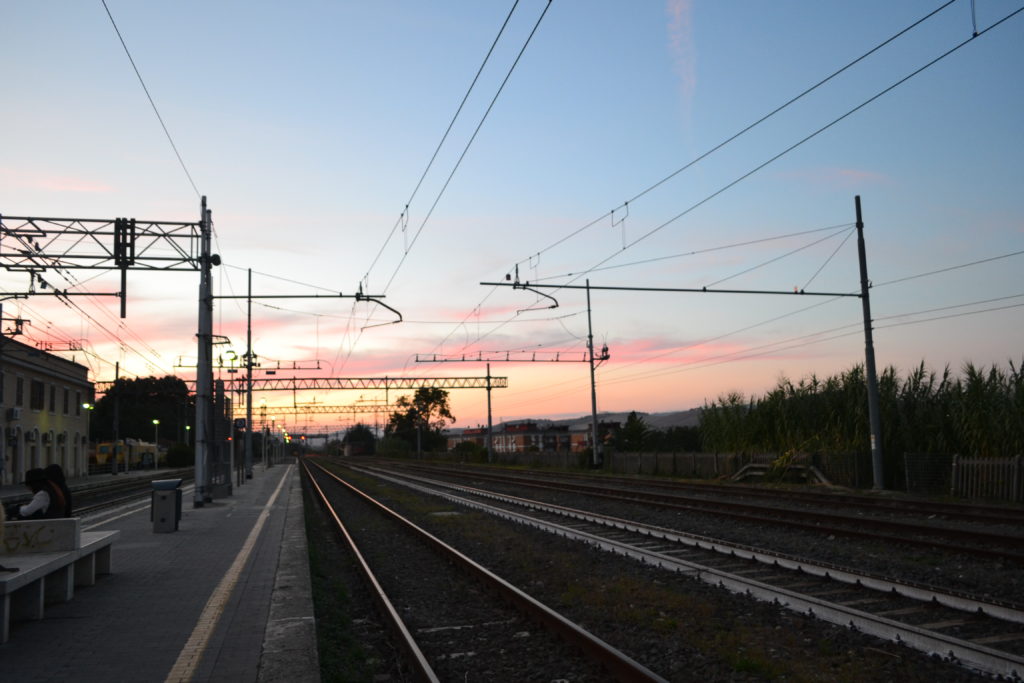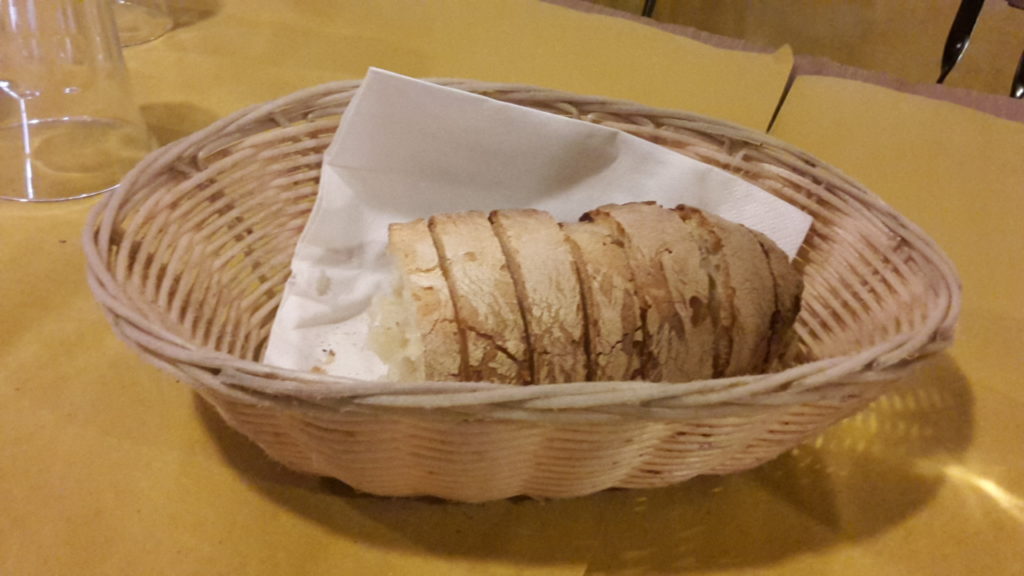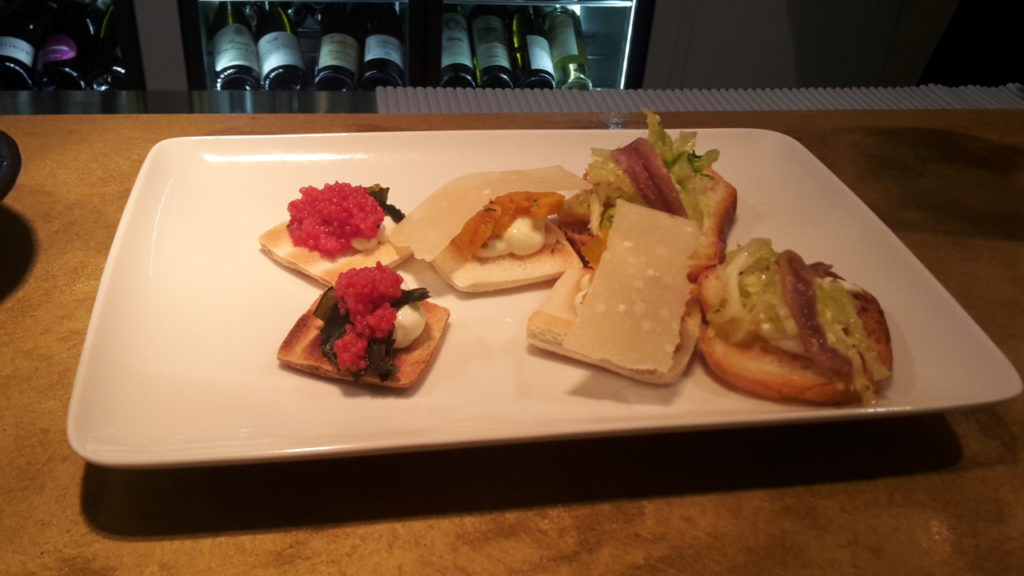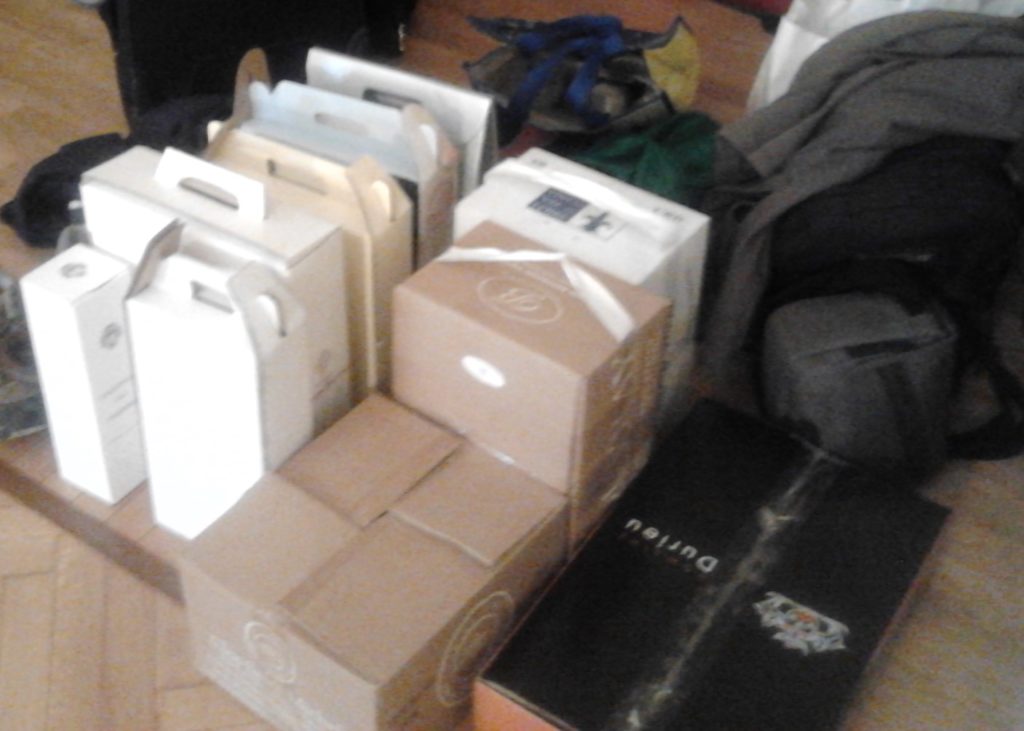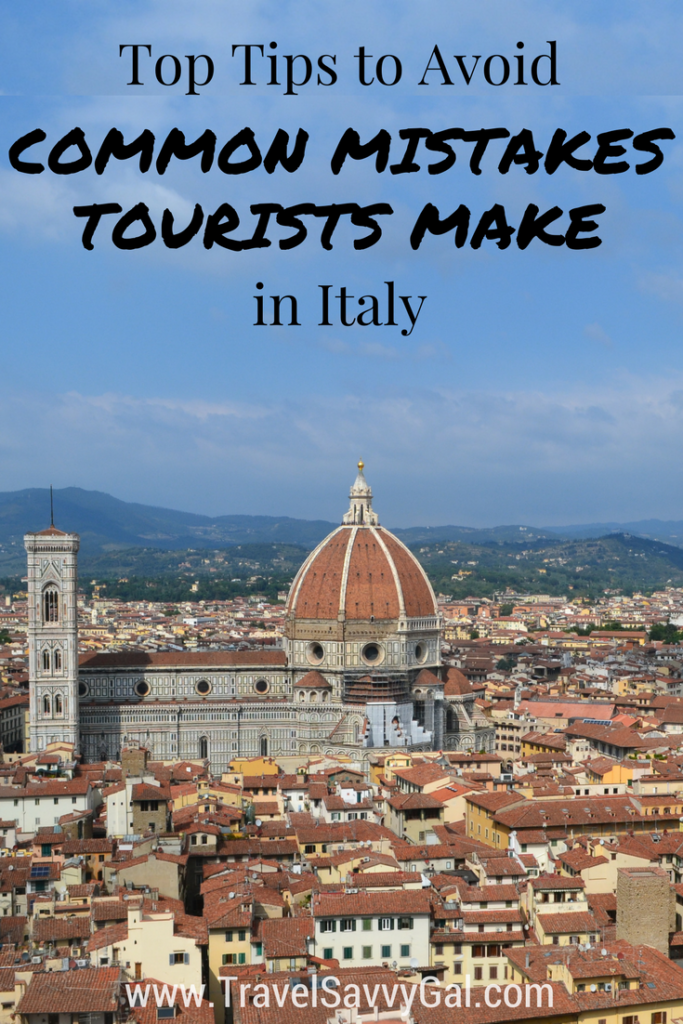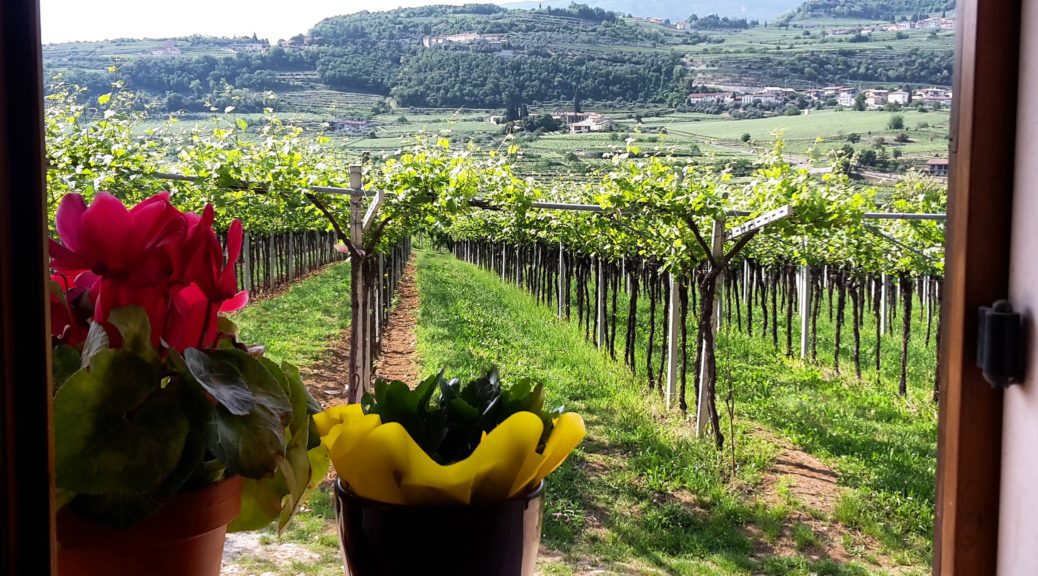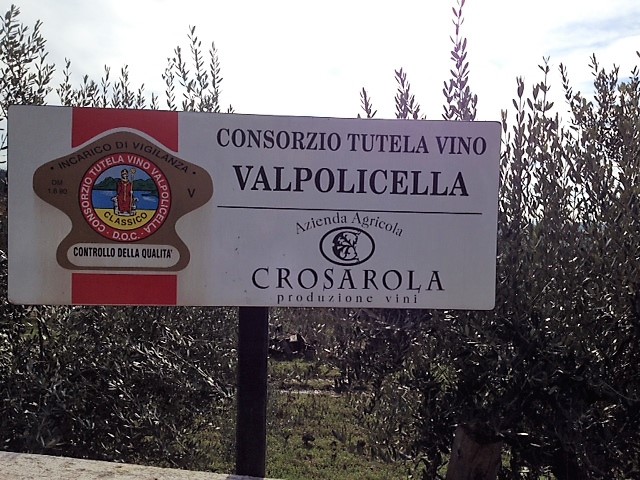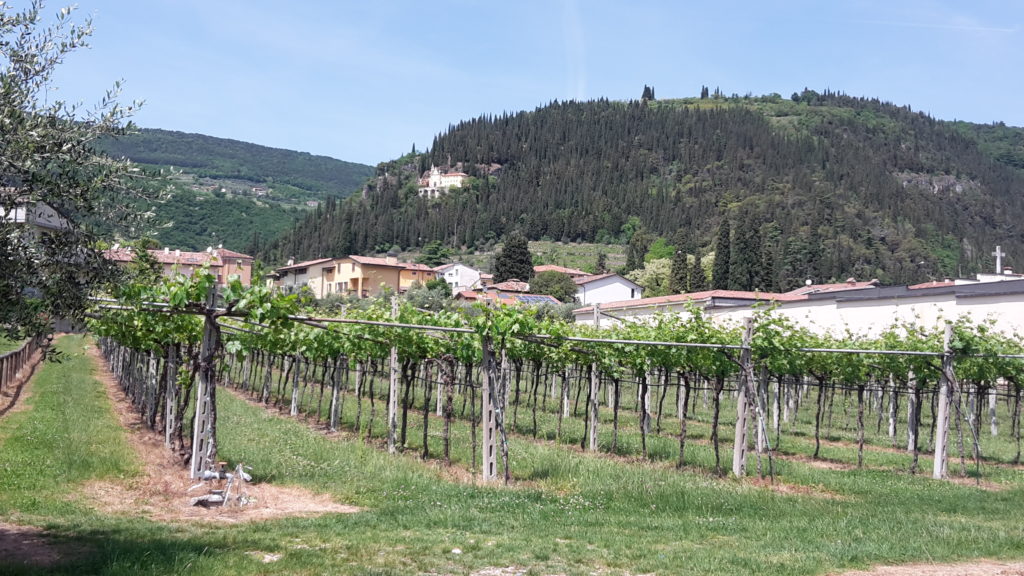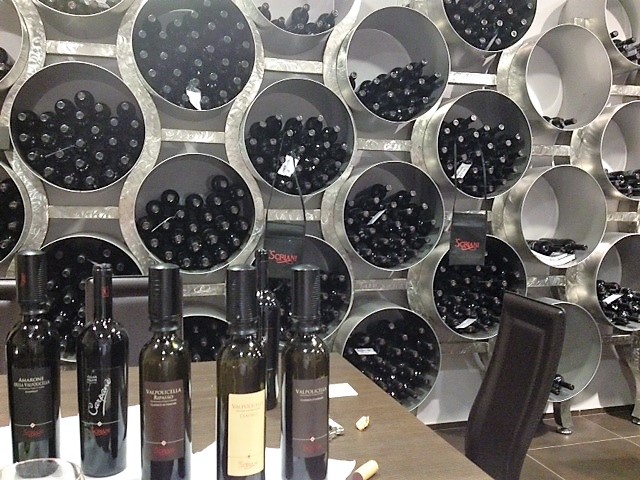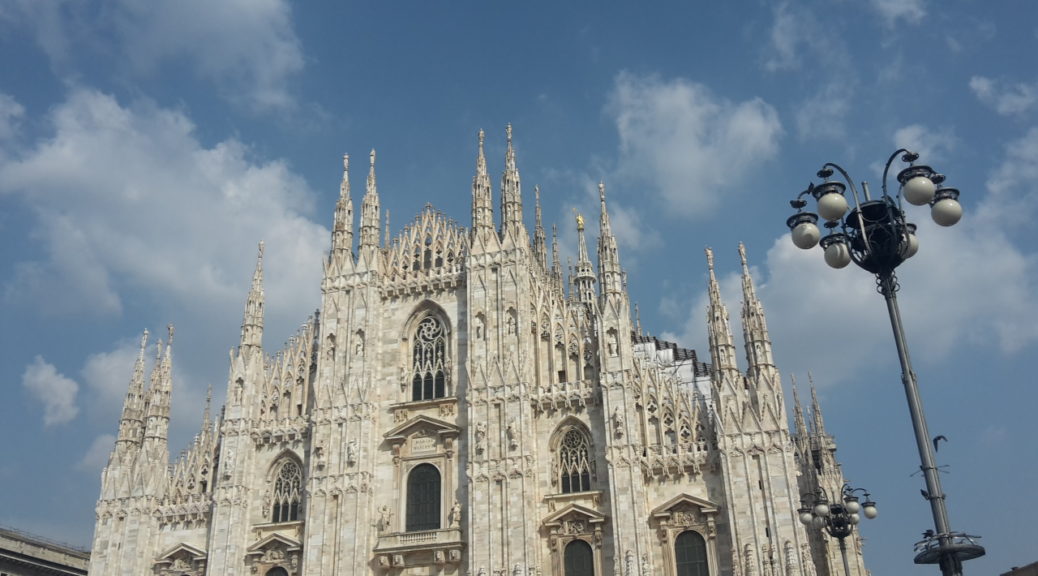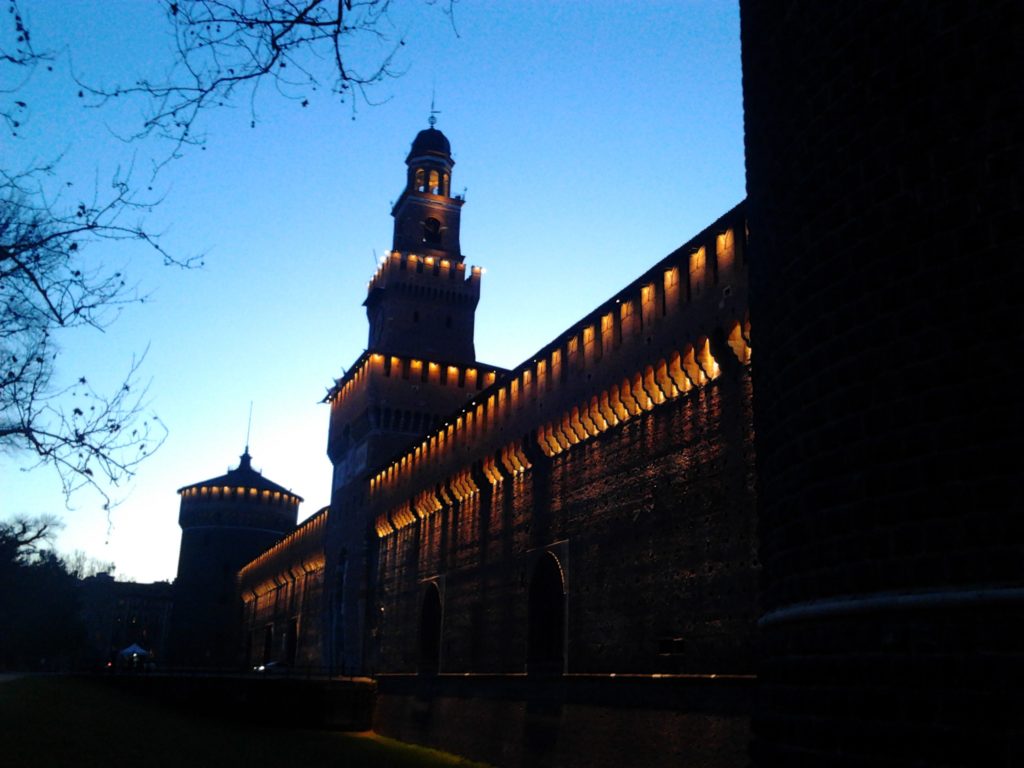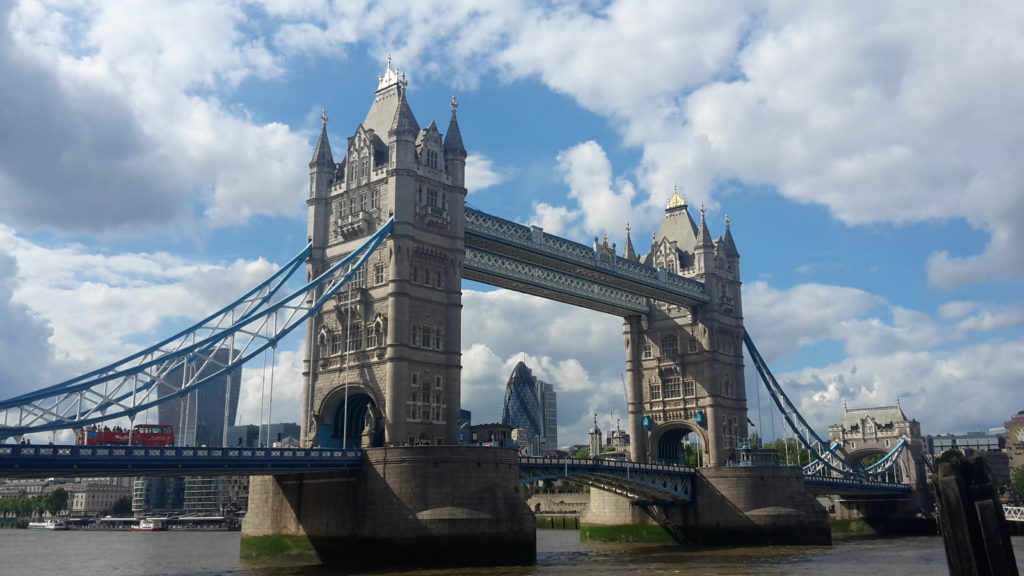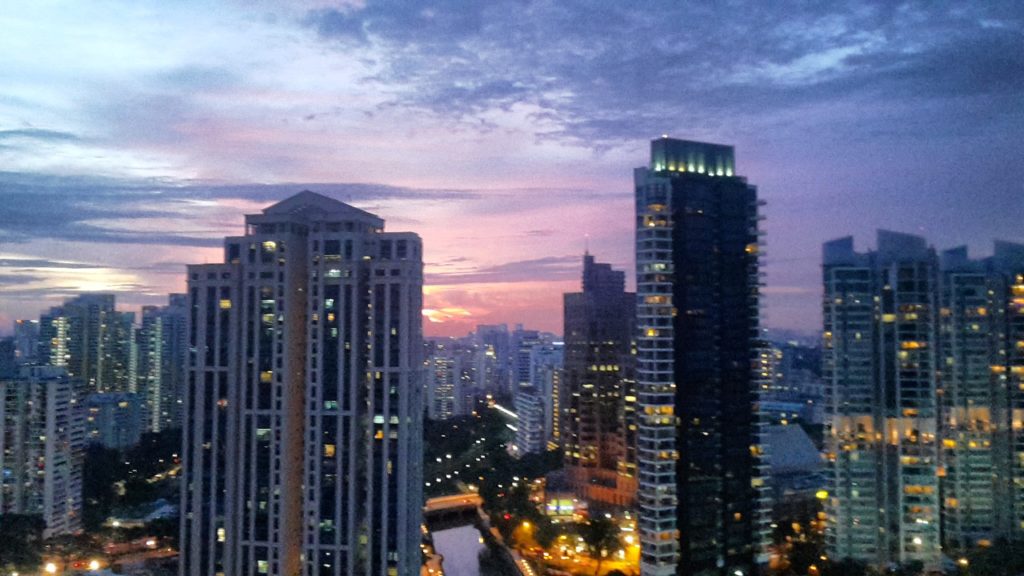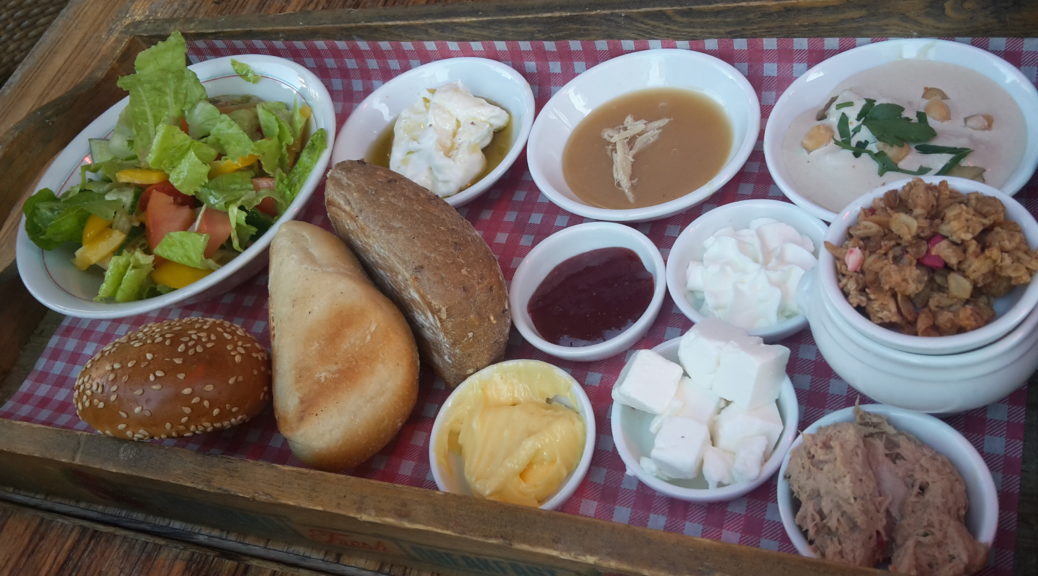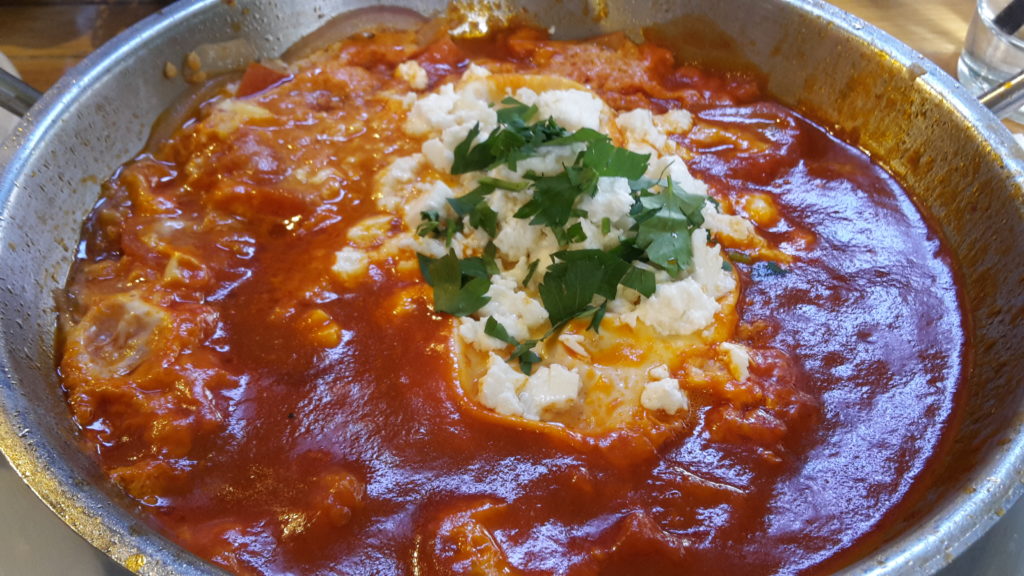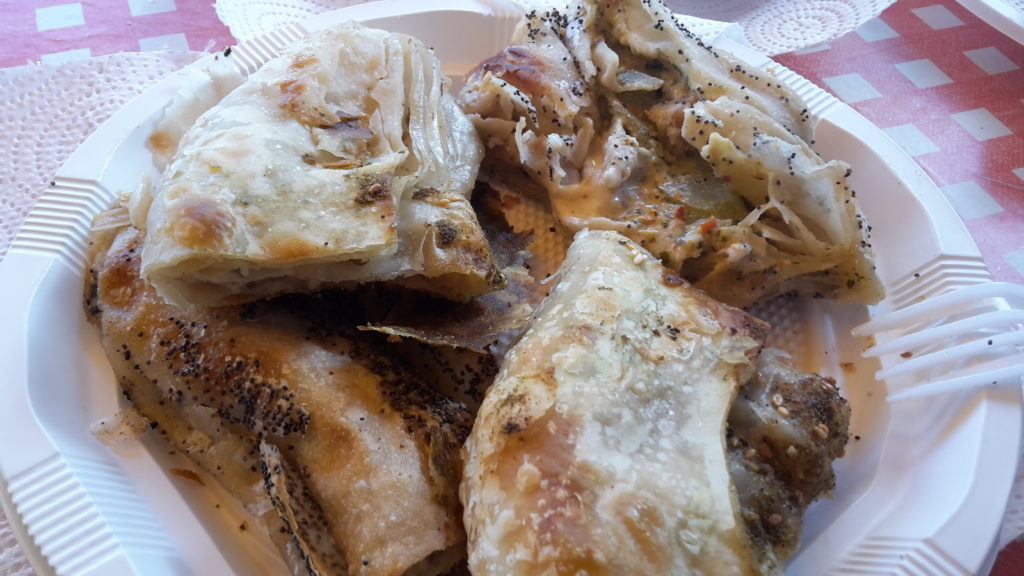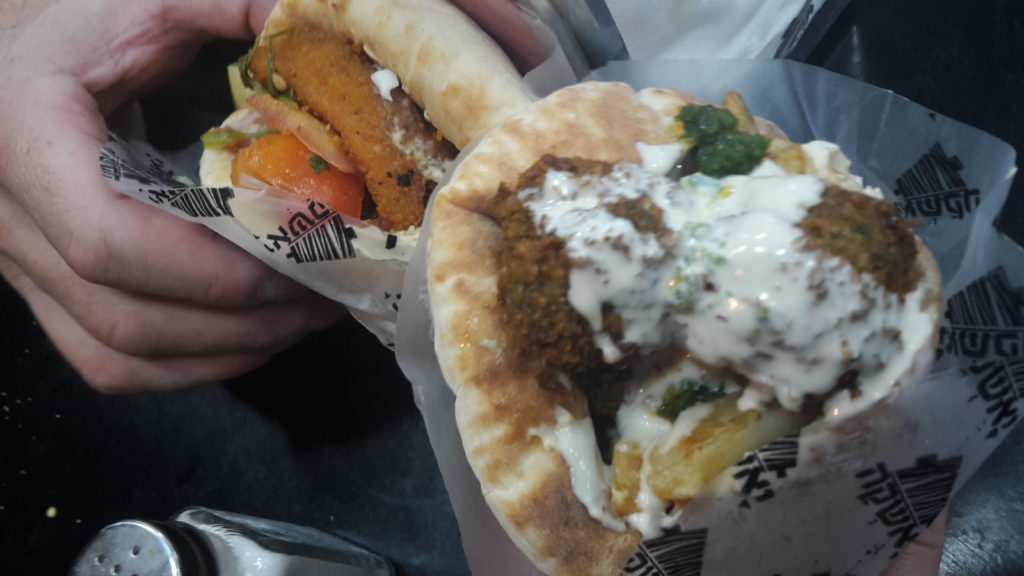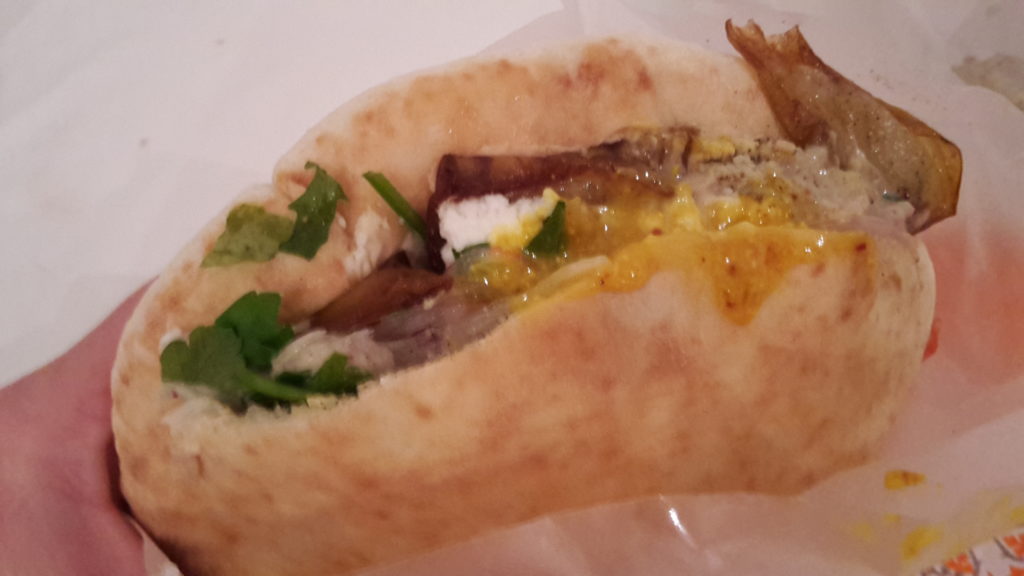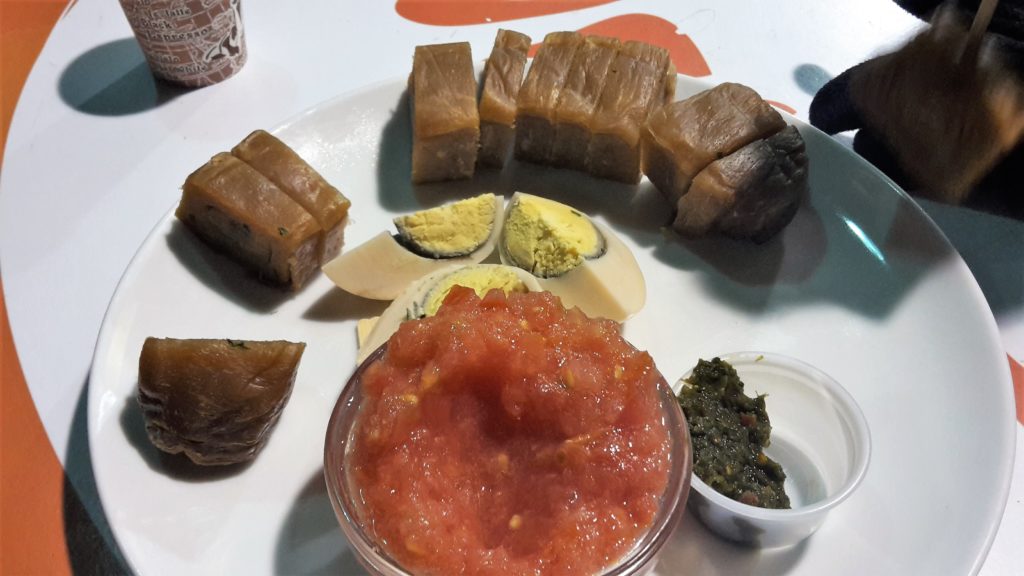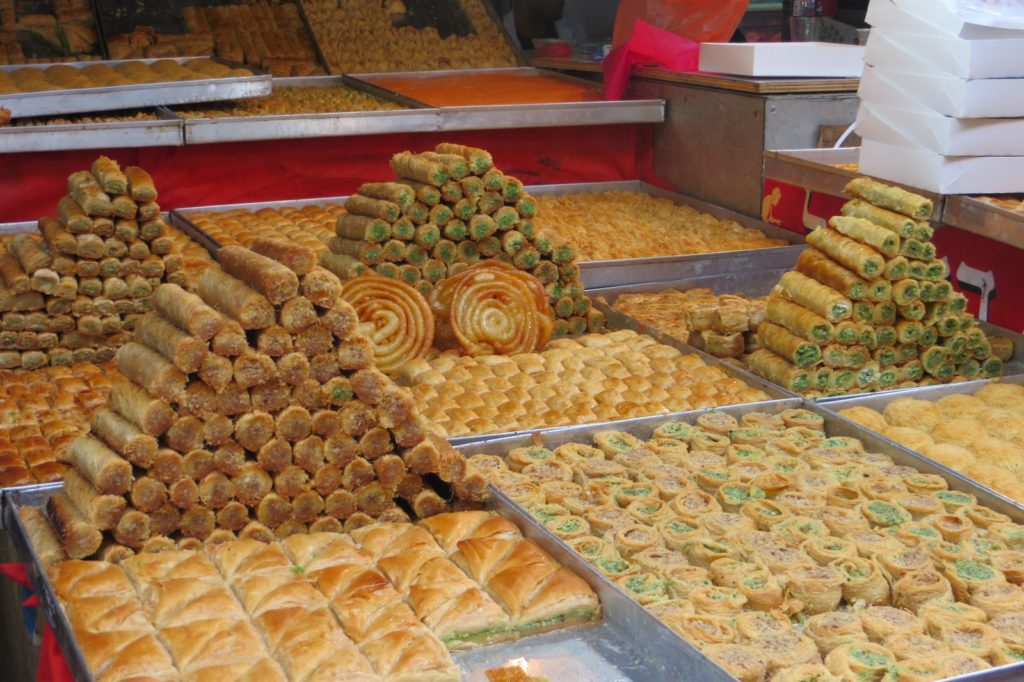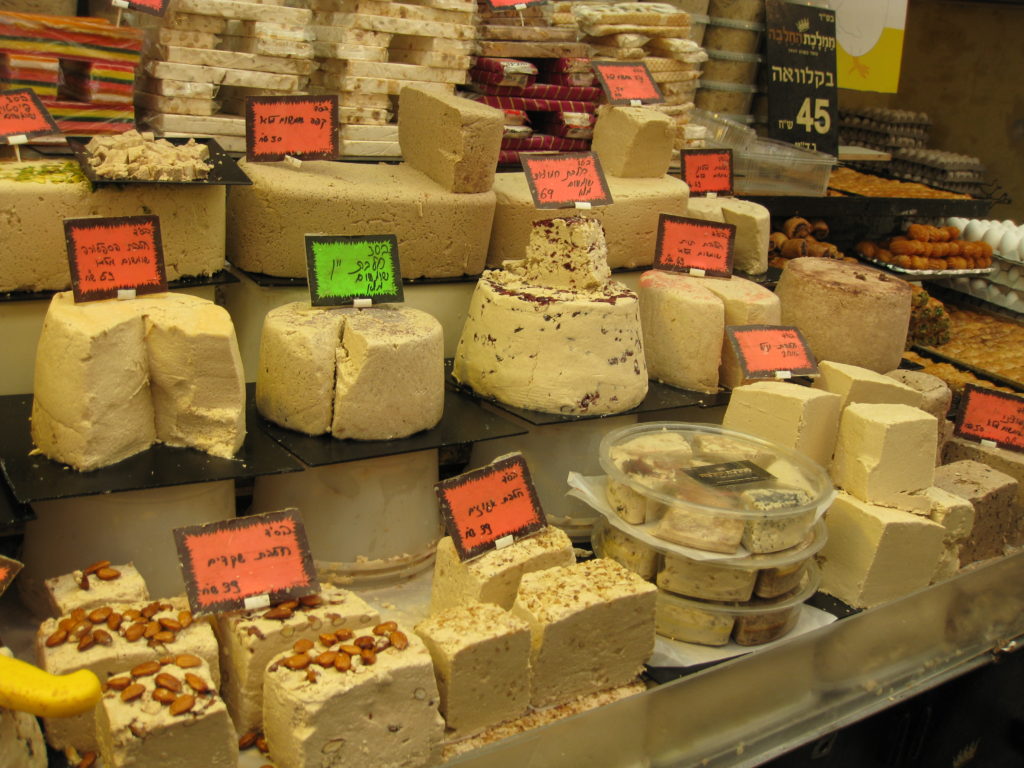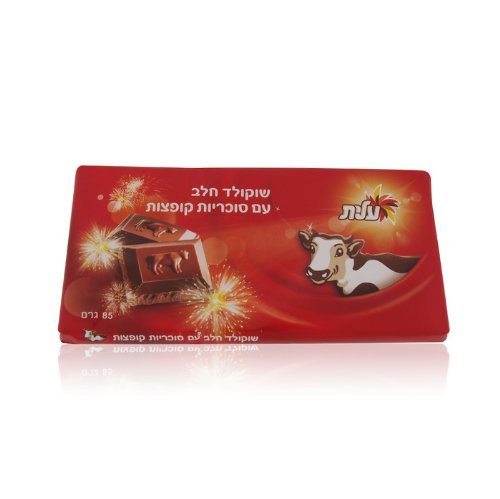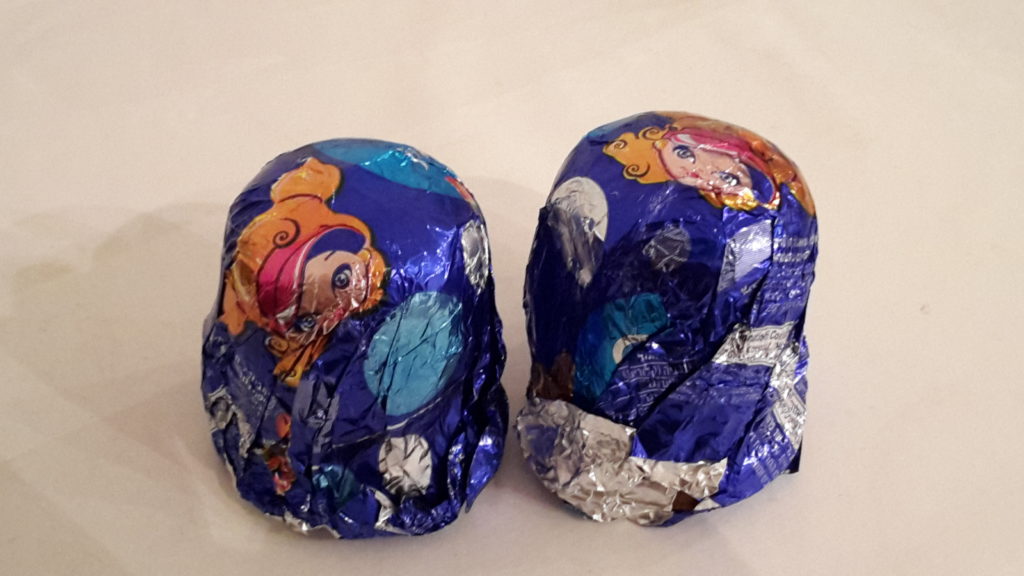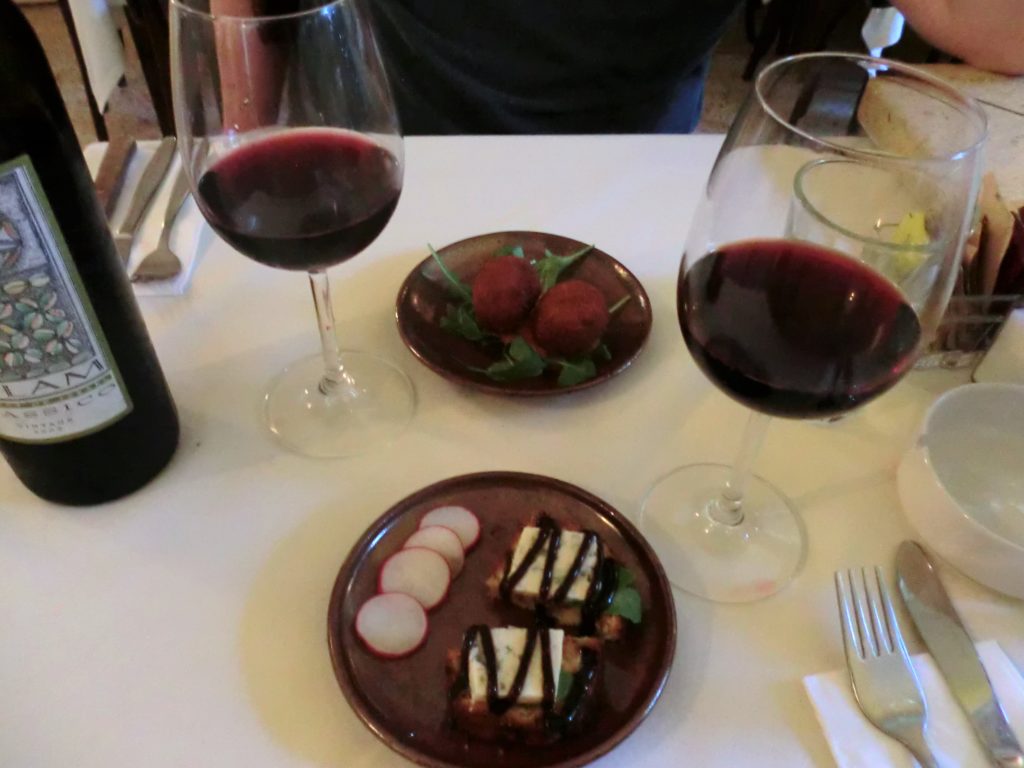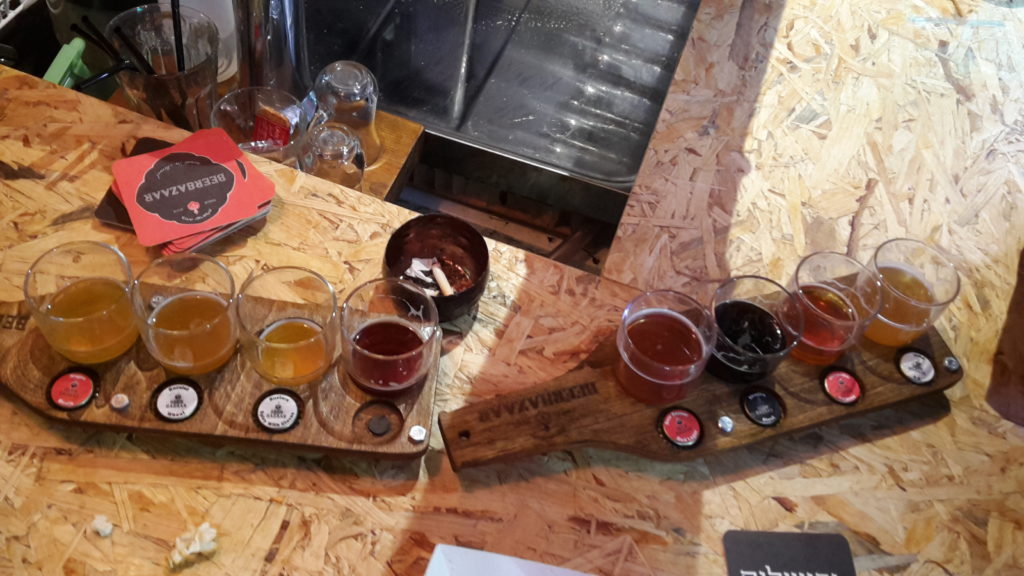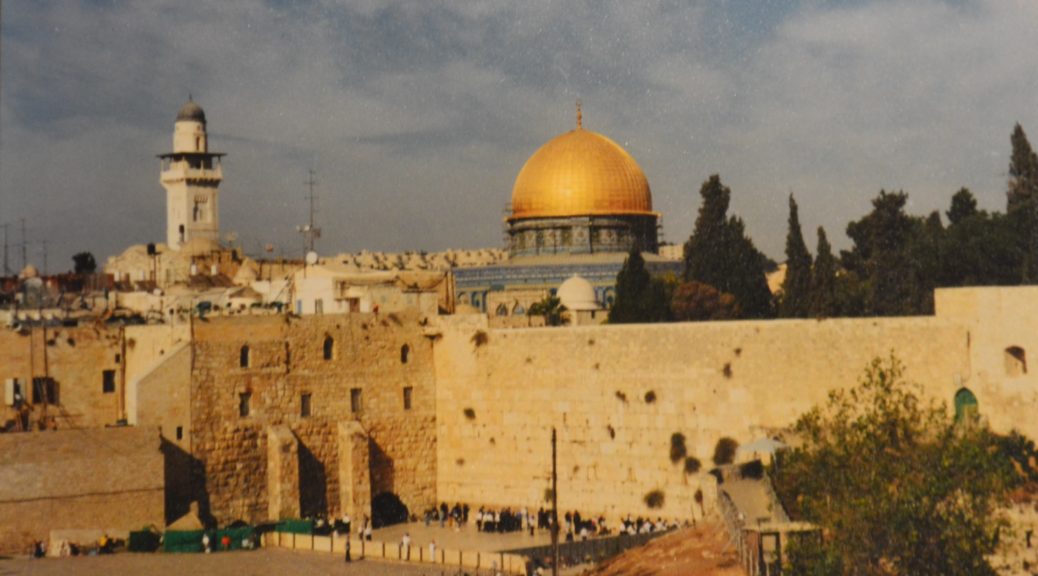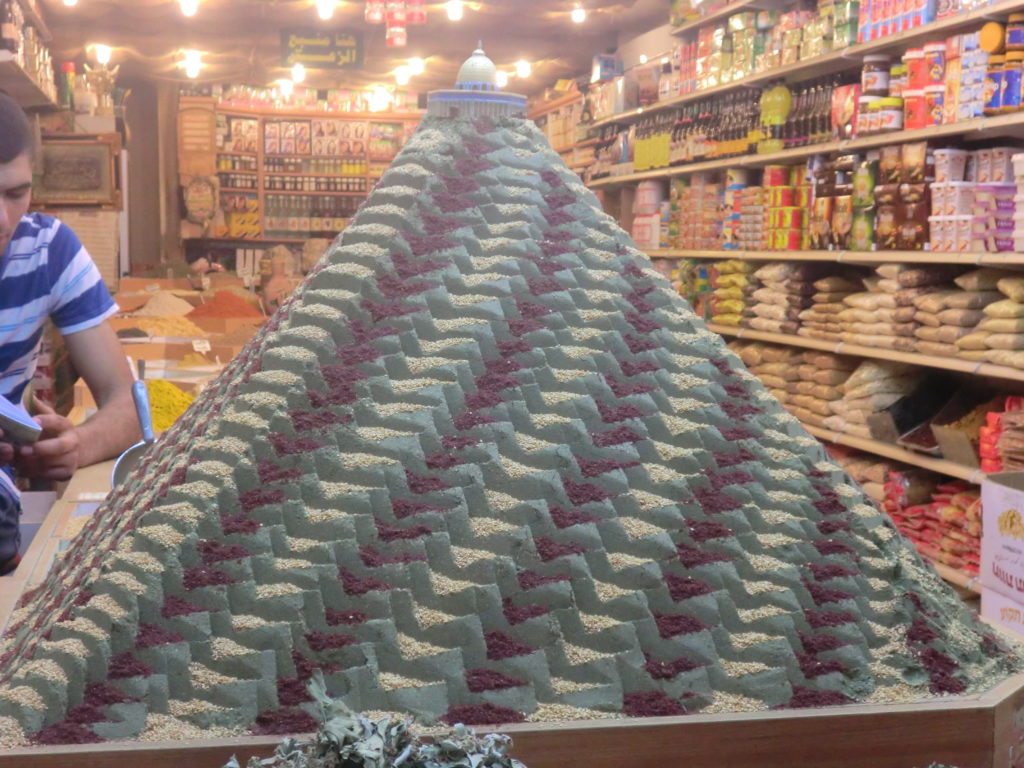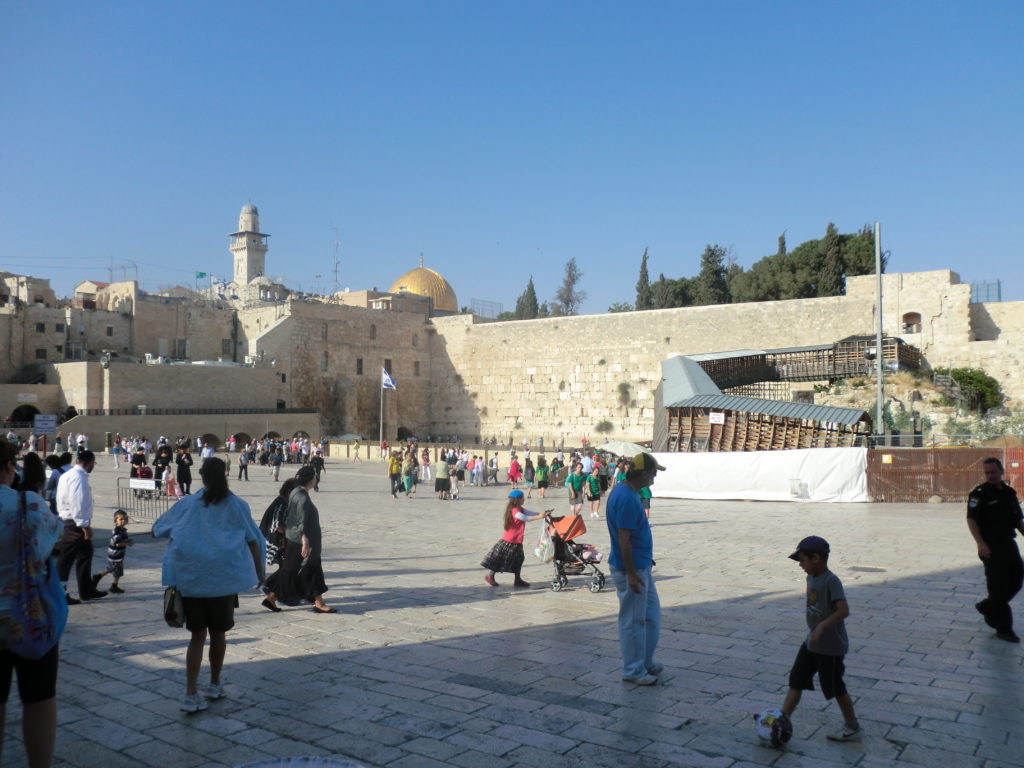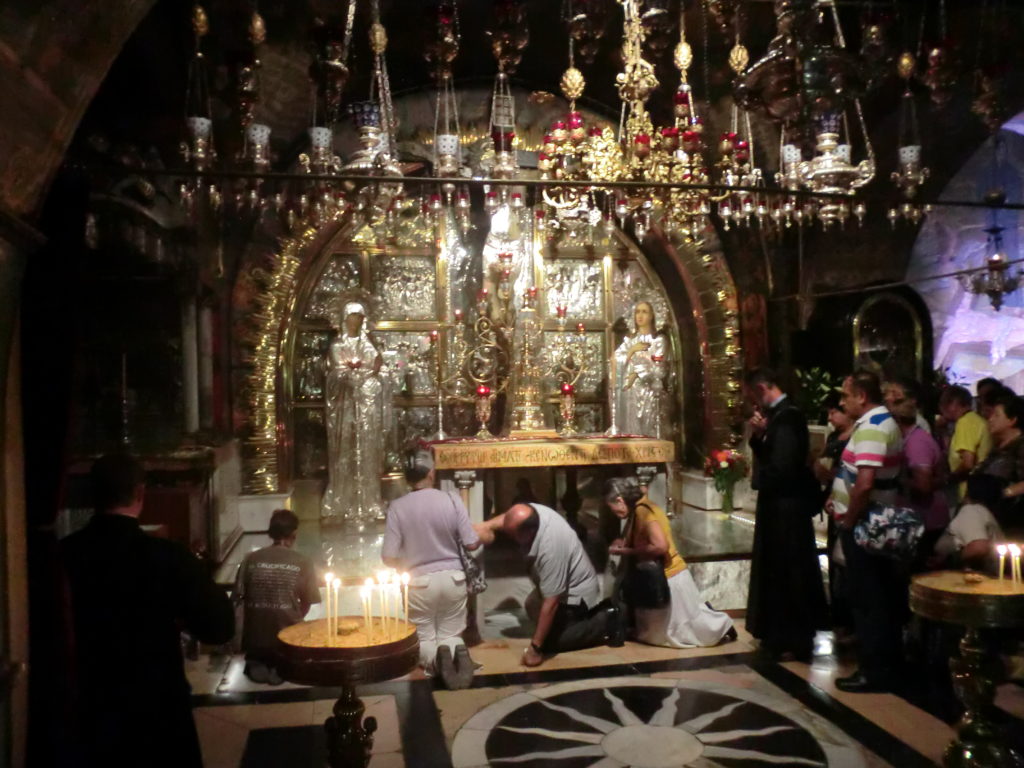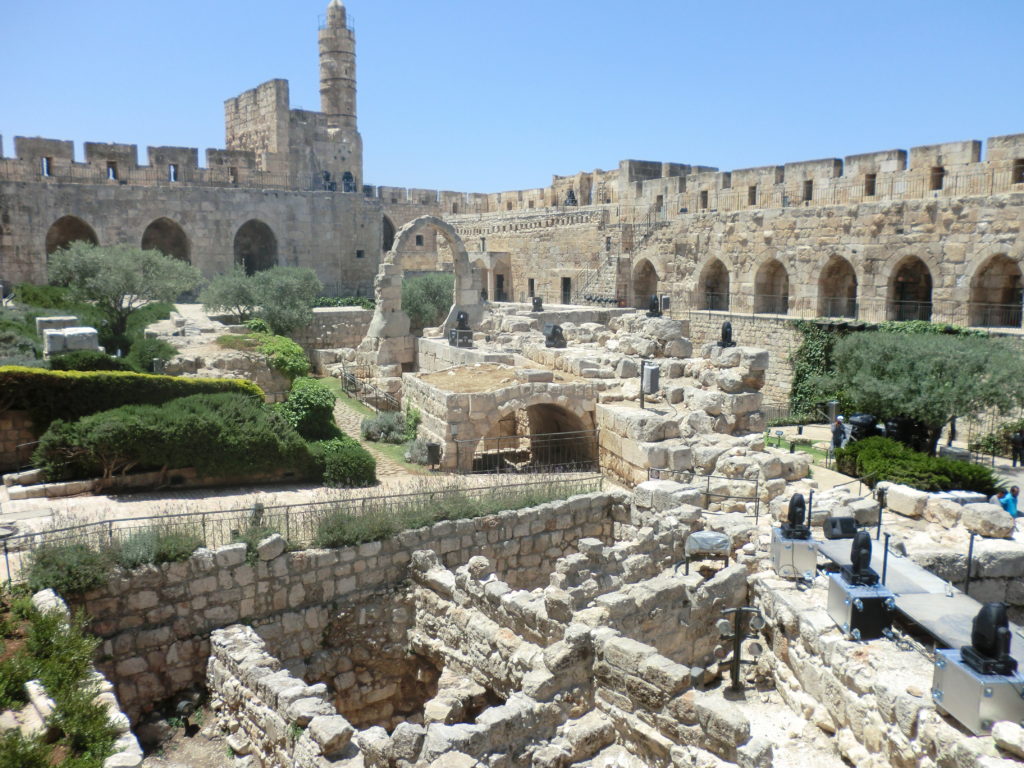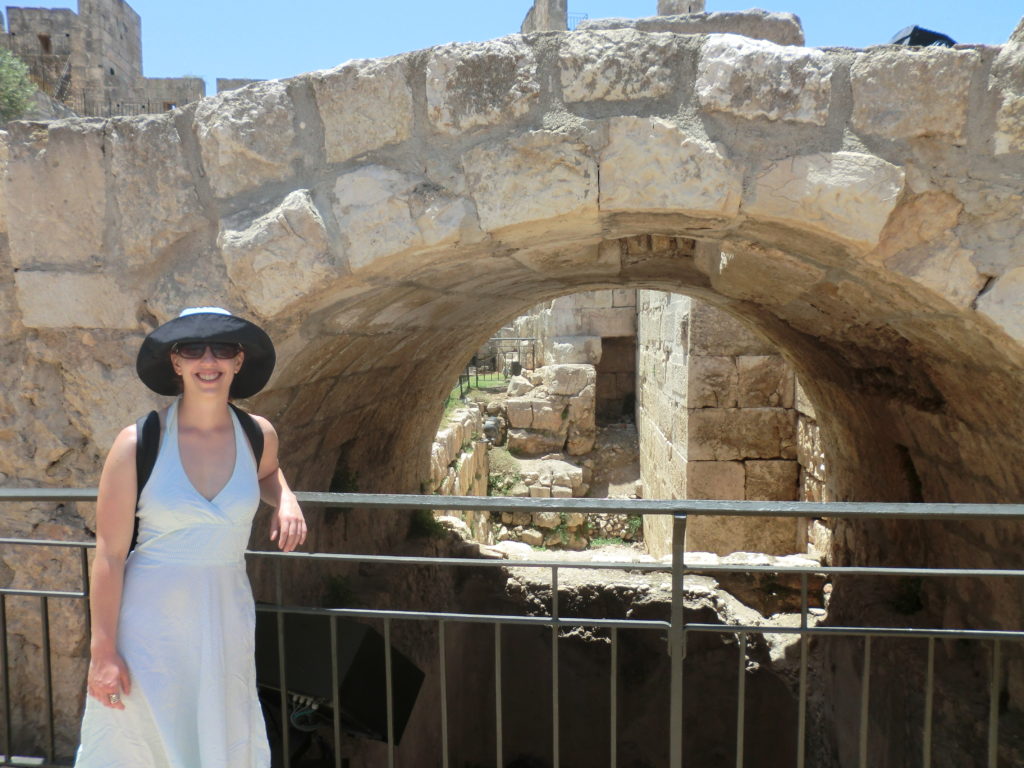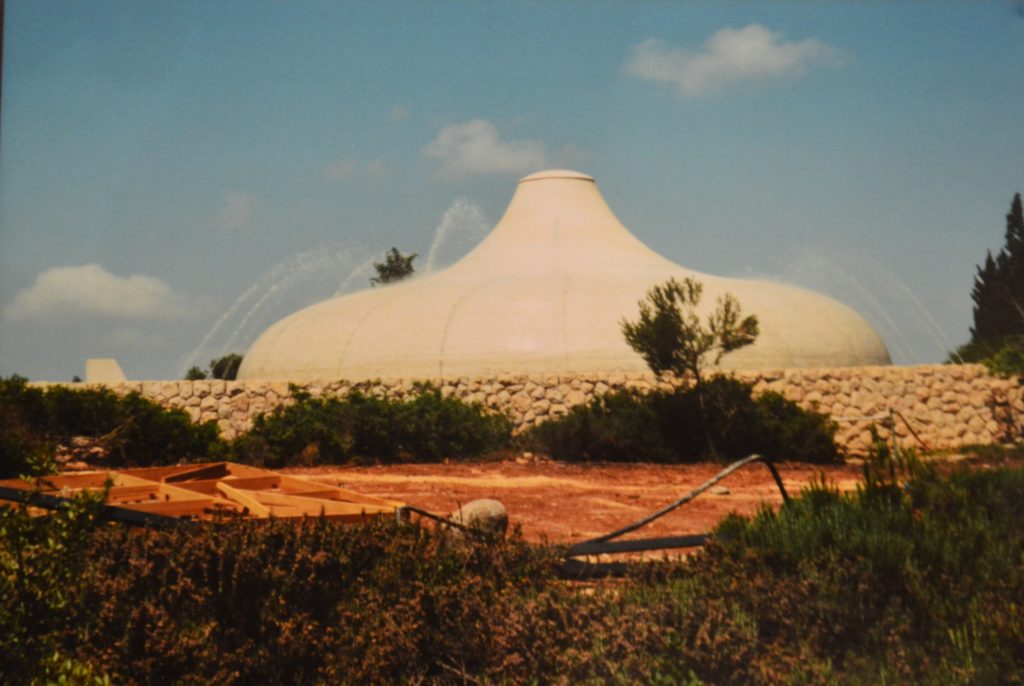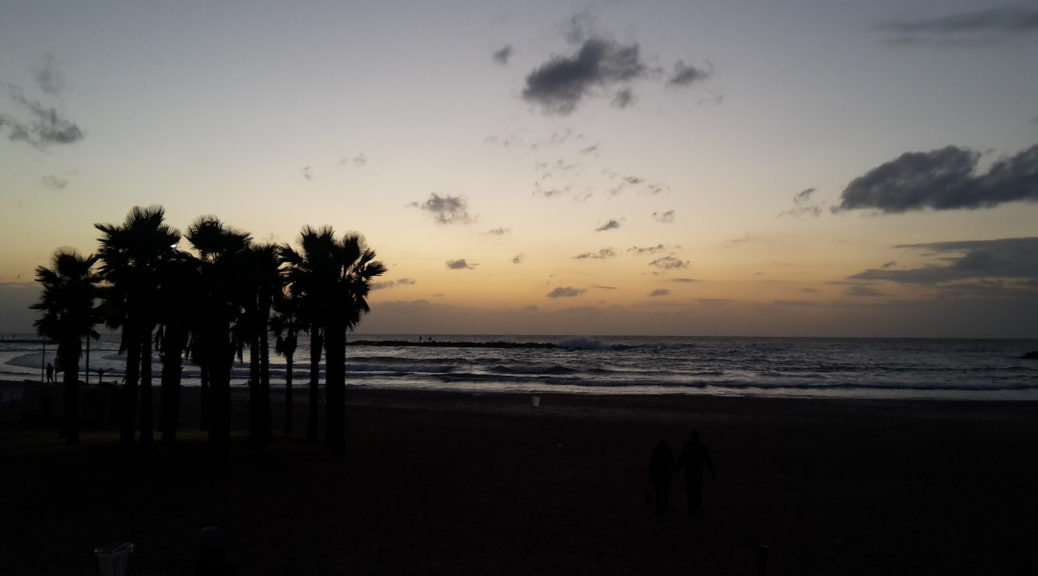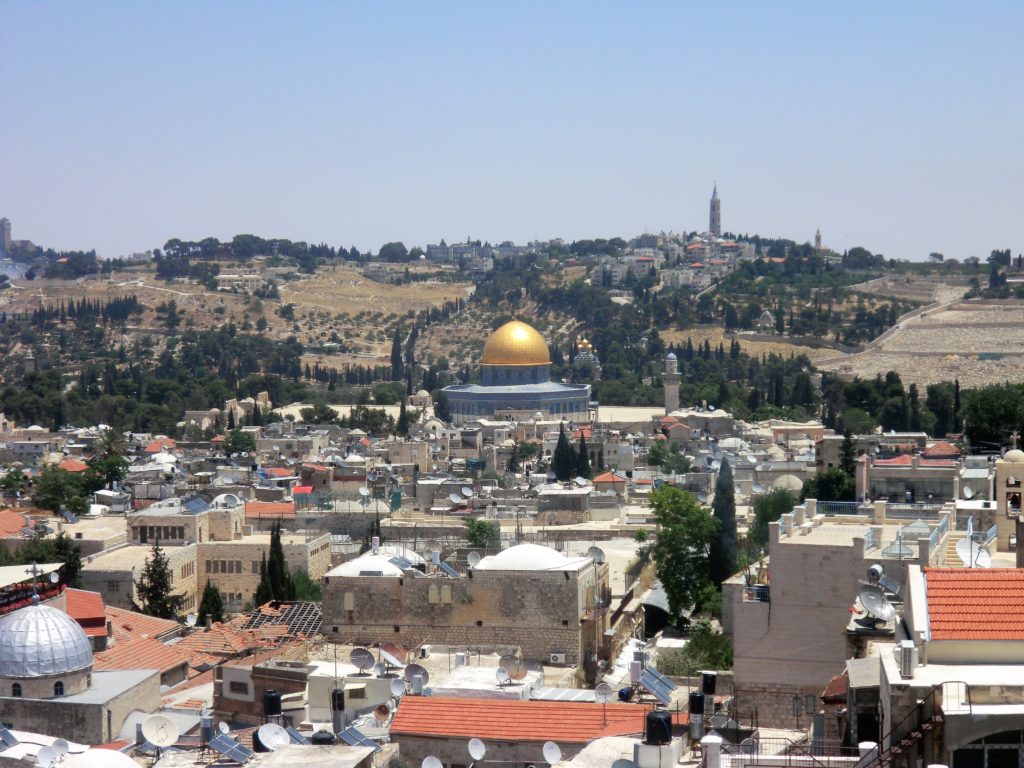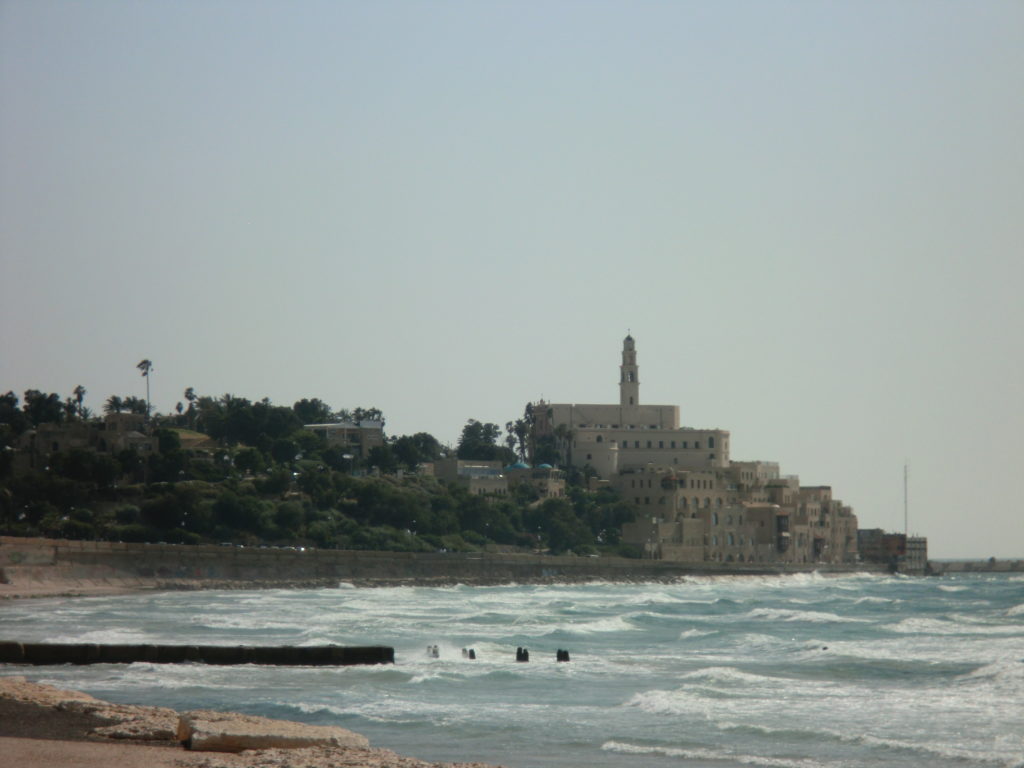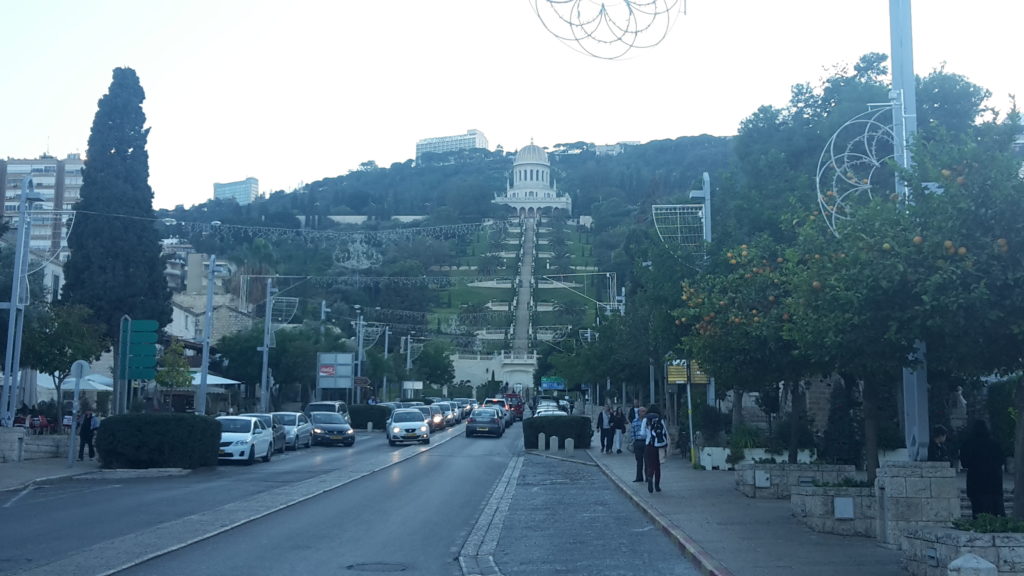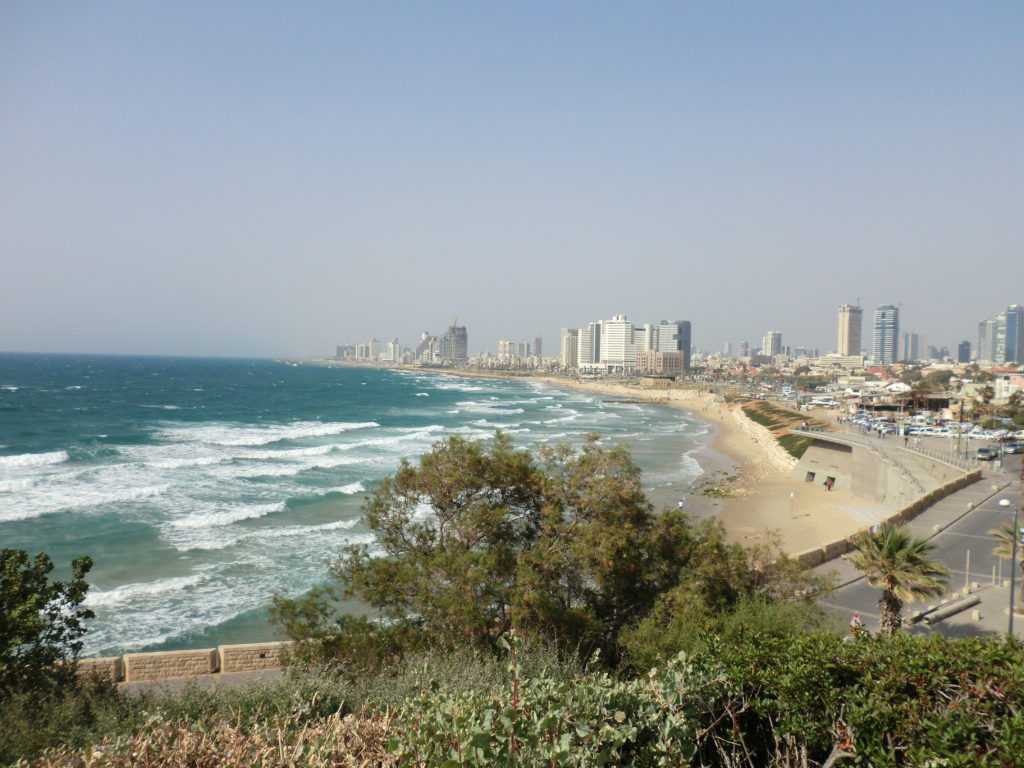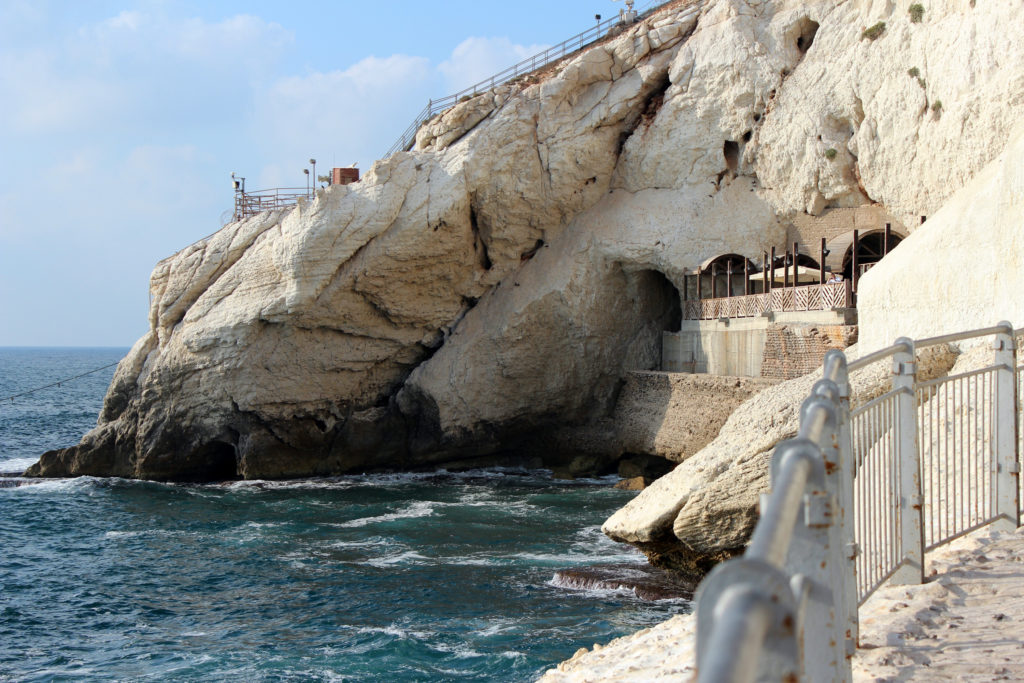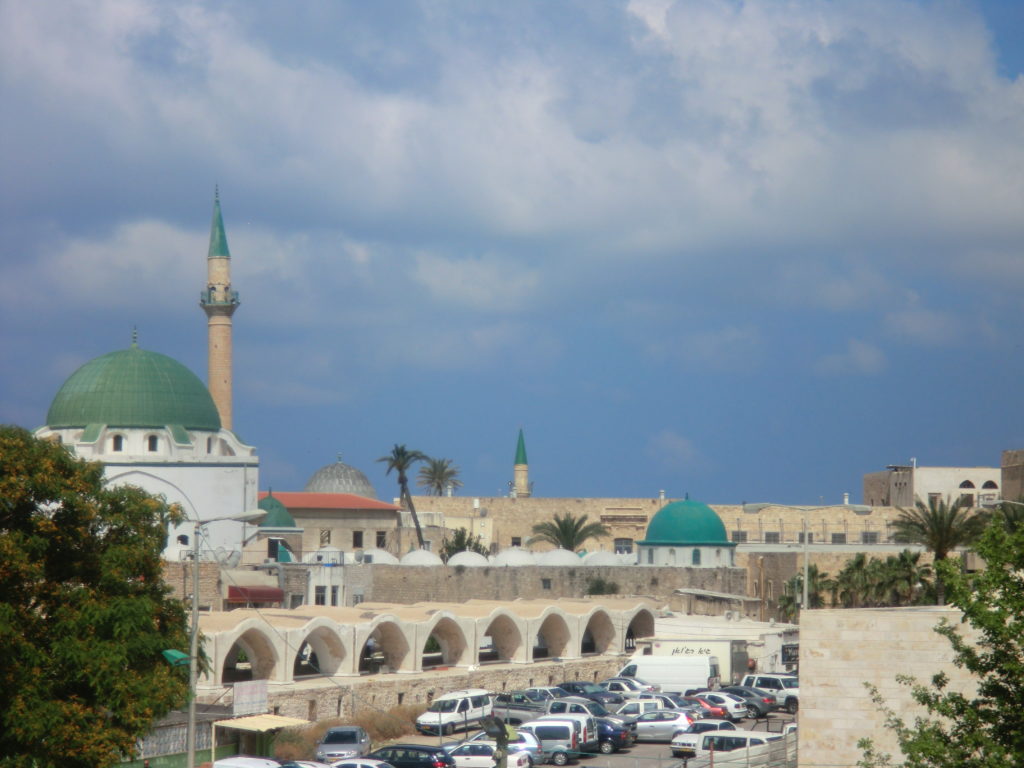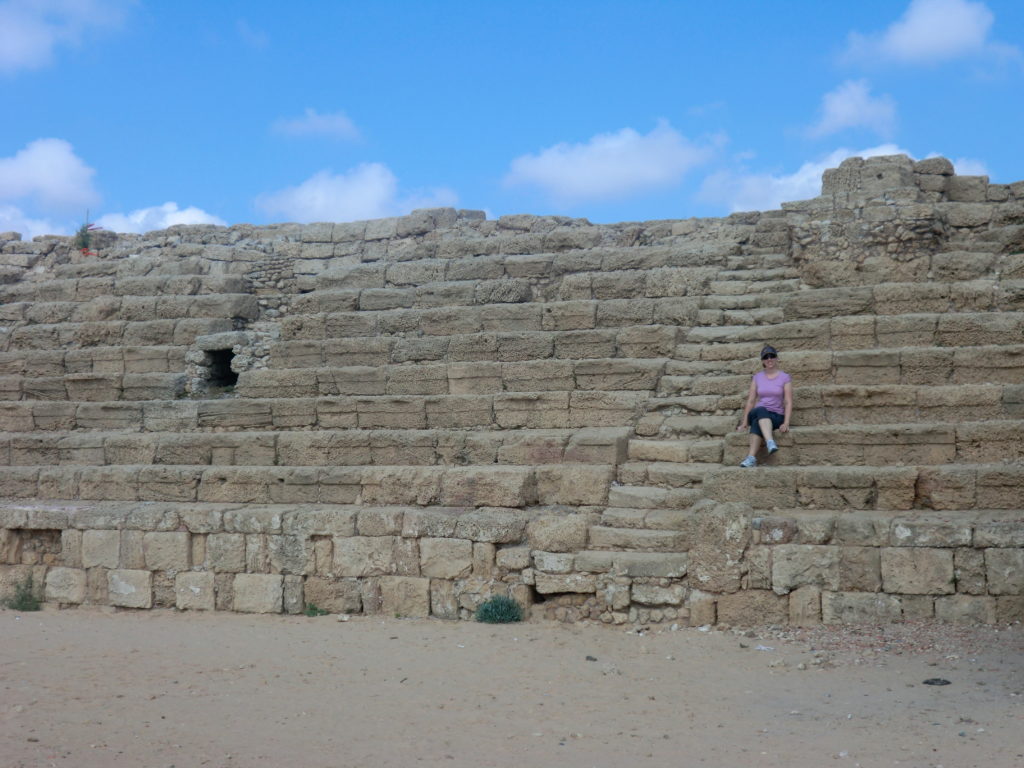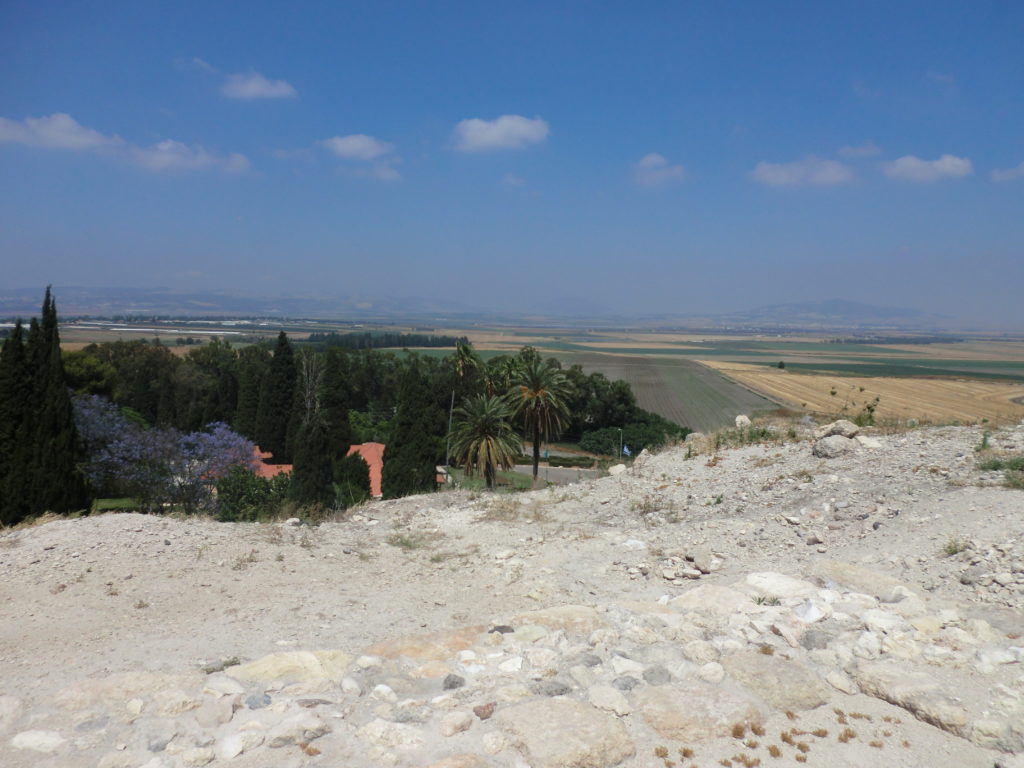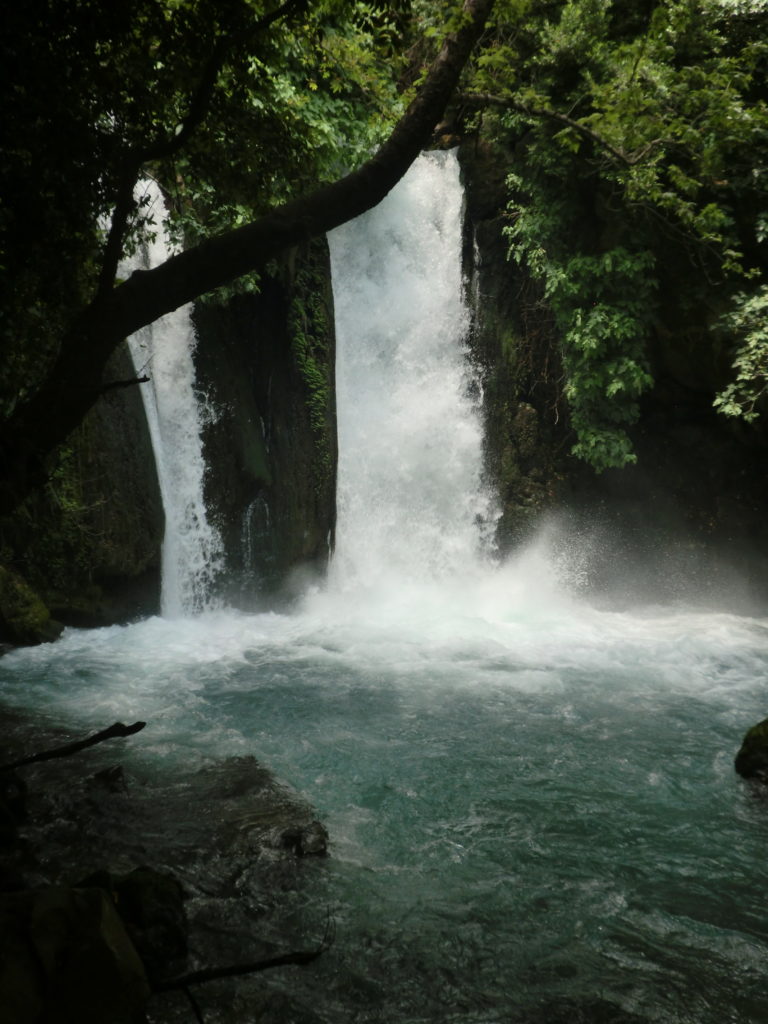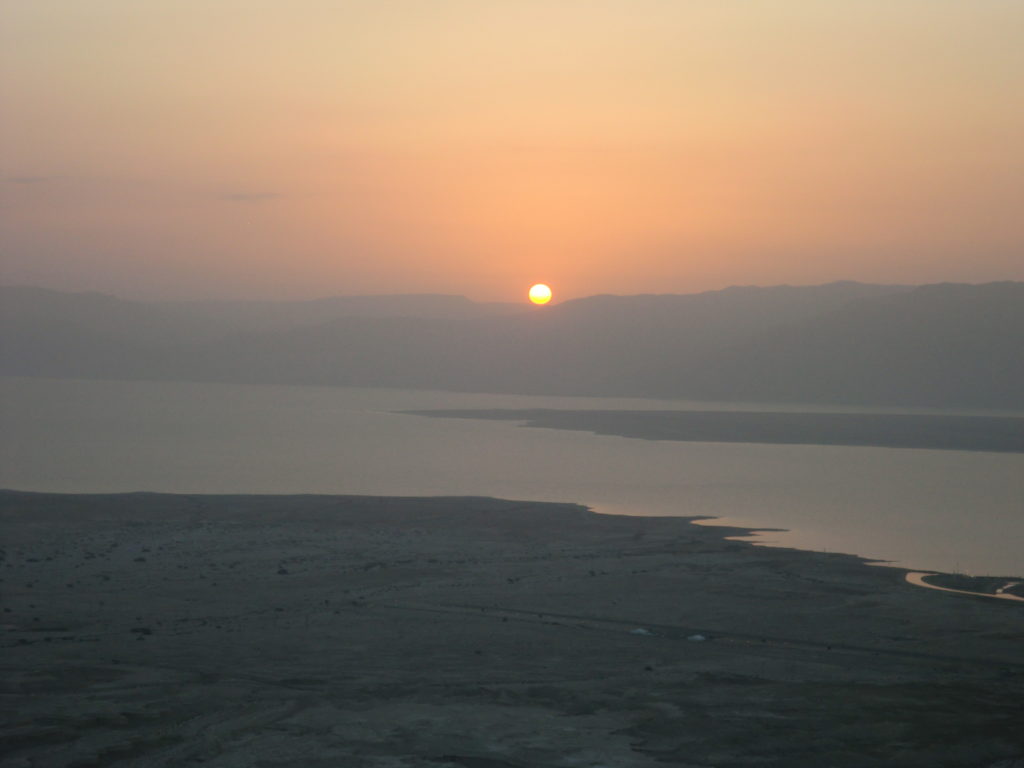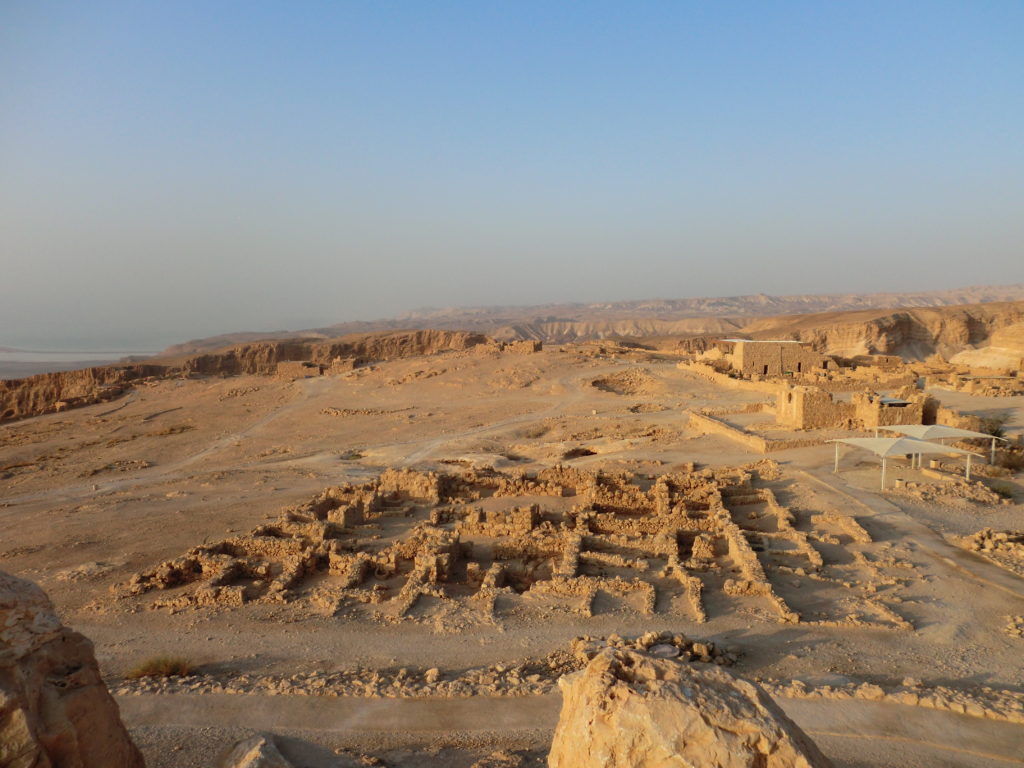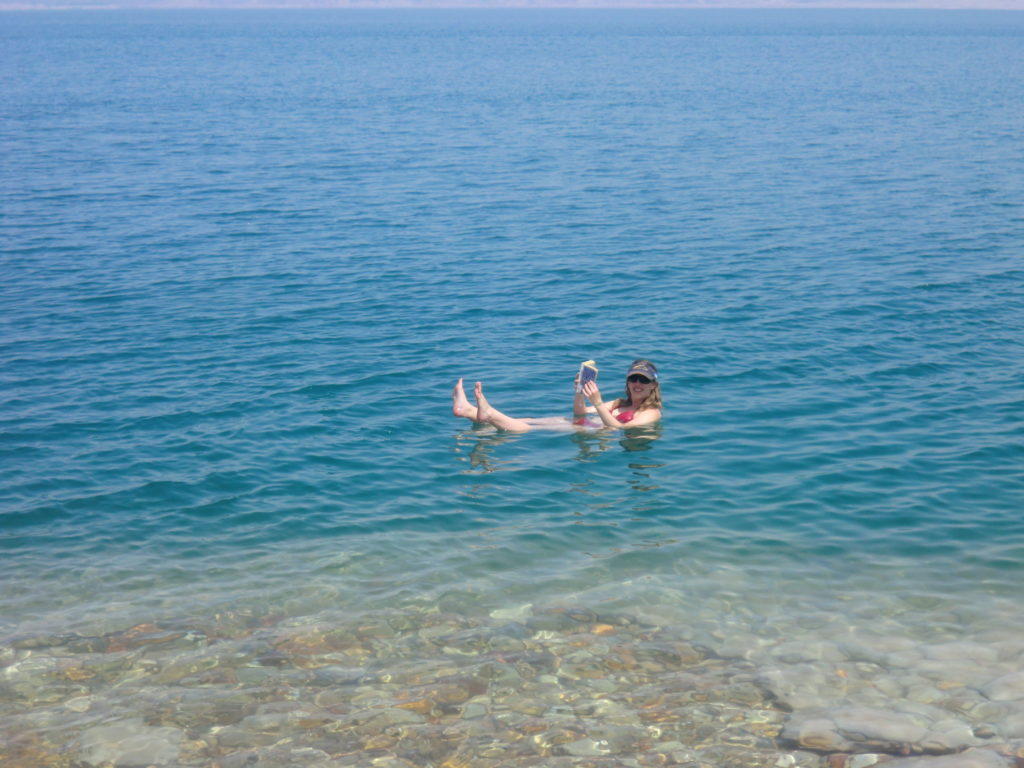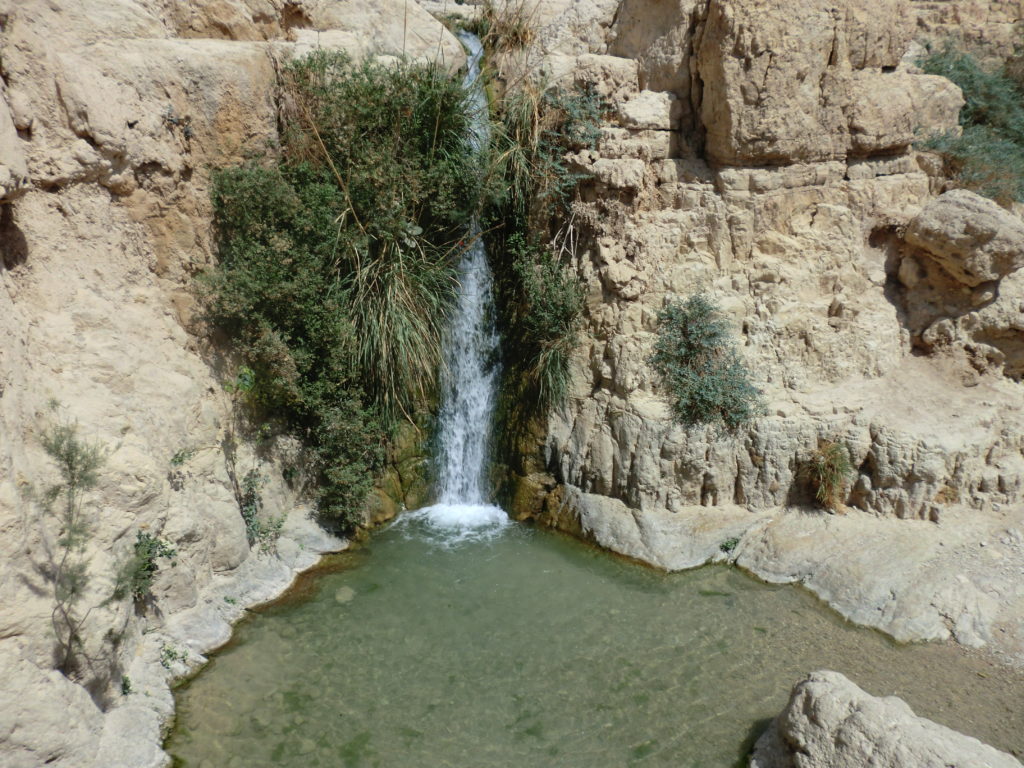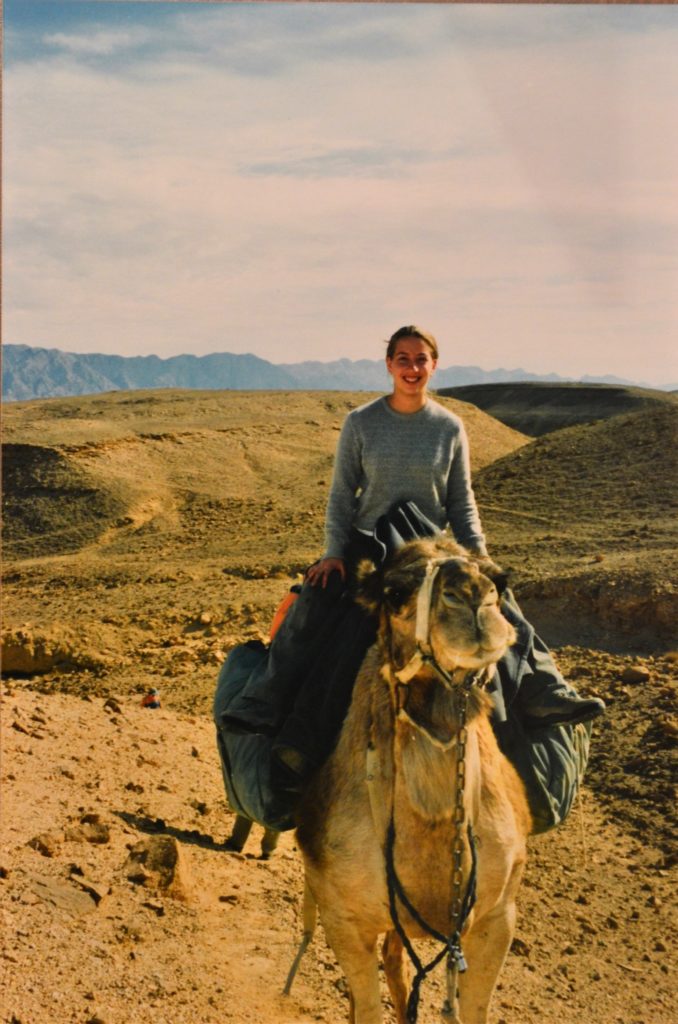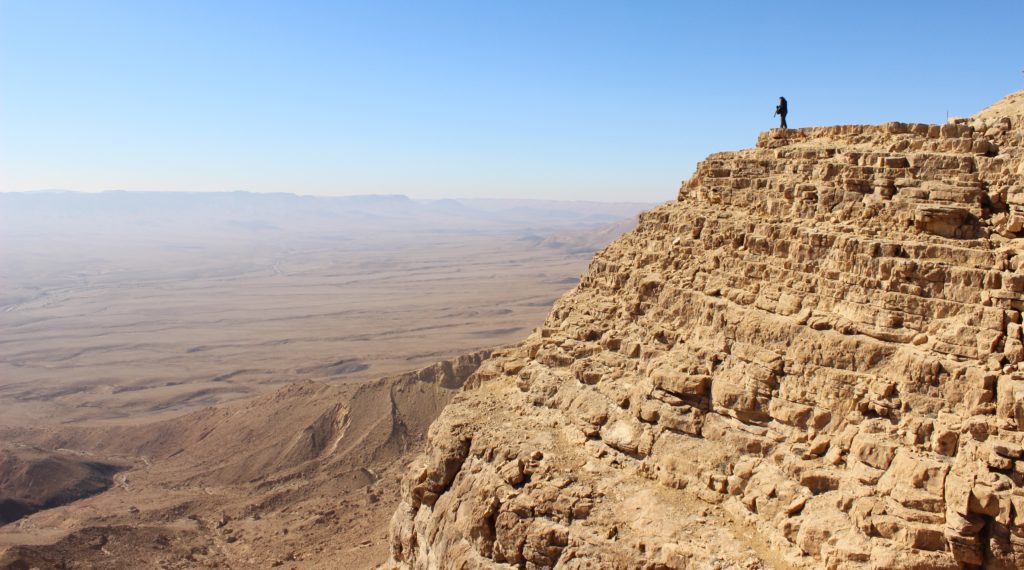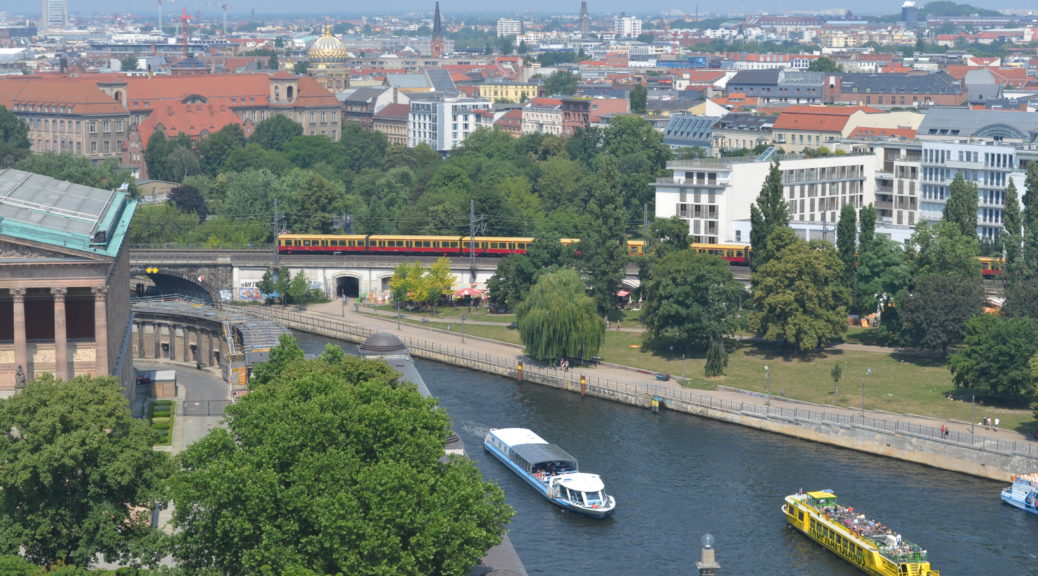
Berlin Cheat Sheet: What to Do & Where to Eat
Impressions
Berlin is very different from other German cities I’ve visited, and at some moments does not feel like Germany at all. It has this young, industrial bustle, is teeming with hipsters, and embraces ethnic food and the latest trends. However, there are still moments when you feel like you could be in any European city and not Berlin specifically: walking along the tree-lined Kurfürstendamm for high-end shopping, or strolling the Alexanderplatz hunting for bargains with the masses at TK Maxx (yes, just like TJ Maxx).
Modern Berlin is a city of contradictions. It is both distinct and anonymous. I’ve heard it compared to Austin, Texas, which is a city in Texas that has such a different flavor than other Texas cities, and sometimes doesn’t feel like Texas. A pretty apt comparison, in fact.

Berlin is both rule-following and rebellious. I was there when Germany beat Slovakia in the Round of 16 of the 2016 Euro Cup. The Germans went wild celebrating in their cars, driving up the main streets with German flags streaming out of the car windows and honking their horns for hours. But the cars also proceeded in a very orderly manner, taking great care not to block the second lane reserved for buses. And while the bus drivers who monitor tickets by hand and the U-bahn and S-bahn run like clockwork, I saw many Germans ignoring the rules – smoking on train platforms and drinking on board.
Oh, and the history. I thought I knew about Berlin during the Cold War, East and West Germany, the Berlin wall. I didn’t realize how much I didn’t know until visiting Berlin. I think I was most surprised by everything I learned about the Berlin wall. I was not alive when it went up, although I remember watching the wall come down on TV. And I even visited the largest (unchanged) section of the Wall outside of Germany in the late 1990s when it was part of an outdoor display of the Newseum in DC. But somehow I managed to escape that time period without a coherent understanding of what the wall was and how it came into being.
The first “wall” was really just a wall of soldiers that appeared overnight in 1961. People went to bed one night with free passage to family and friends in the other sectors of Berlin, and woke up to a human barrier around East Berlin that was already in the process of being converted into a physical wall.
For me, understanding the suddenness of the shift helped to explain some of the desperation I read and heard about the various escape attempts from East to West Berlin: the twenty-something student who wanted to reunite with his parents, the 80-year old woman who wanted to join her daughter. Both perished in their attempts. Or the East German border guard who jumped the wall in the early days when it was just a bunch of barbed wire, captured in this iconic photograph. Although Conrad Schumann escaped to freedom, his defection haunted him throughout his life and he committed suicide nearly a decade after the fall of the Berlin wall.
Things to Do
As you can tell, the history of Berlin really captivated me. See below for my top picks for what to do during your visit (in order of preferene within each section):
Around Town
Walking Tour
There is so much to see and history to take in, so I found it hugely helpful to have a walking tour to orient me and explain the major sites on my first afternoon. I did a tour with Original Berlin Walks that I thought was fabulous (and did not require an advance reservation, which was a plus), although there are other highly-rated walking tours available.
TIP! The walking tours that have Western meeting points typically are listed 30-minutes sooner than the Easten meeting point because you spend the first half-hour traveling east together. Unless you’re nervous, about finding the spot for yourself, arrange your itinerary for the day to arrive at the eastern meeting point at the appointed time.
TIP! While there is a small discount for booking online in advance, there is an even bigger discount if you have the Berlin Welcome Card, and pay in person on the day.
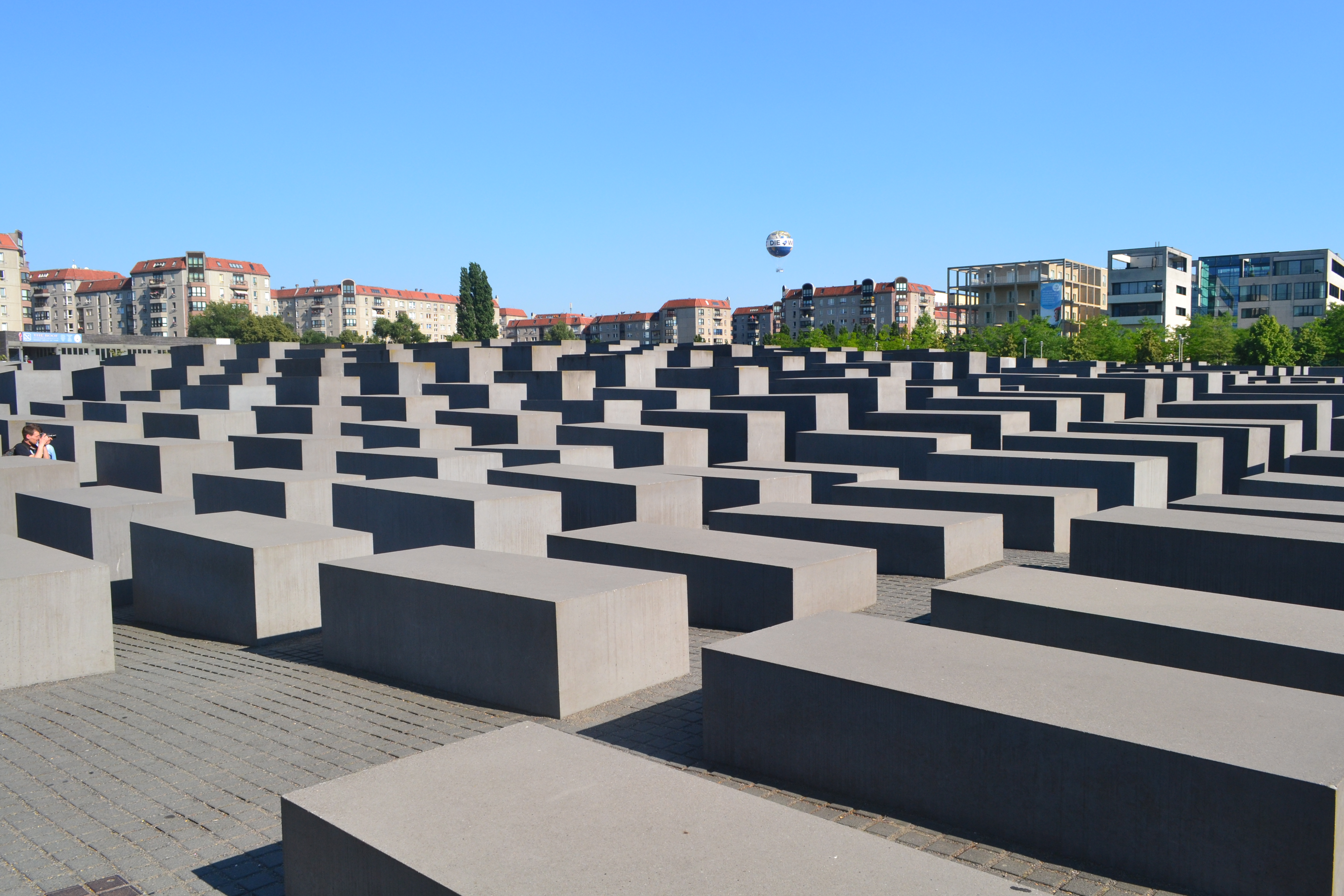
Holocaust memorial
This is an outdoor memorial, which I recommend experiencing first-hand, and there is also a museum on site that does a good job of conveying information in a way that makes you think, even if you’ve been to other Holocaust memorials or museums.
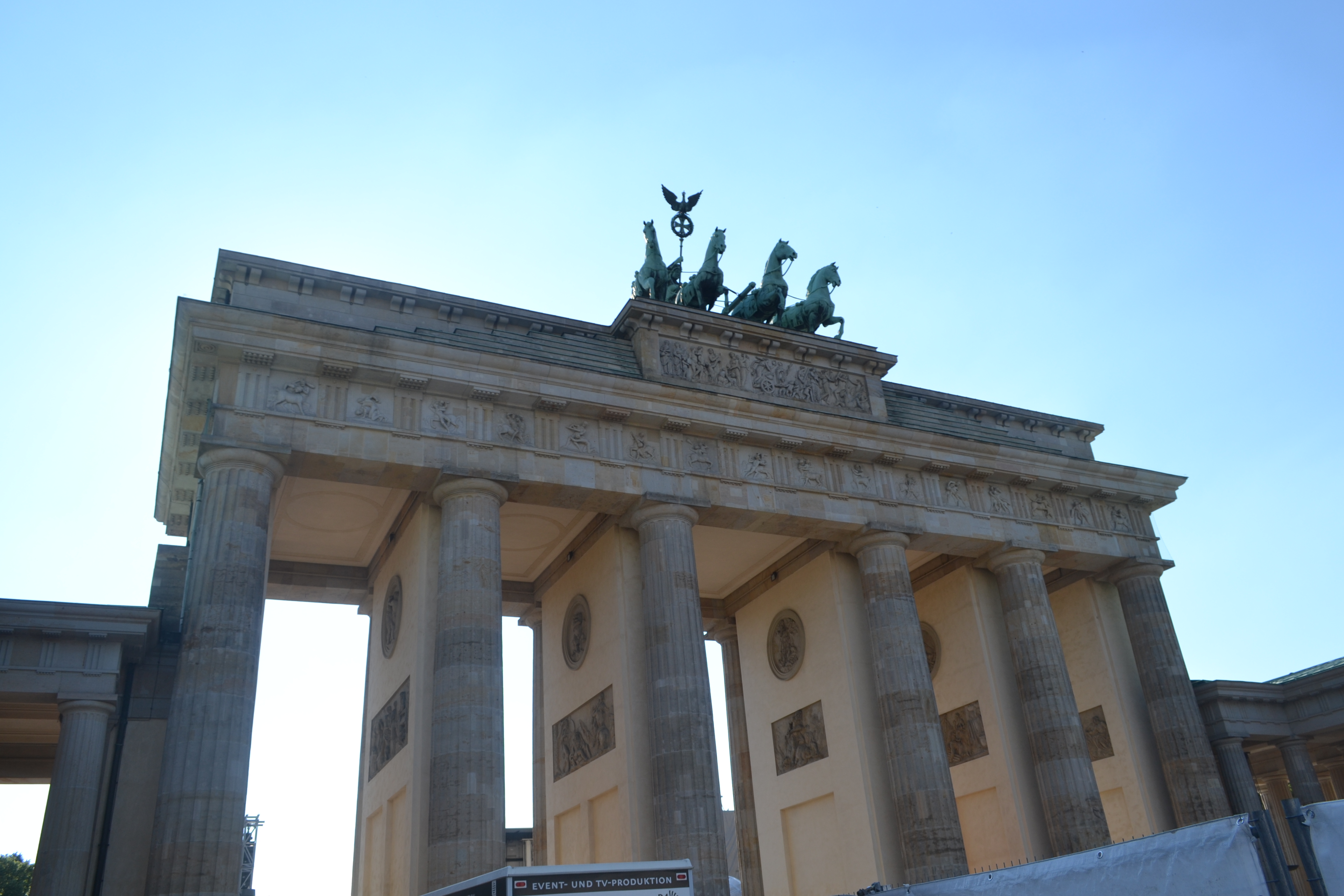
Brandenburg gate
Icon of the city, and even more special to be able to visit it today since it was inaccessible while the Berlin Wall stood. You are likely to come across this during your visit, even if you do not actively seek it out.
Jüdisches Museum
Different from the museum at the Holocaust memorial, because it gives a window into Jewish life in Germany both before and after. Famous architect Daniel Libeskind designed some of the newer sections, and the temporary art exhibit upstairs was also very good when I visited.
Haus am Checkpoint Charlie
This was probably one of the least user-friendly museums I’ve ever visited, because the written materials are written in long-form in four languages and is very hard to follow and glean key details. Despite the super-long blurbs, it is very cool to see the memorabilia that has been accummulated in the private collection, especially of methods people used to escape from East Berlin, from the more well-known car compartments to the more obscure surfboards and hot air balloon.
Checkpoint Charlie
It is cool to see the place where this border crossing once stood, although the current checkpoint is a reproduction. Named “Charlie” because the checkpoints were named consecutively using the phonetic alphabet (Alpha, Bravo, Charlie). This third American checkpoint was the most visible while the Wall still stood.
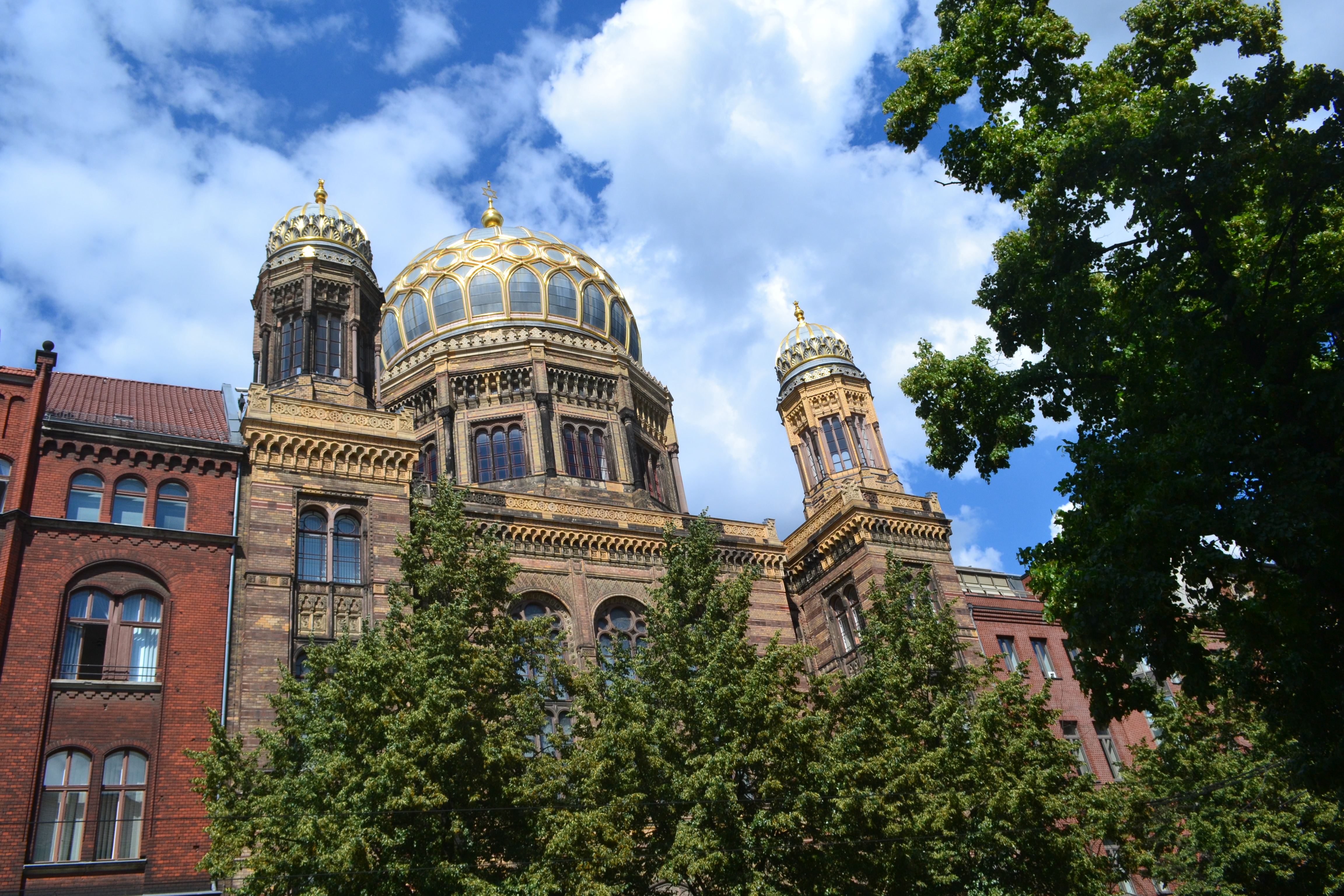
Neue Synagoge
Although this was once the main synagogue in Berlin, it has not been fully reconstructed. It is still stunning from the outside (it is modeled after the Alhambra in Granada, Spain), and has a history of the Berlin Jewish community, including fun tidbits like the “well-known violin concert” given there in 1930 by none other than Albert Einstein.
Off the Beaten Path
Berlin Wall Memorial/Gedenkstatte Beliner Mauer
While there isn’t much of the wall itself left at this site, there is a moving set of poles marking the location of what by the end of its time was a much more elaborate barricade between East and West Berlin. The “Wall” really ended up being two different walls with empty space in between called “the death strip,” and this memorial marks many of the successful and failed attempts for those in East Berlin to escape. This is an open-air exhibit which will take you several hours to walk through and absorb the thorough written, audio, and video descriptions of this section of the wall. Most surprising to me was seeing a photo from when Martin Luther King Jr. visited the Berlin wall in the mid-1960s, even giving a speech on both sides of the wall. There is also a whole exhibit inside the local S-bahn Nordbahnhof stop about what happened to the metro system when the wall was up.
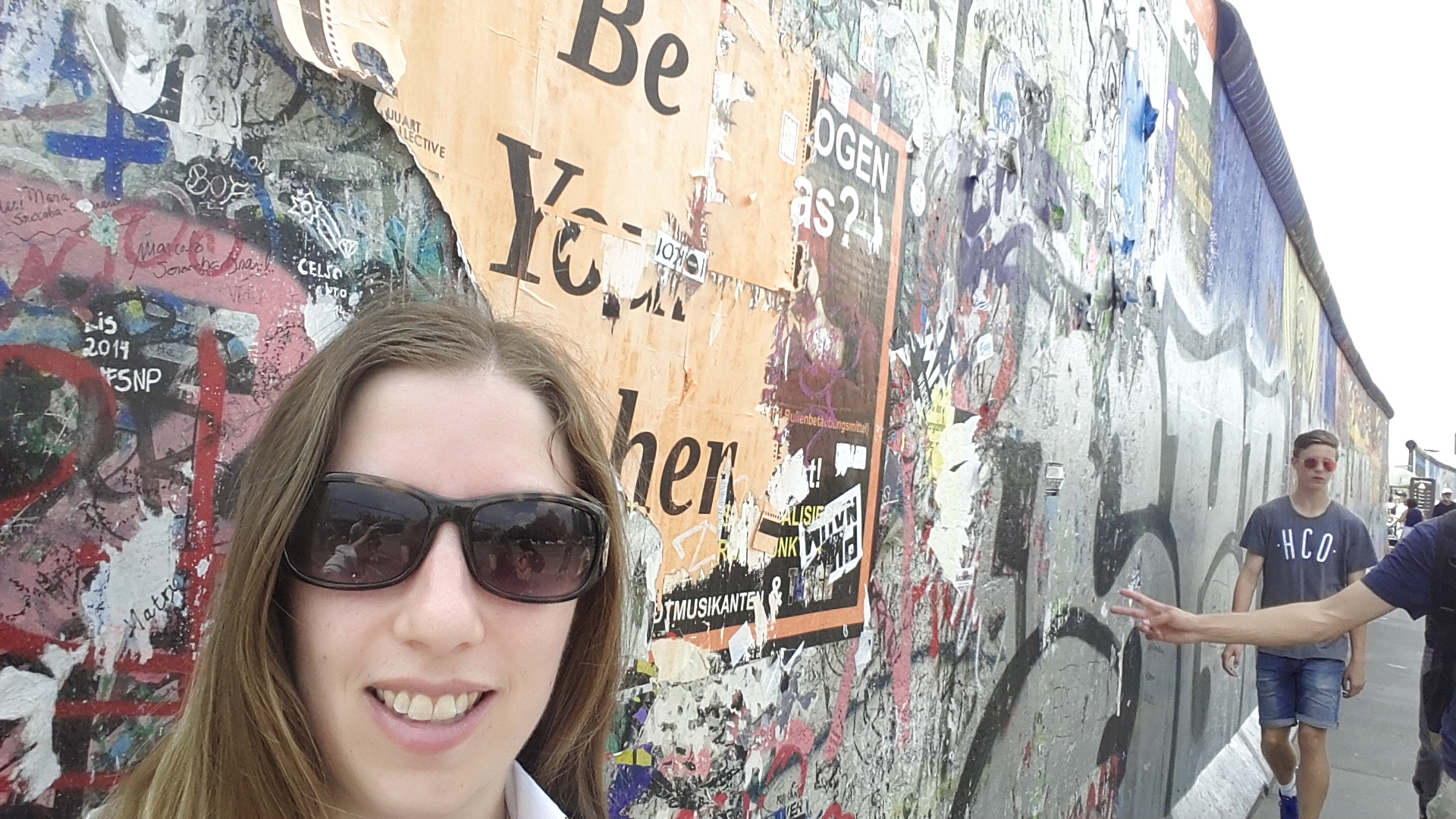
East Side Gallery
This is an open-air exhibit of a very long section of the Berlin Wall that has been thoughtfully decorated by artists from around the world. Worth a trip, and you can visit at any time of day. Check out this Photo Gallery of some of the most interesting sections.
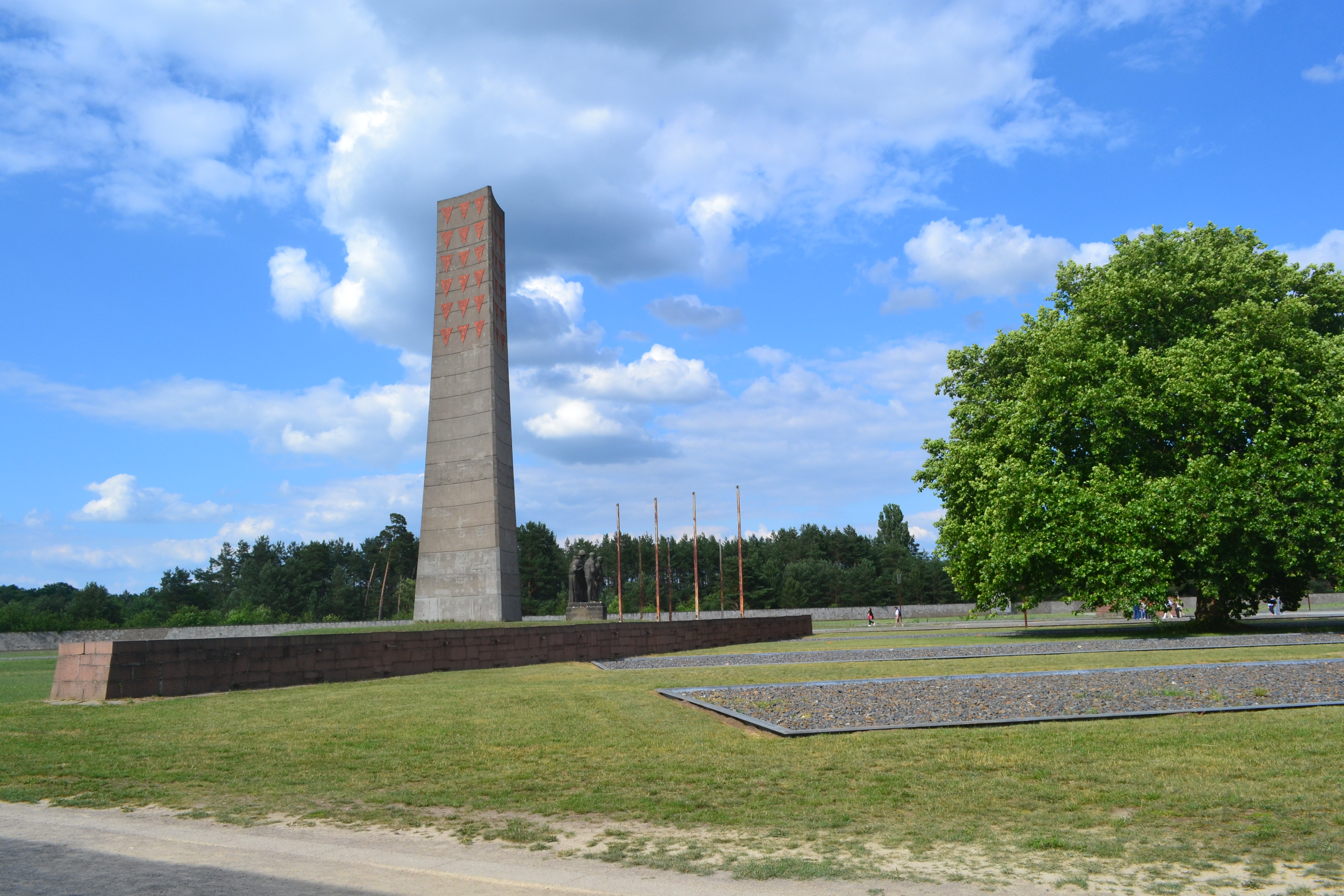
Sachsenhausen
This concentration camp is accessible by train from the city center, although it takes a while to reach. There are tours available either from Berlin or on site, although I found the audio guide quite useful during my visit. An important part of German history that I found very moving to see first-hand.
Amazing views
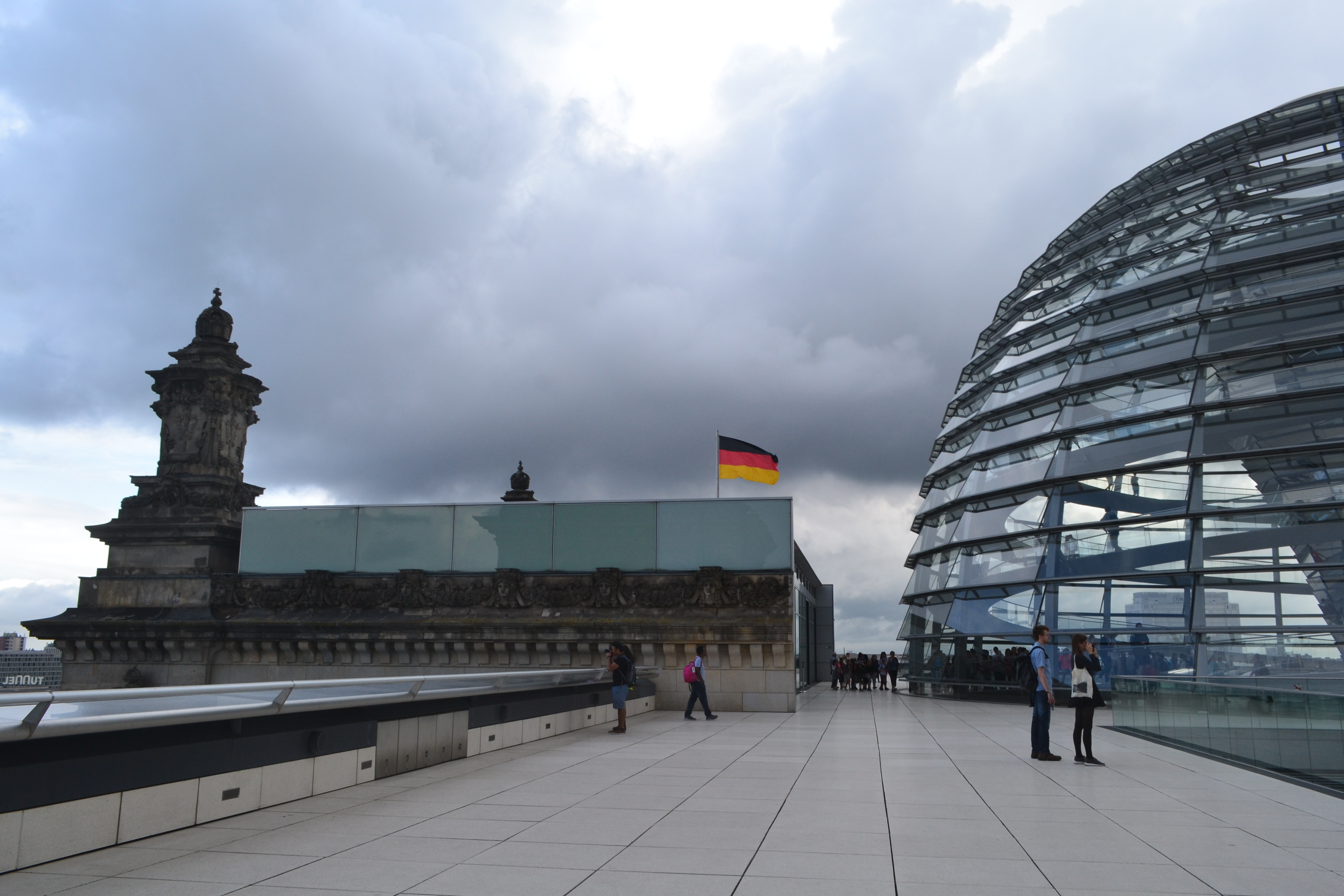
Reichstag Dome
This iconic building that houses the German Parliament has a glass dome with an inclined ramp that is free to visit for expansive views of Berlin, although it does require advance registration. If you are booking early enough, there is the possibility of registering on-line, and guided tour registration may also be available online if you visit when Parliament is not in session.
TIP! If, like me, you are planning last-minute, you can register in person for the same day or next day in-person from 8am. While there is a small line right at 8am, by 8:20am or so there was no wait (and it can be up to an hour wait or more in the afternoon). Be sure to bring your passport or European ID card to sign up, they let in 100 people per hour.
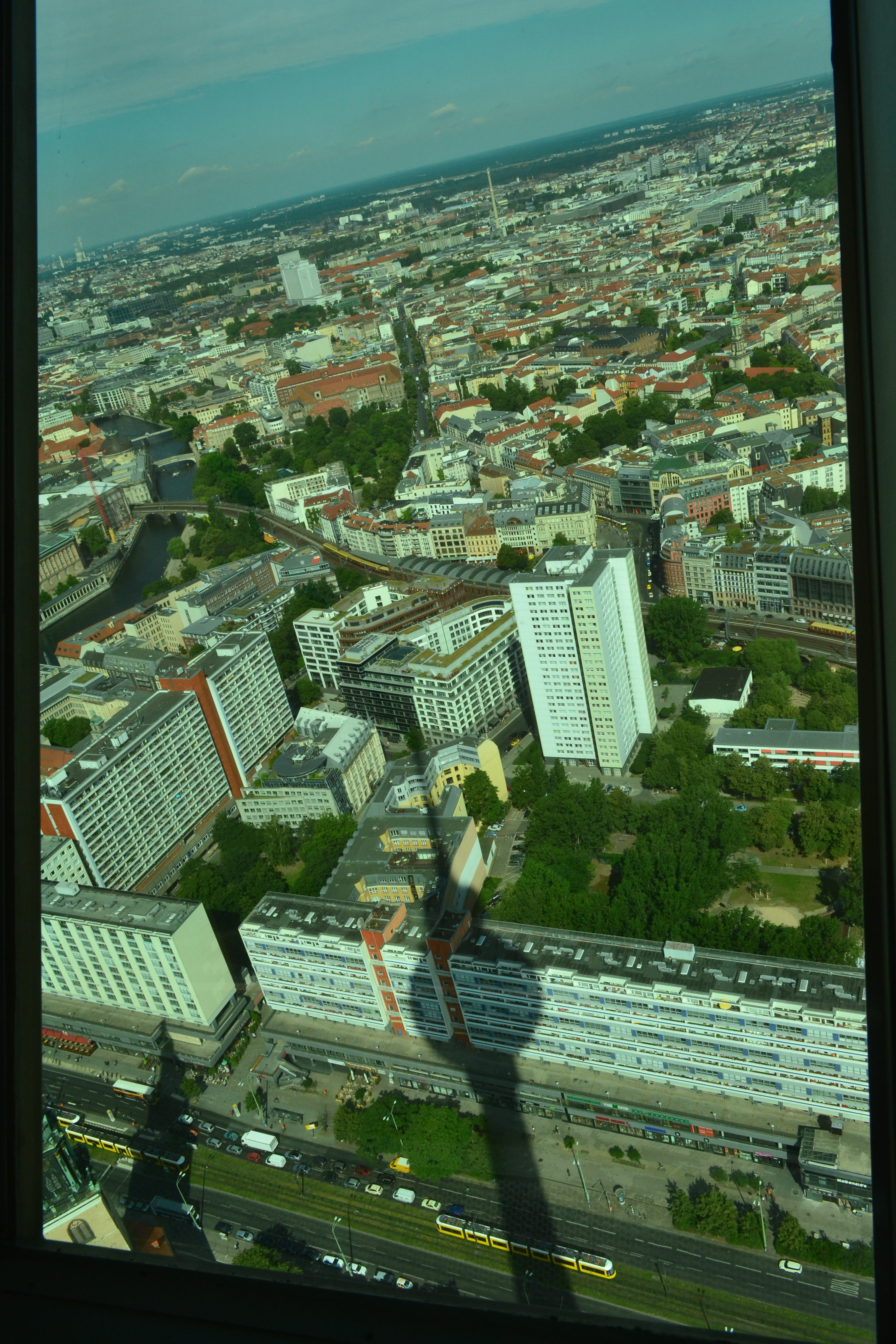
Fernsehturm (the TV tower)
You can buy an early-bird ticket, or just go on the early side to beat lines (and you’ll still get discounted admission if you have the Berlin Welcome Card). There is an indoor viewing window where you can walk around at your leisure and appreciate a fairly high-altitude view of all corners of the city. Like with the Reichstag Dome in-person ticket purchase, after the first 20-30 minutes of opening, you can get in without waiting.
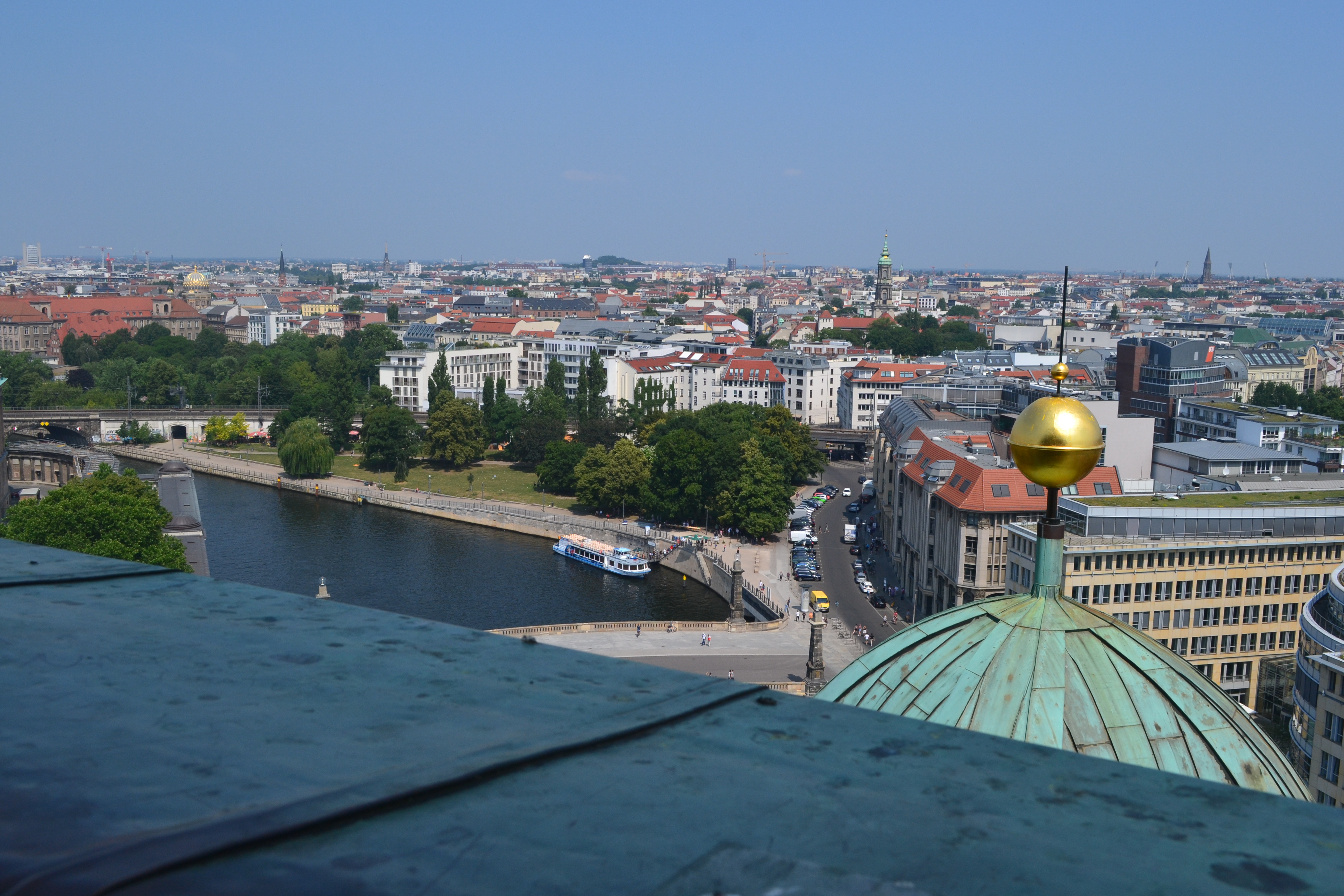
Berliner Dom
The Berlin cathedral is lovely to visit and in addition to housing some exhibitions and a crypt, there is also the option (which I recommend!) of climbing several hundred stairs to get up to the walkway outside of the dome for 360-degree views of the city and some exhilirating fresh air.
Best Bites
I ate really well in Berlin. Like, really well. And I don’t say that lightly. While I sampled my fair share of ethnic food, my best bites (breakfast aside) were mostly the local specialties:
Best Breakfasts
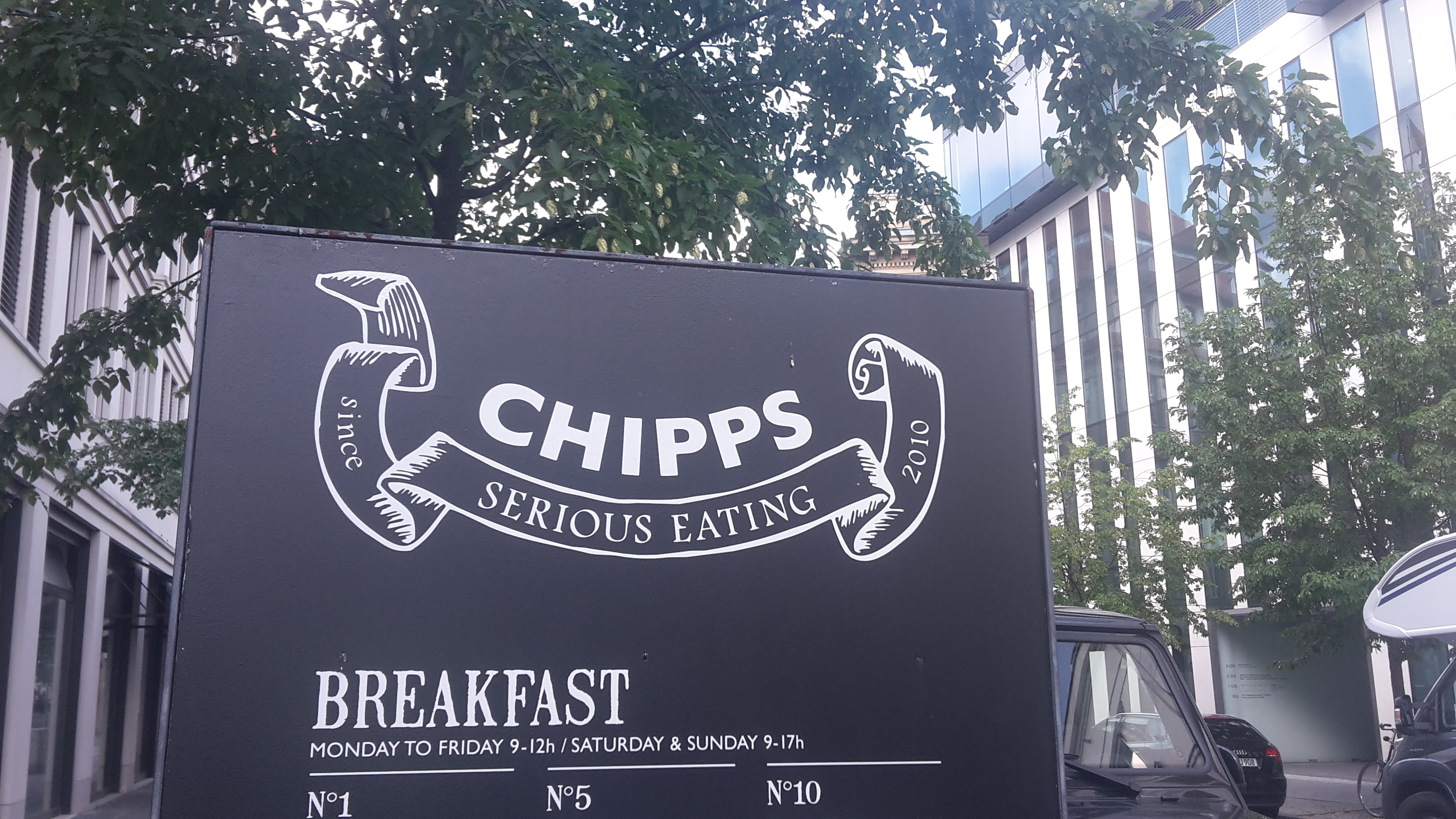
-
Chipps
Chipps serves a variety of large portion breakfasts meant for people with appetites (like me), although there is the usual selection of pastries and yogurts for those looking for a more minimal meal. There >is also a vegan option for the bacon and sausage that accompanies some of the dishes, plus nice coffee and fresh juice options.
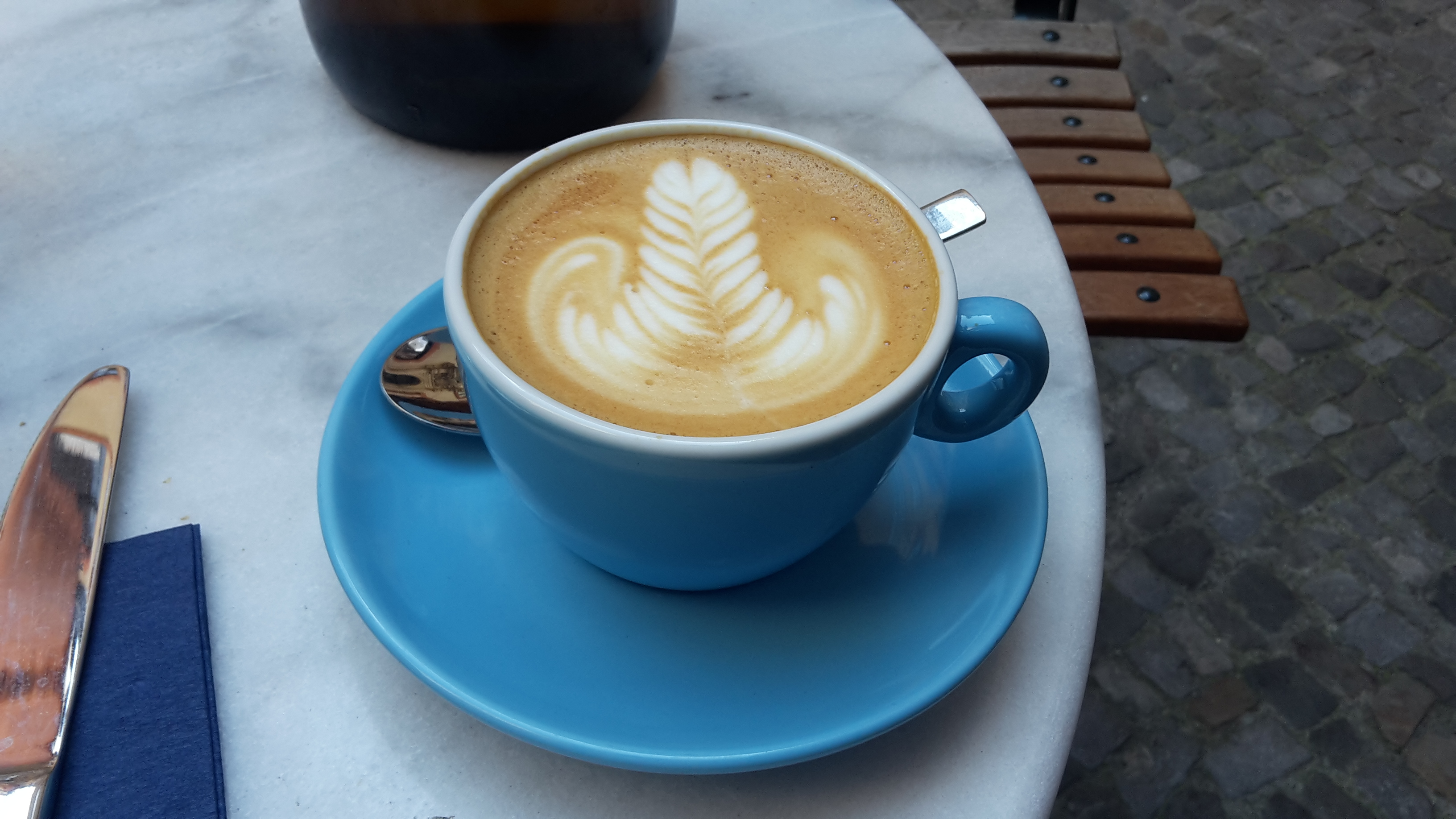
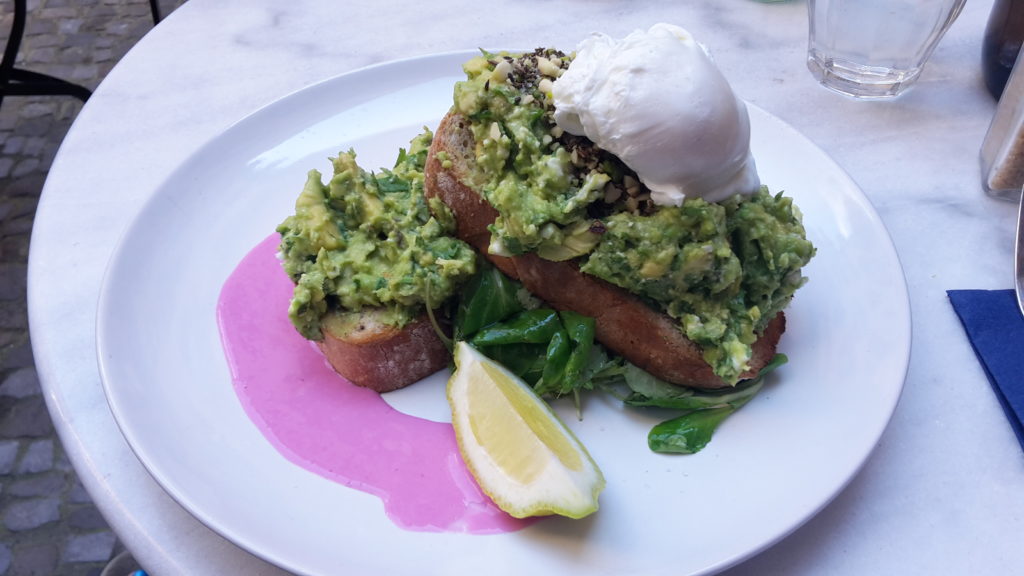
-
Father Carpenter Coffee Brewers
I had a wonderful Australian-style breakfast here – a flat white coffee drink with perfectly-seasoned avocado toast, and I got the addition of a poached egg. The pastries looked great as well, and while very centrally located, Father Carpenter’s is in a quaint courtyard with outdoor seating as well as the space indoors.
Best Street Food
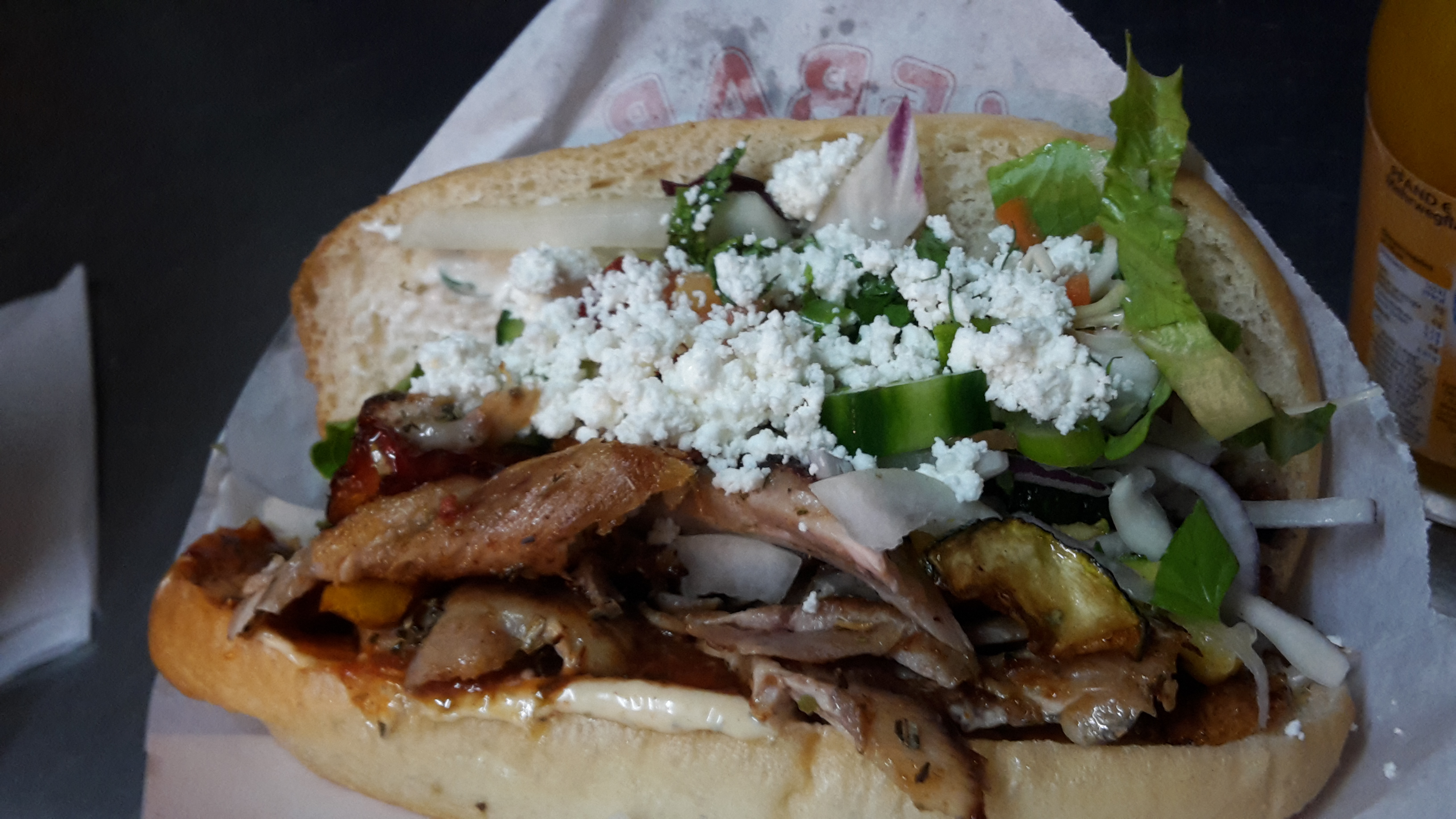
- Mustafa’s Gemüse Kebap This is *the* place for kebap, a very popular street food in Berlin. I got the “usual” version here, which comes with chicken. The bread is toasted perfectly, and the proportion of ingredients was just perfect down to the spray of juice from a lemon wedge to finish. Each kebap is made to order with care, and you will wait accordingly (1 hour when I went, so go early before usual mealtimes if you can). And be sure to go to the original at Mehringdamm, as the two locals I met in line told me that the other outposts closer to the main tourist areas are not as good.
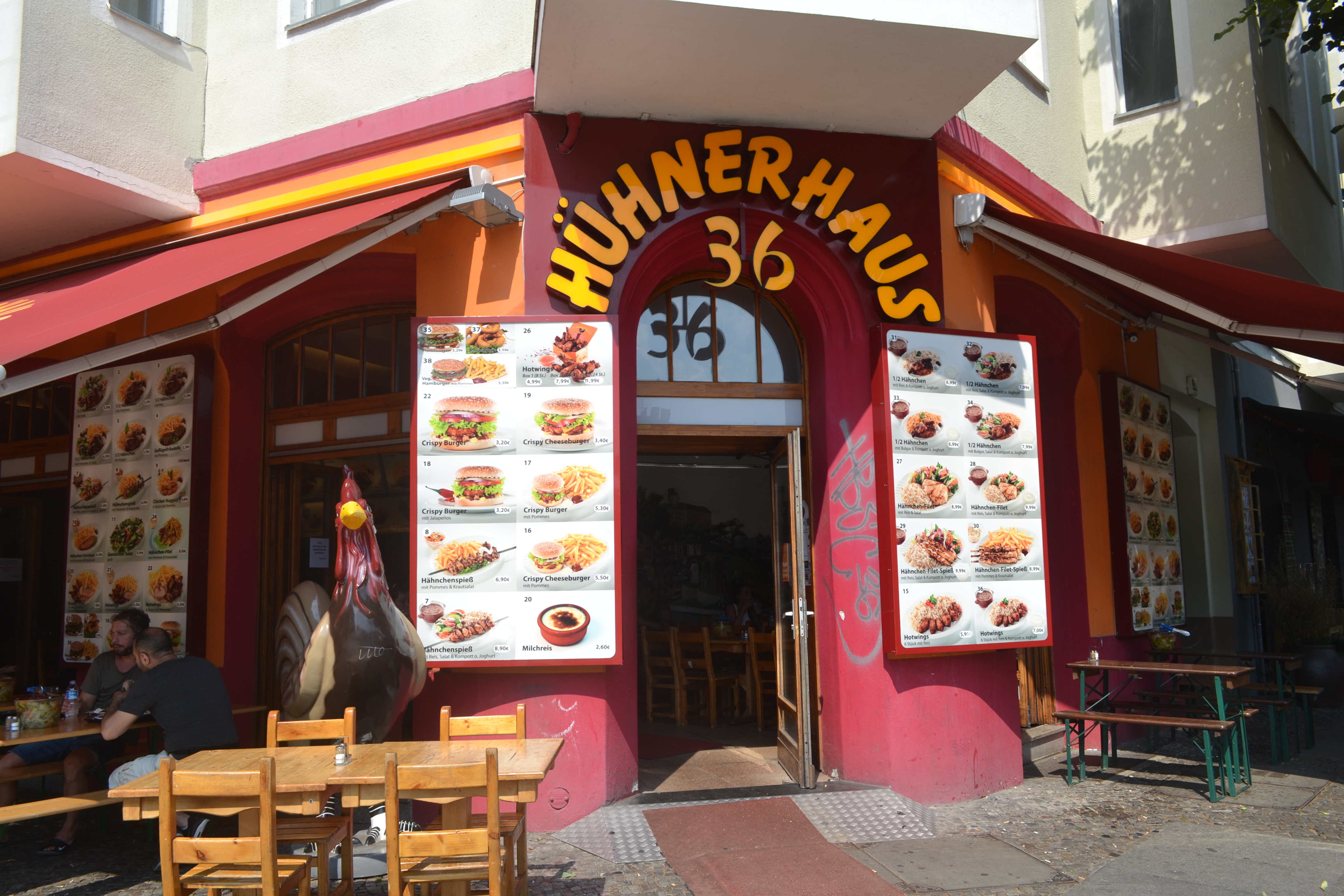
-
Hühnerhaus 36
Serving Berlin’s typical fried chicken, I had a perfectly crispy and flavorful 1/2 hen with the spicy garlic sauce, which also comes with a choice of salad/fries/rice/bulgur. There is the street stand and the sit-down place across the street from each other, and they are Halal. This place is off the beaten path, although not terribly far from the East Side Gallery.
Best German food
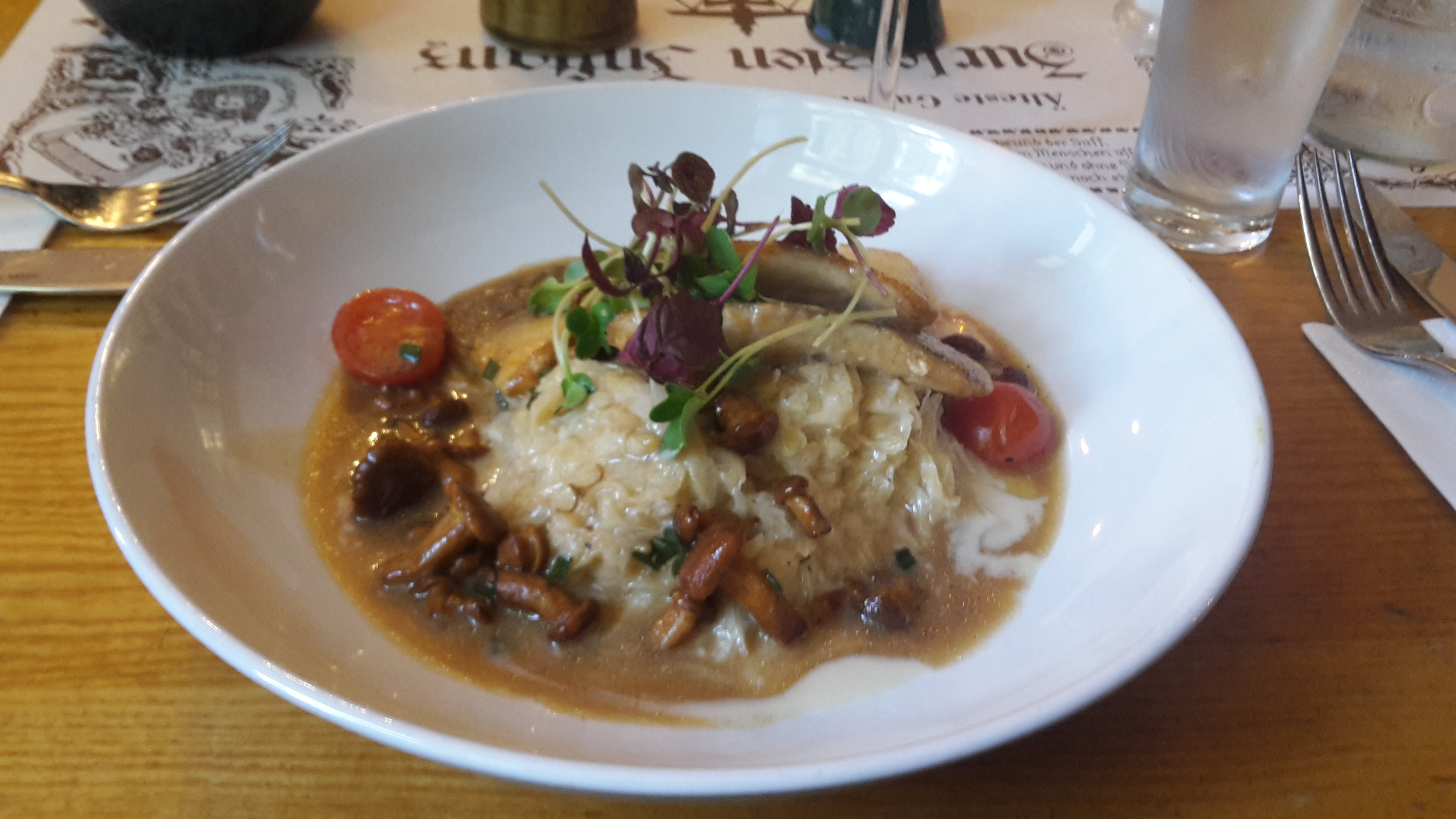
-
Zur Letzten Instanz
One of the 10 oldest restaurants in the world (it is rumored that Napoleon ate here once), they have been satisfying hungry customers since 1621! But don’t come only for the history, this place serves up typical German fare done well. I don’t eat pork so I ordered the one fish dish on the menu, which was just phenomenal and came with the best sauerkraut of my life. And it wasn’t very crowded for lunch on a Friday.

-
Marjellchen
Although reservations are recommended, I didn’t reserve, but was able to eat at the bar. This is another spot with great typical German dishes. To drink, this is a great spot to sample the local specialty: Berliner Weisse beer “mit schuss,” with rot (red – raspberry) or grün (green – woodruff) syrup.
Best overall meal
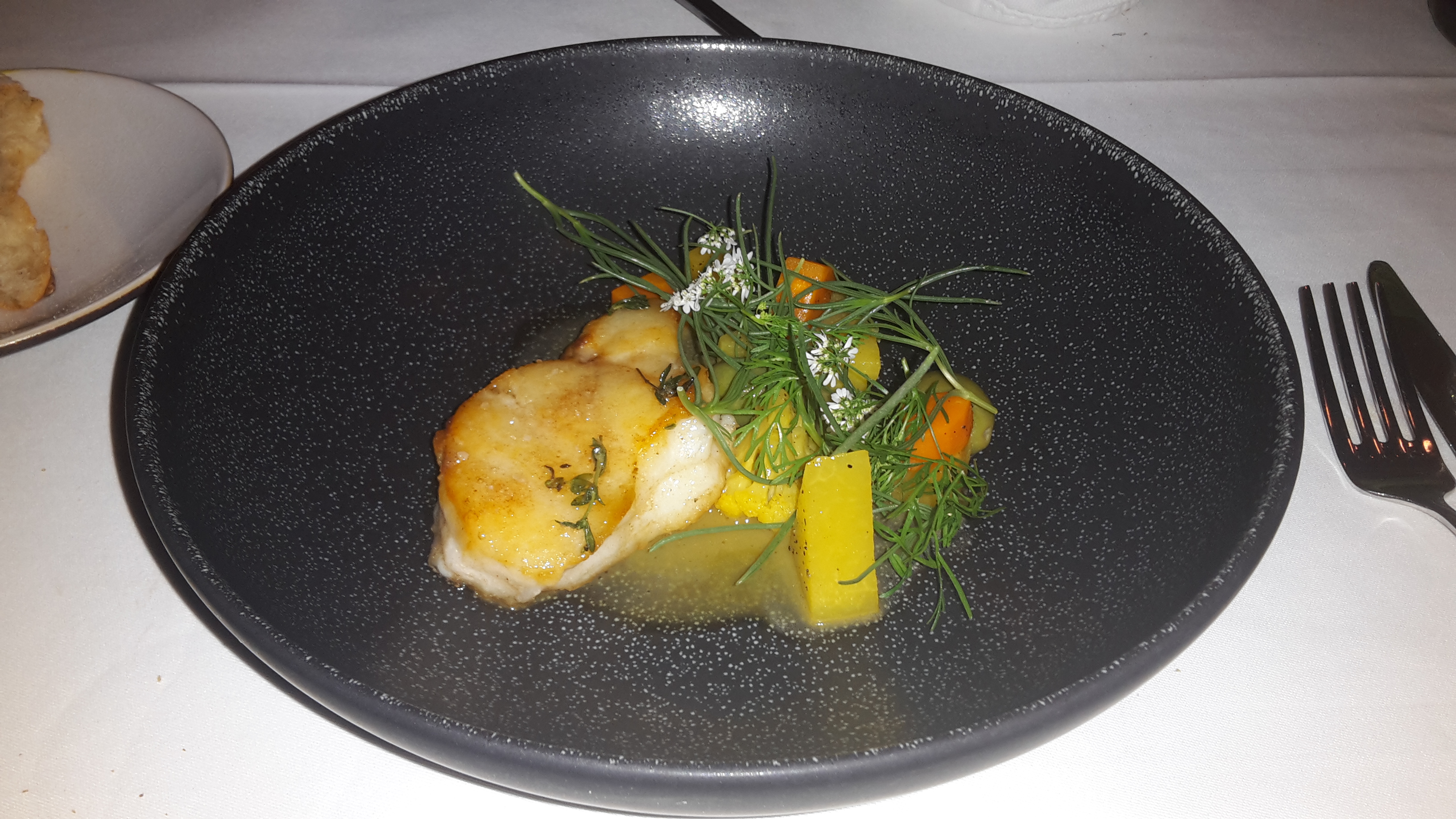
- Restaurant Bieberbau. This was the only restaurant where I made a reservation, since it’s off the beaten path and I didn’t want to arrive and get turned away. They serve high-level cuisine with amazing flavors and textures, but with helpful and friendly service, and incredibly reasonable prices. And it is not pretentious at all – my kind of place. The aperitif special the night I was there was a sparkling riesling with rose syrup and the bread basket came with red wine butter and also curry apple butter, just to give you an idea of the flavor combinations and creativity you’ll experience dining here. And you can get a half glass of wine at exactly half price of a regular one, so I got to have a lot of great sips paired with the various courses. A truly satisfying dining experience.
(More) Practical Tips for Visiting
I’ve included a few practical tips above next to the relevant attraction. Here are a couple more general tips for Berlin:
Berlin Welcome Card
Berlin is huge! It basically developed as two different cities when the wall was up, and then was reunited as one, so there is huge sprawl. Even with unlimited public transit travel, I walked a huge amount each day. I can’t imagine *not* using public transit very heavily as a tourist.
I bought a 5-day Berlin Welcome Card, and found that it was only slightly more expensive than just getting an unlimited transit pass for the same amount of time. Plus, with the Berlin Welcome Card, I received discounts for: my walking tour, going to the top of the Fernsehturm (TV tower), the Jüdisches museum, the Neue Synagogue, and Haus am Checkpoint Charlie.
TIP! You can buy the Berlin Welcome Card ahead of time online.
TIP! If you don’t buy online, there are points of sale for the Berlin Welcome Card at both major airports. And if you buy at the airport, your initial public transit trip into the city will be included. Plus, the line was much shorter to get the Berlin Welcome Card than just a ticket for the bus.
TIP! Know in advance how many days you’d like the pass (2-6 days) and whether you want it for zones A-B for just the city or A-B-C, which includes the periphery like Potsdam.
Get a phone data plan
While I am often an advocate of sticking to WiFi connections and using phone GPS without data for navigating, I found phone data hugely helpful in Berlin. The city is huge, and if nothing else, active data is a helpful tool to navigate efficiently on public transit from one location to another.
Have you visited Berlin before? What was the highlight for you? And what was the most surprising part of its history did you learn during your visit? Tell me more in the Comments below.
Like this post? ‘Pin it’ for later!

